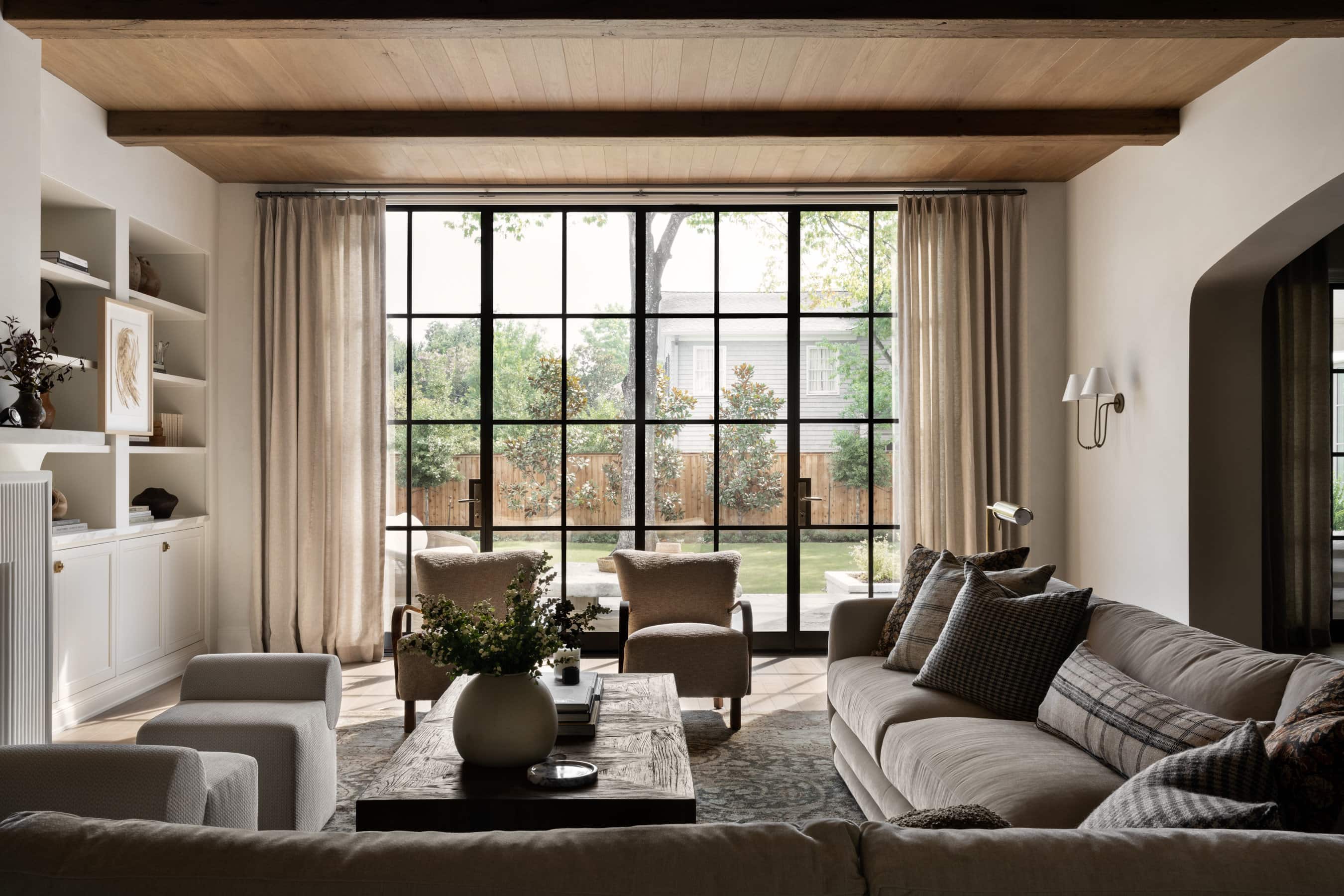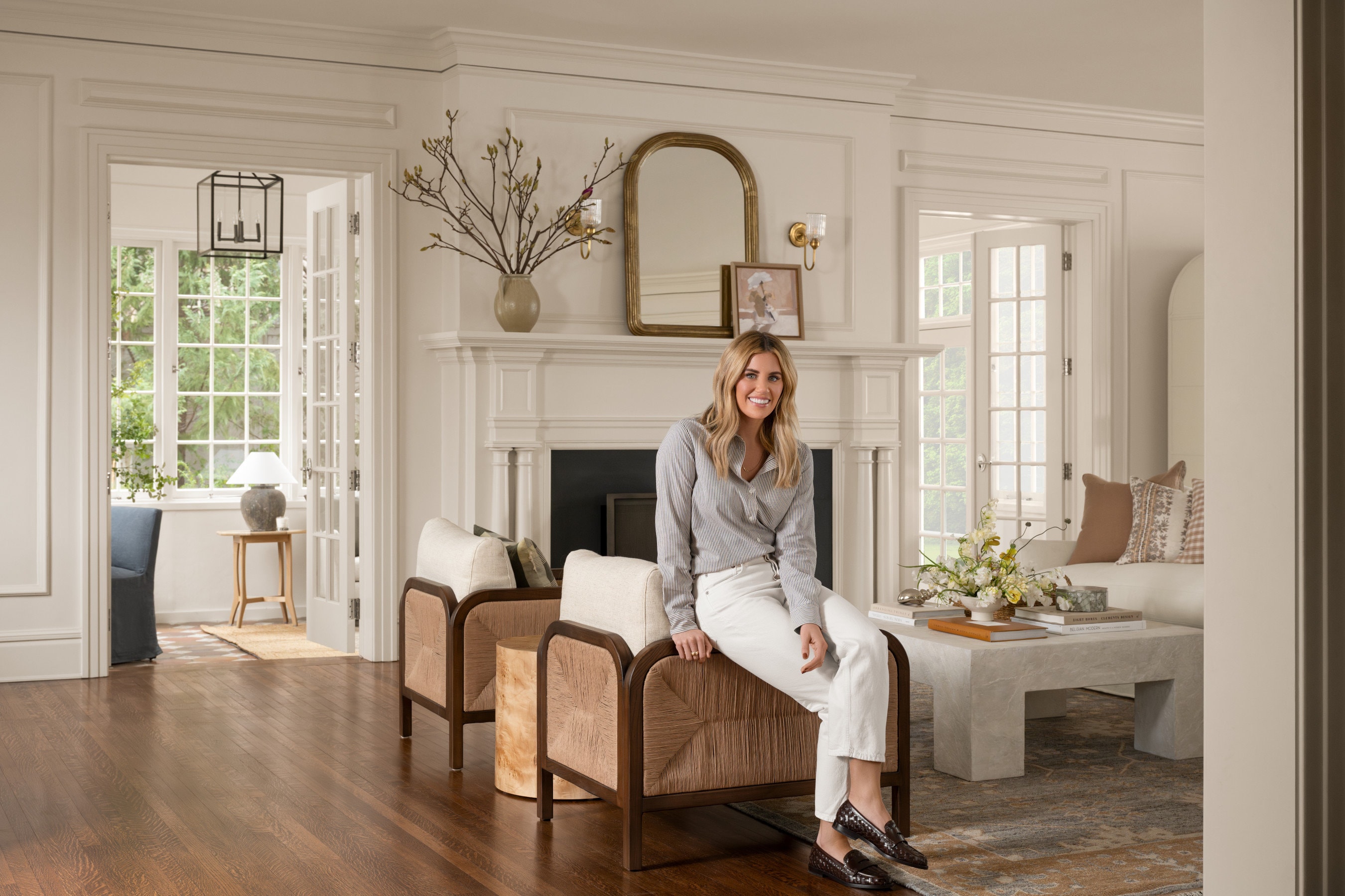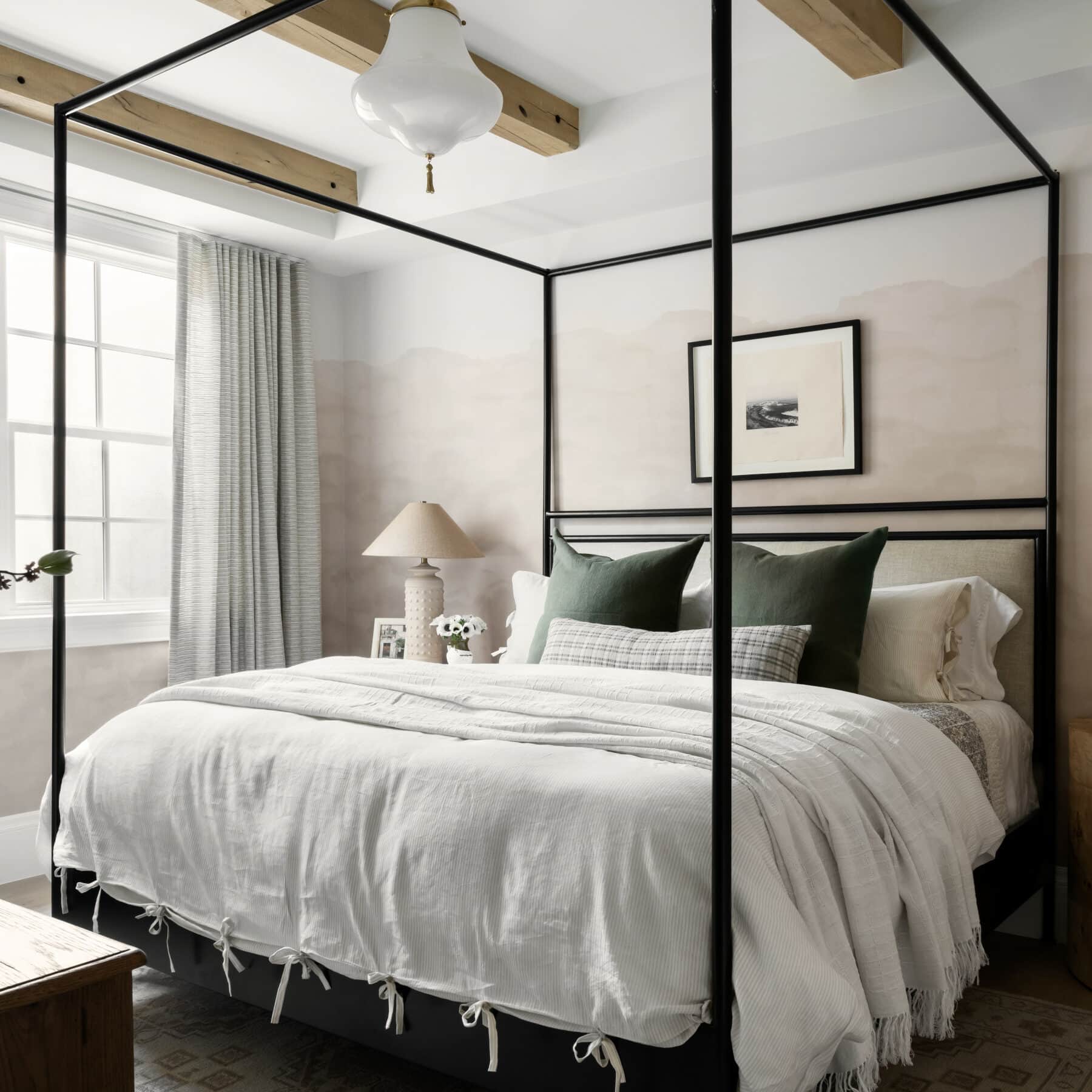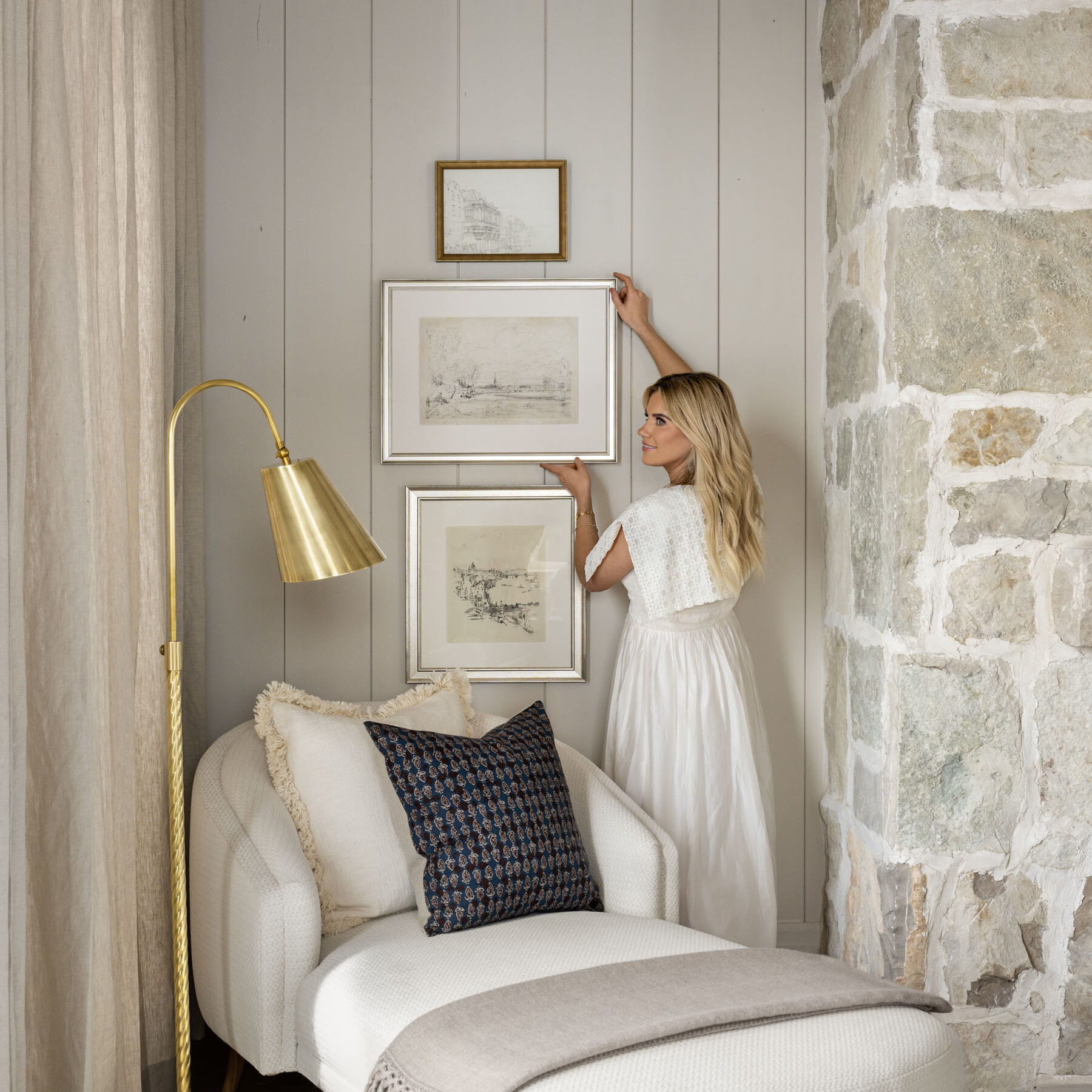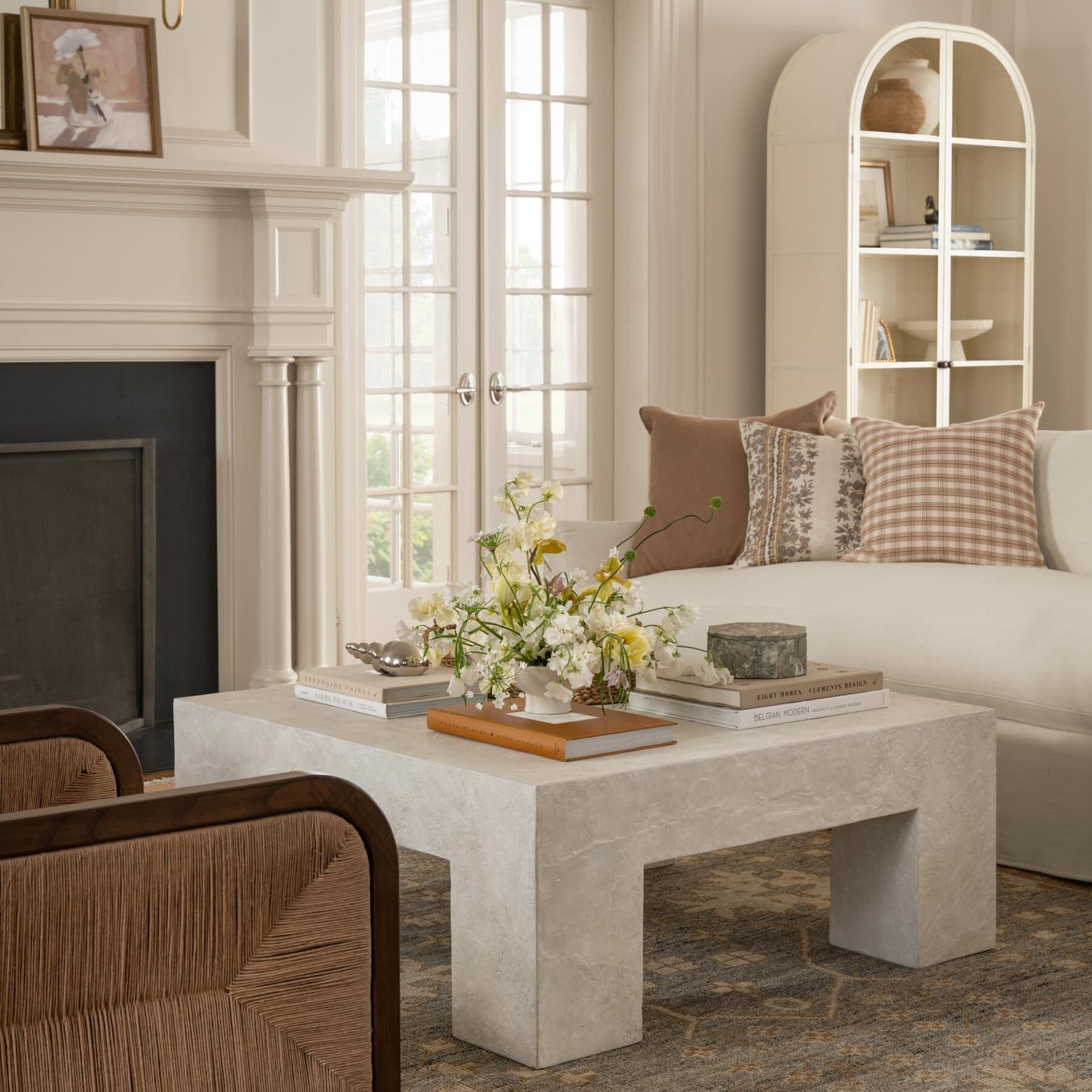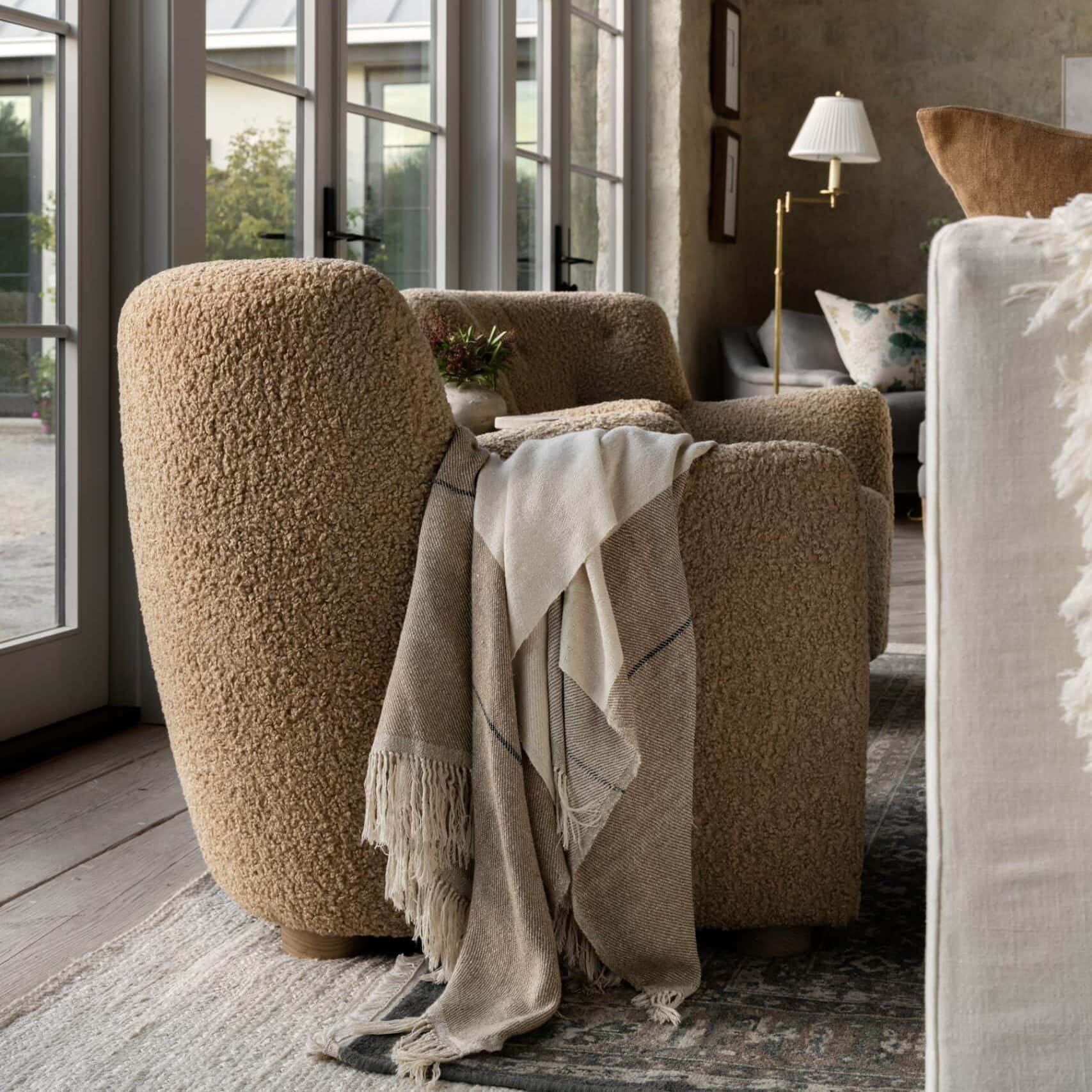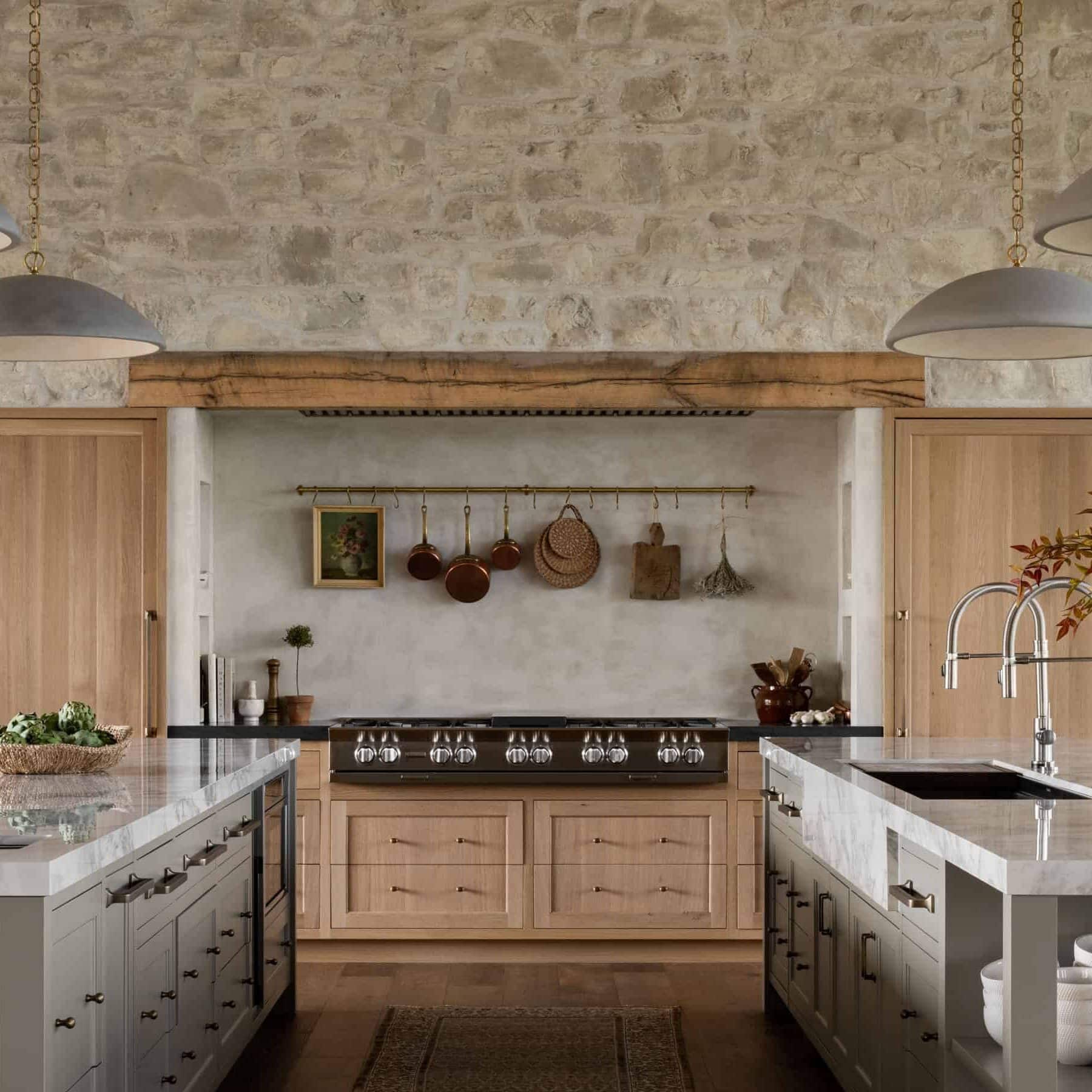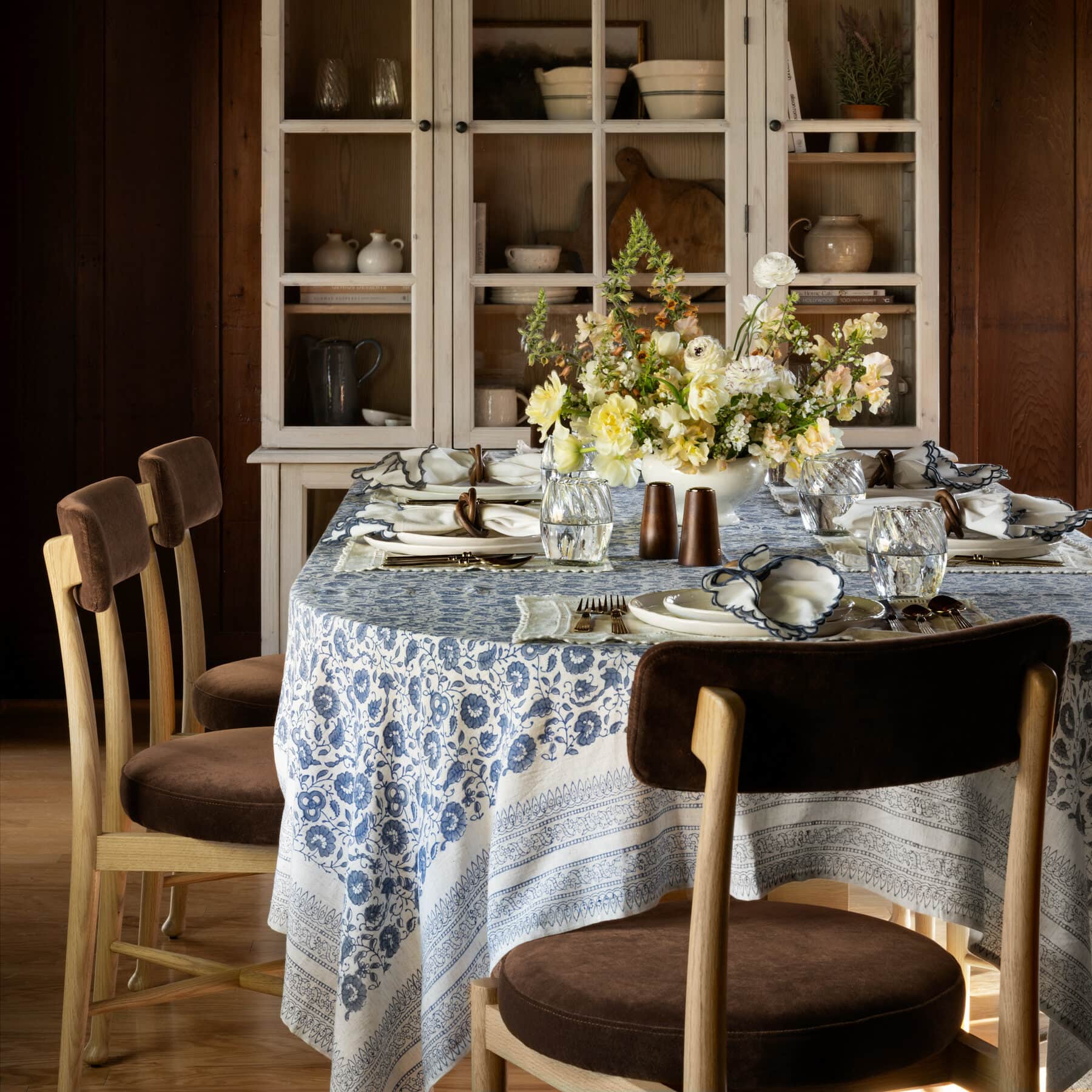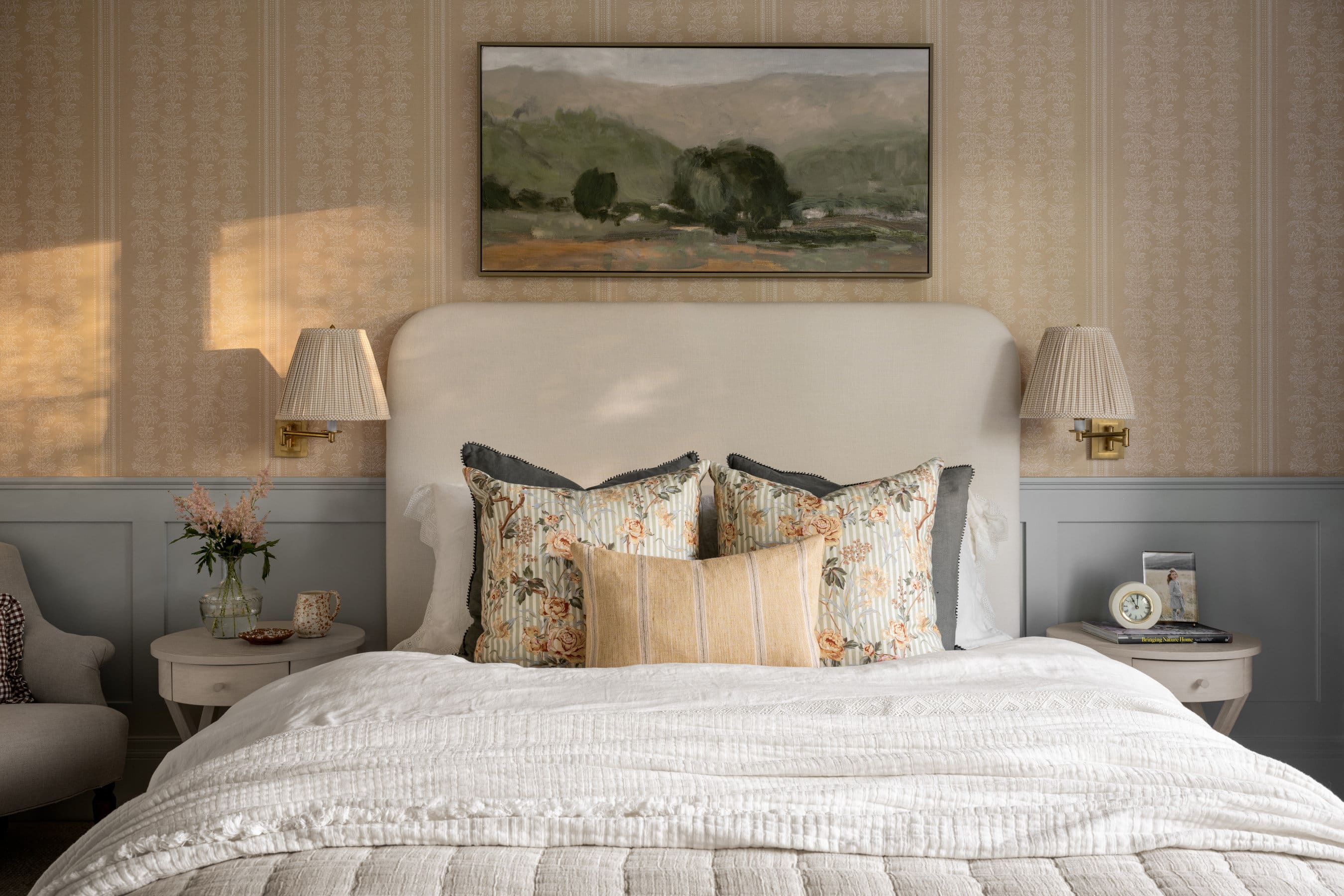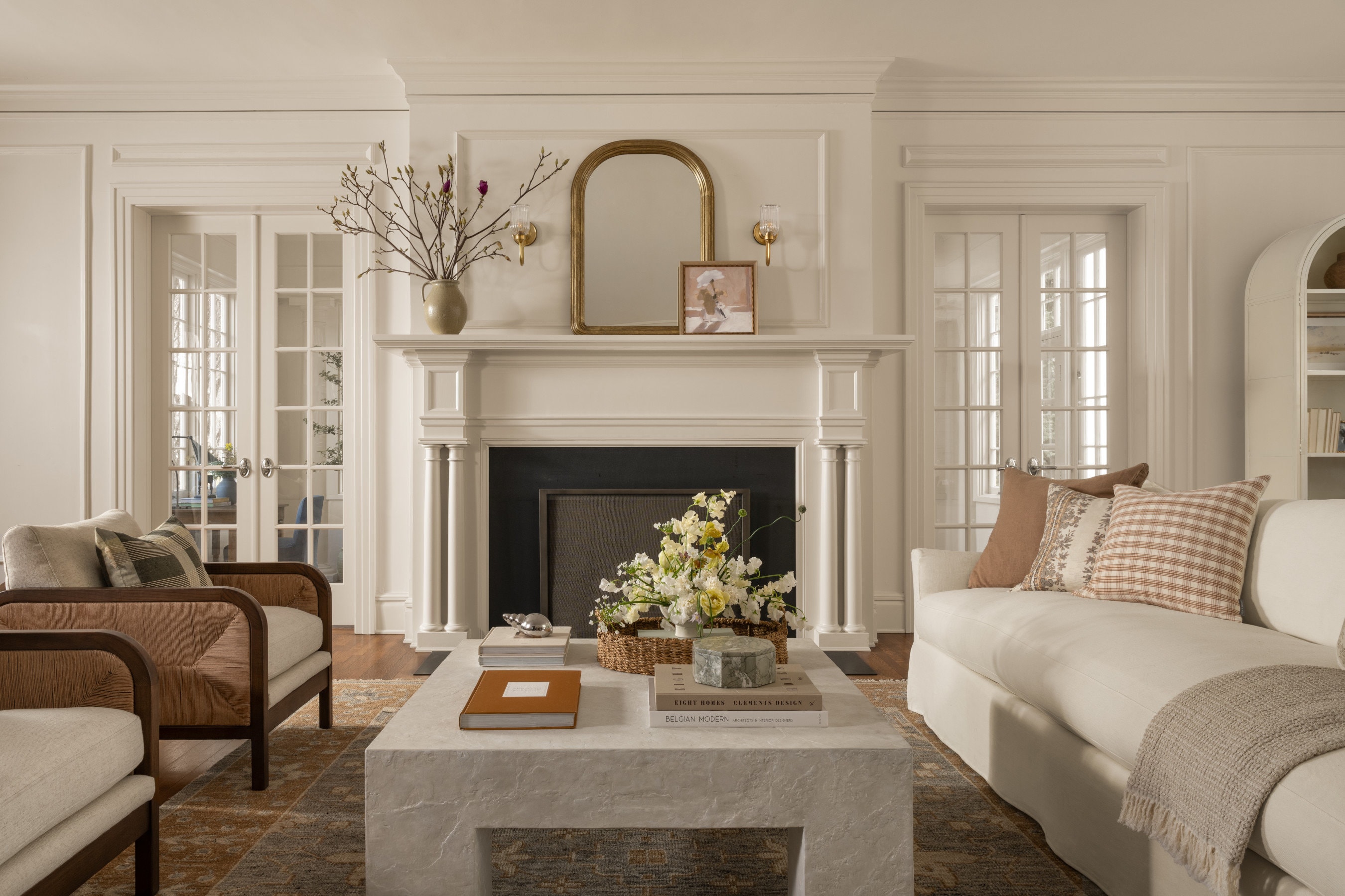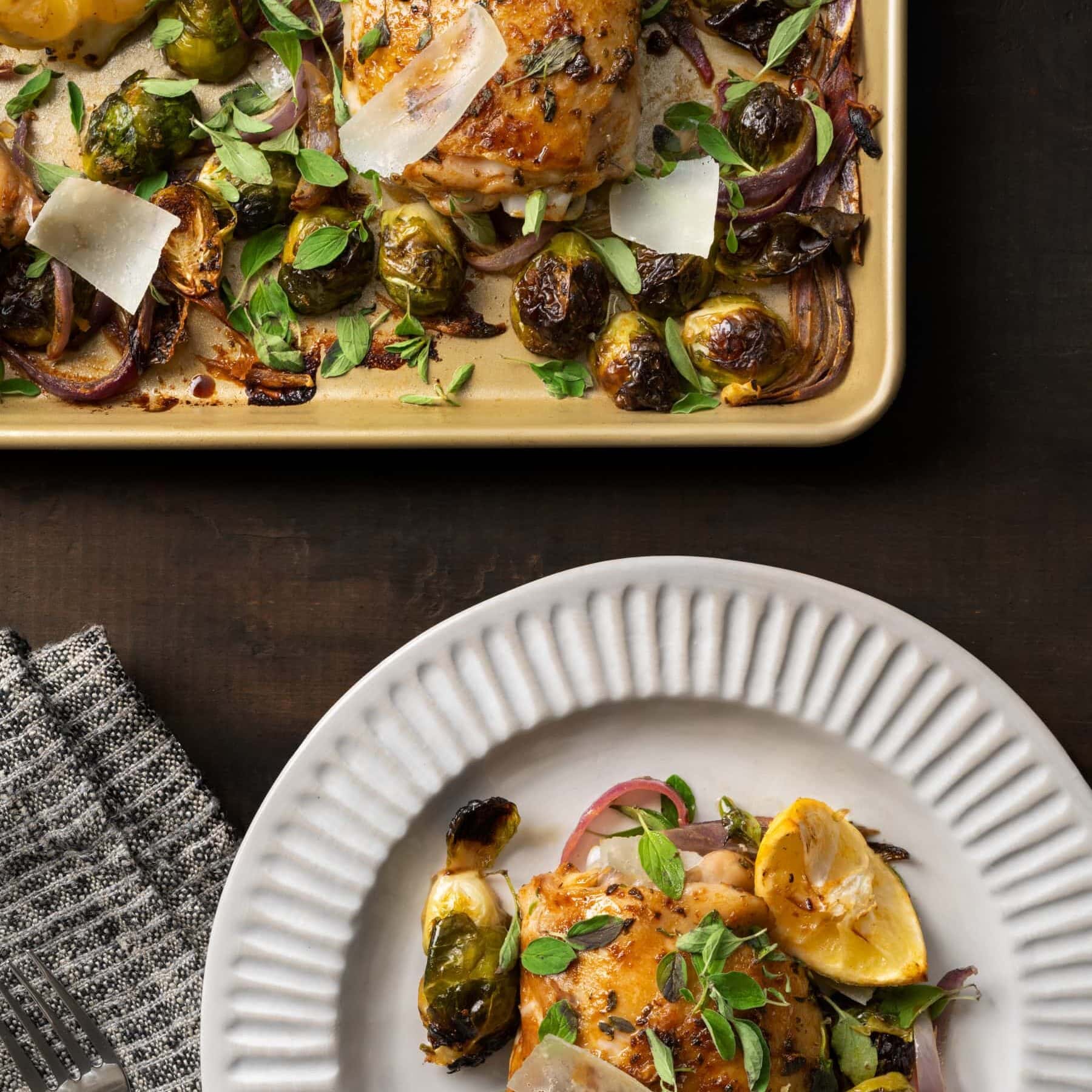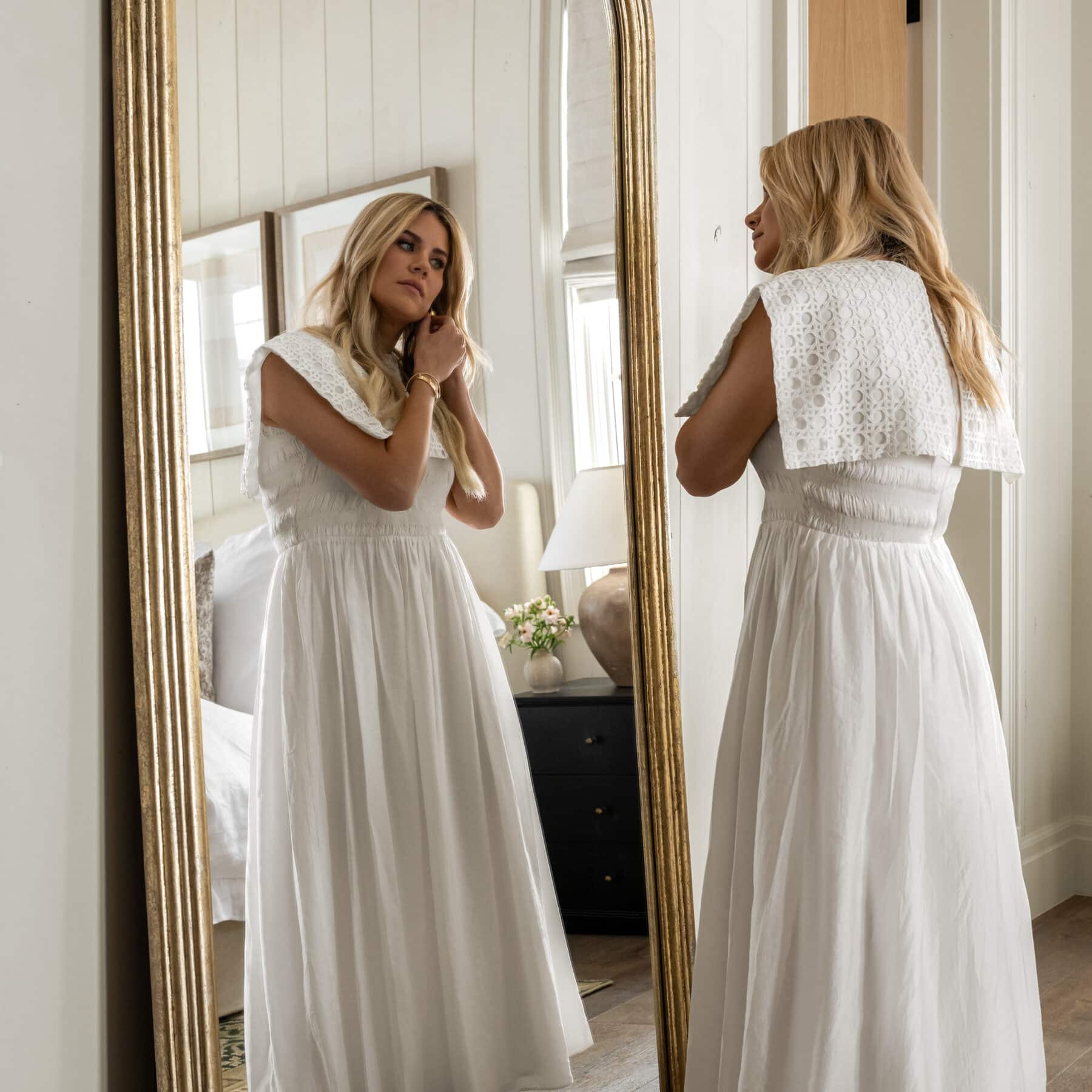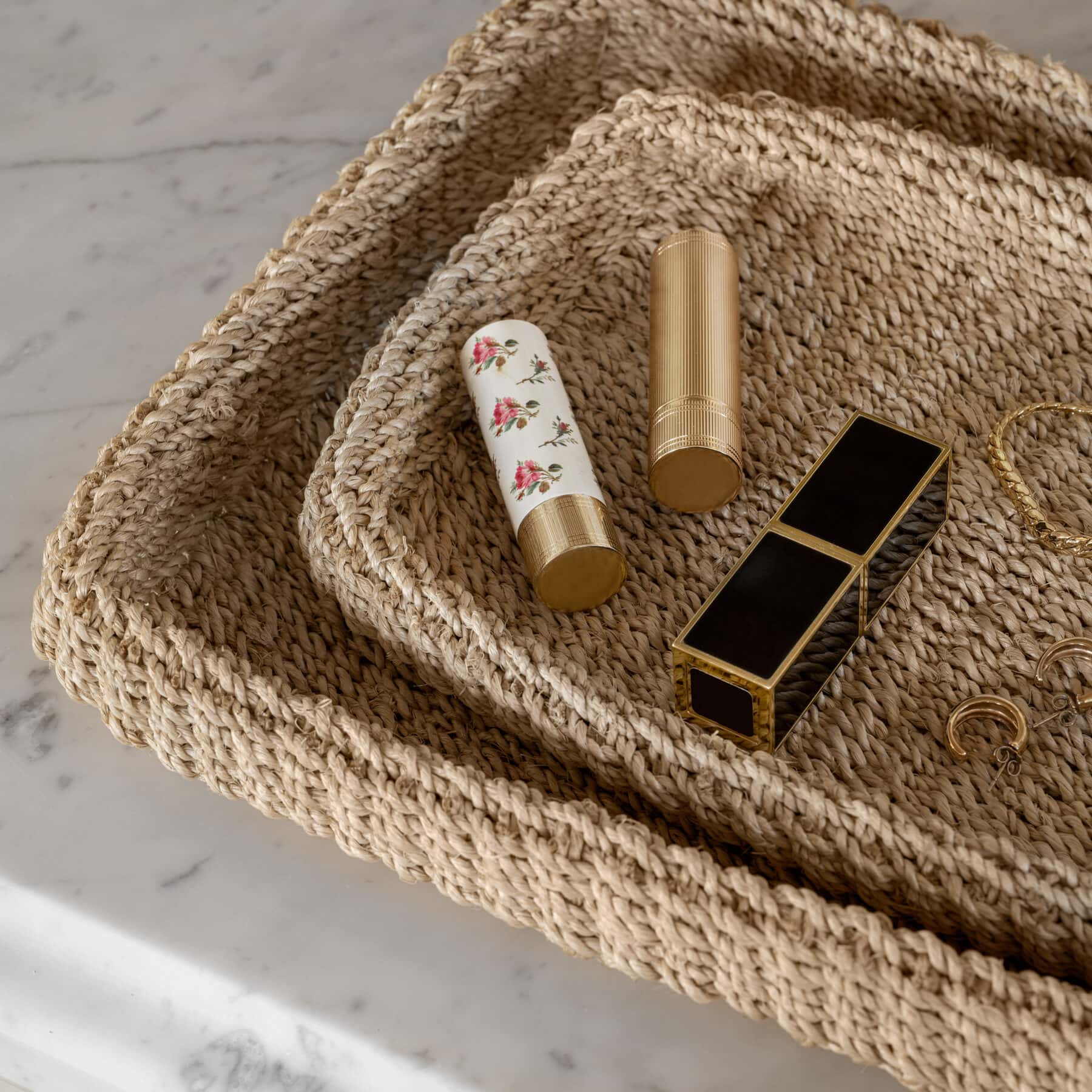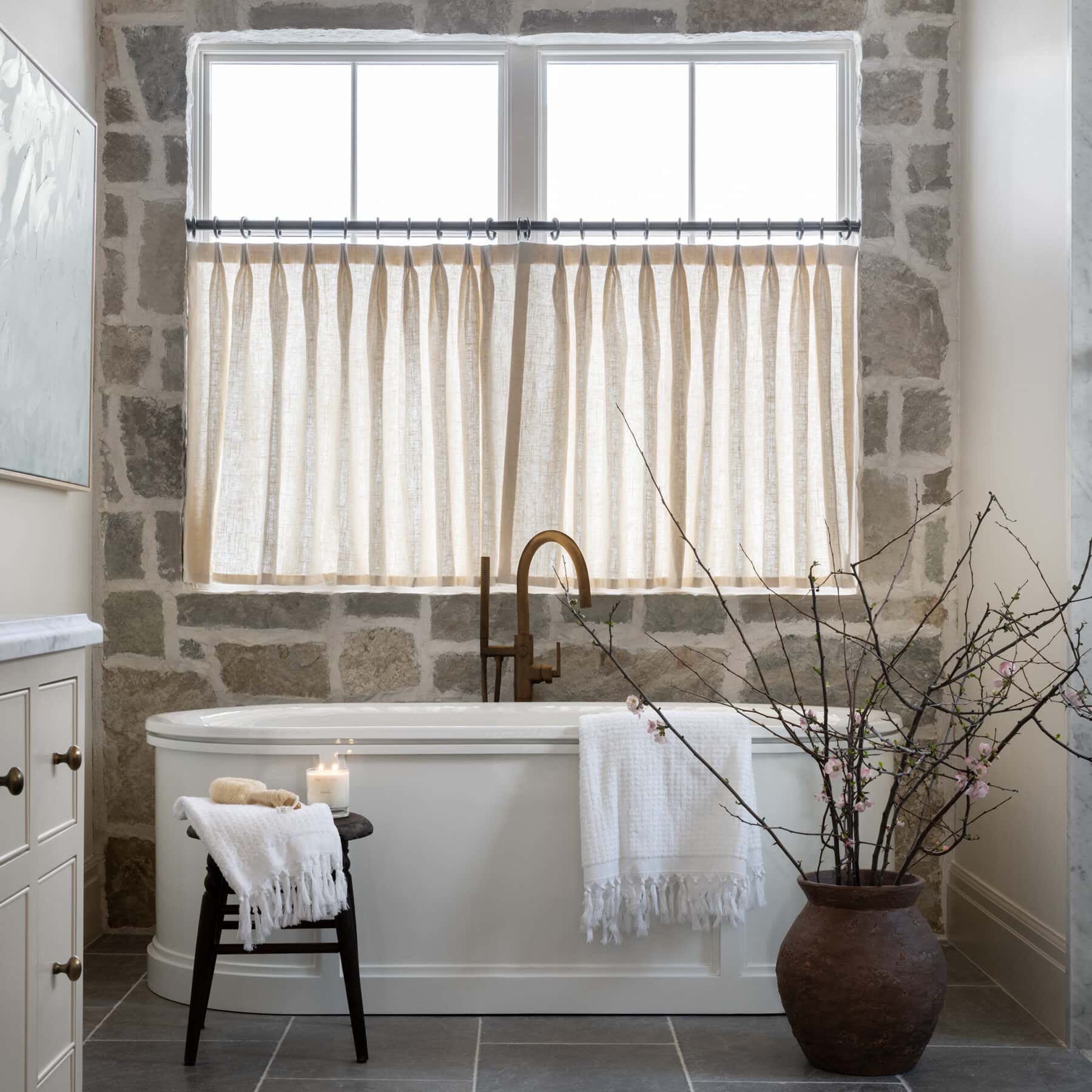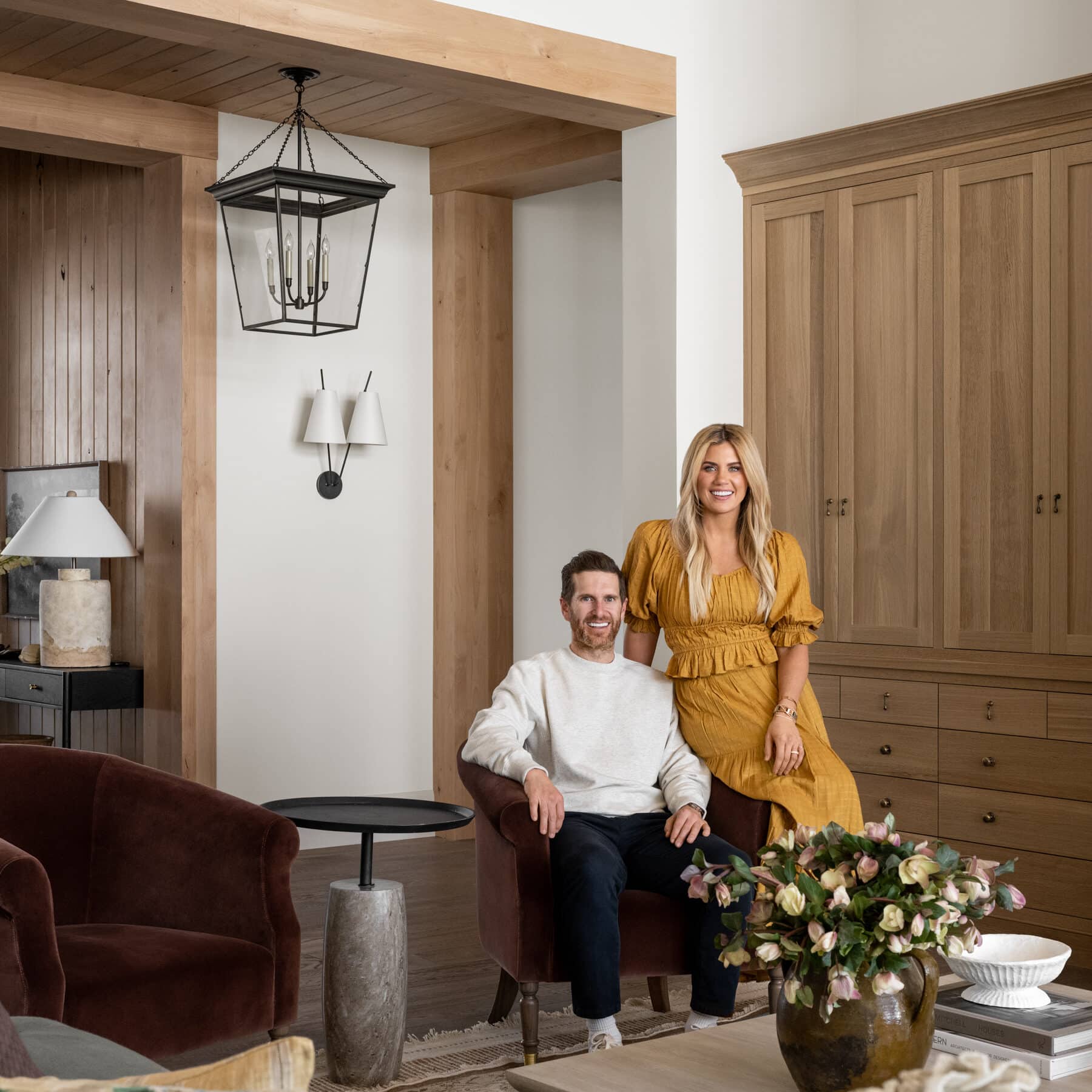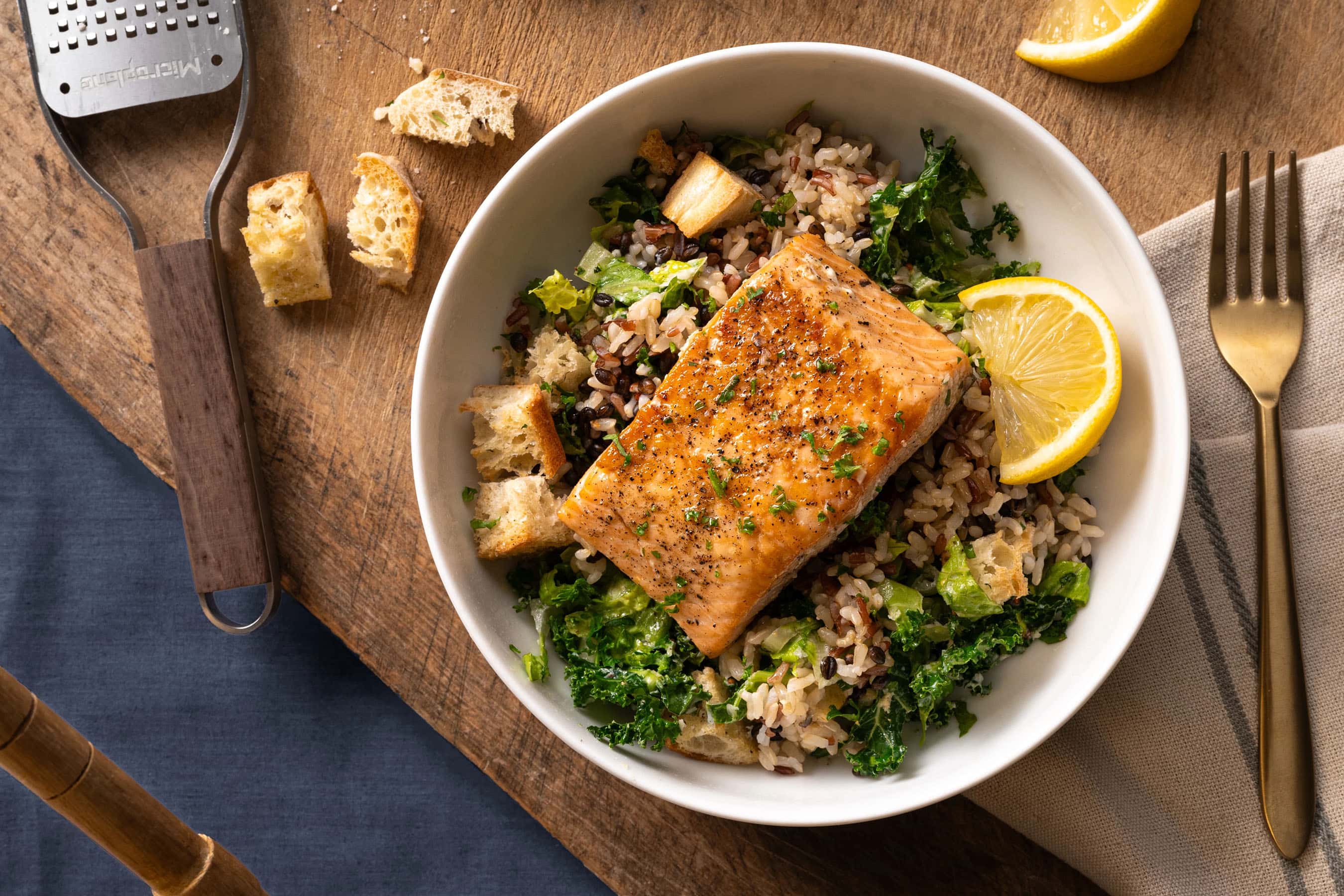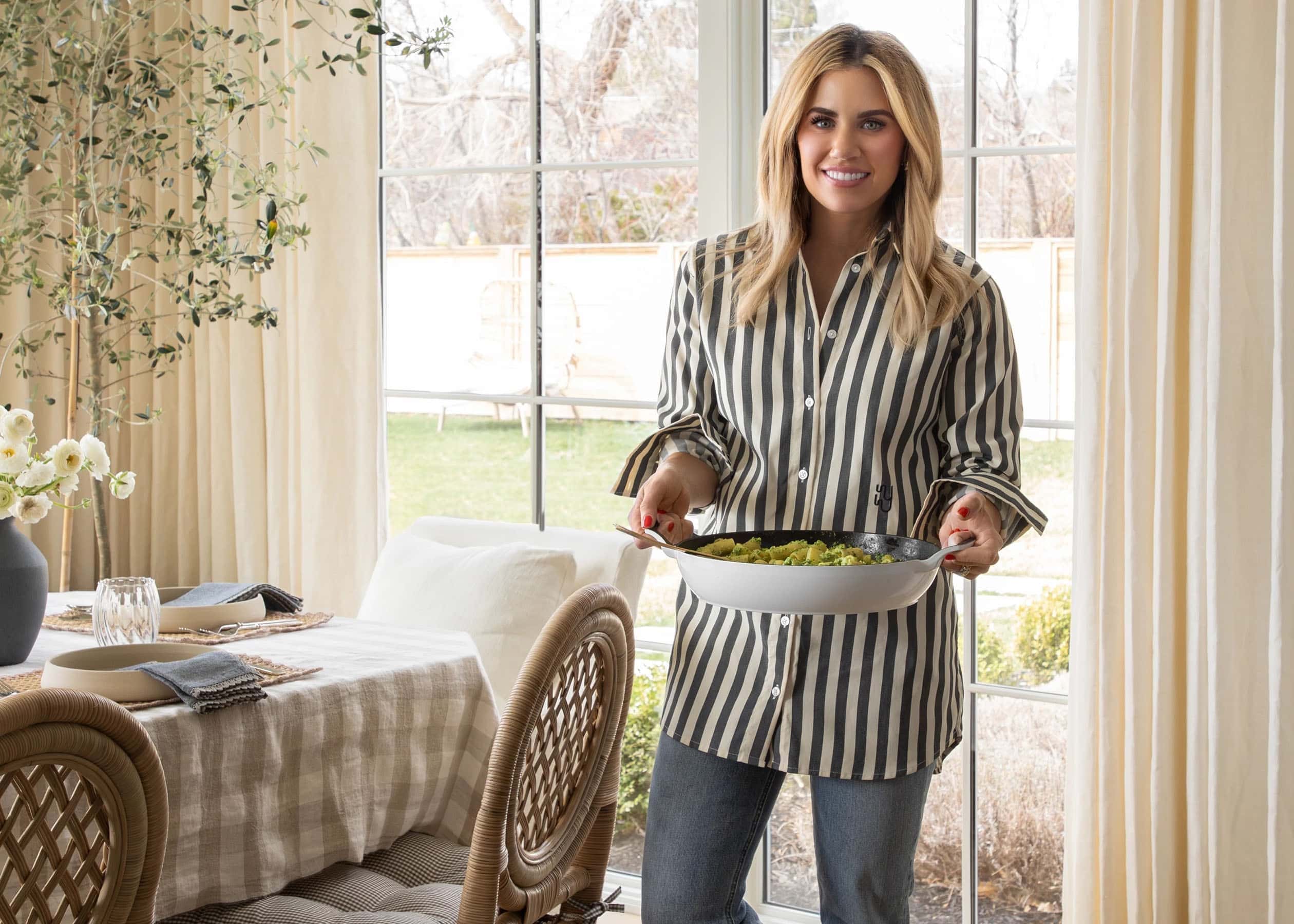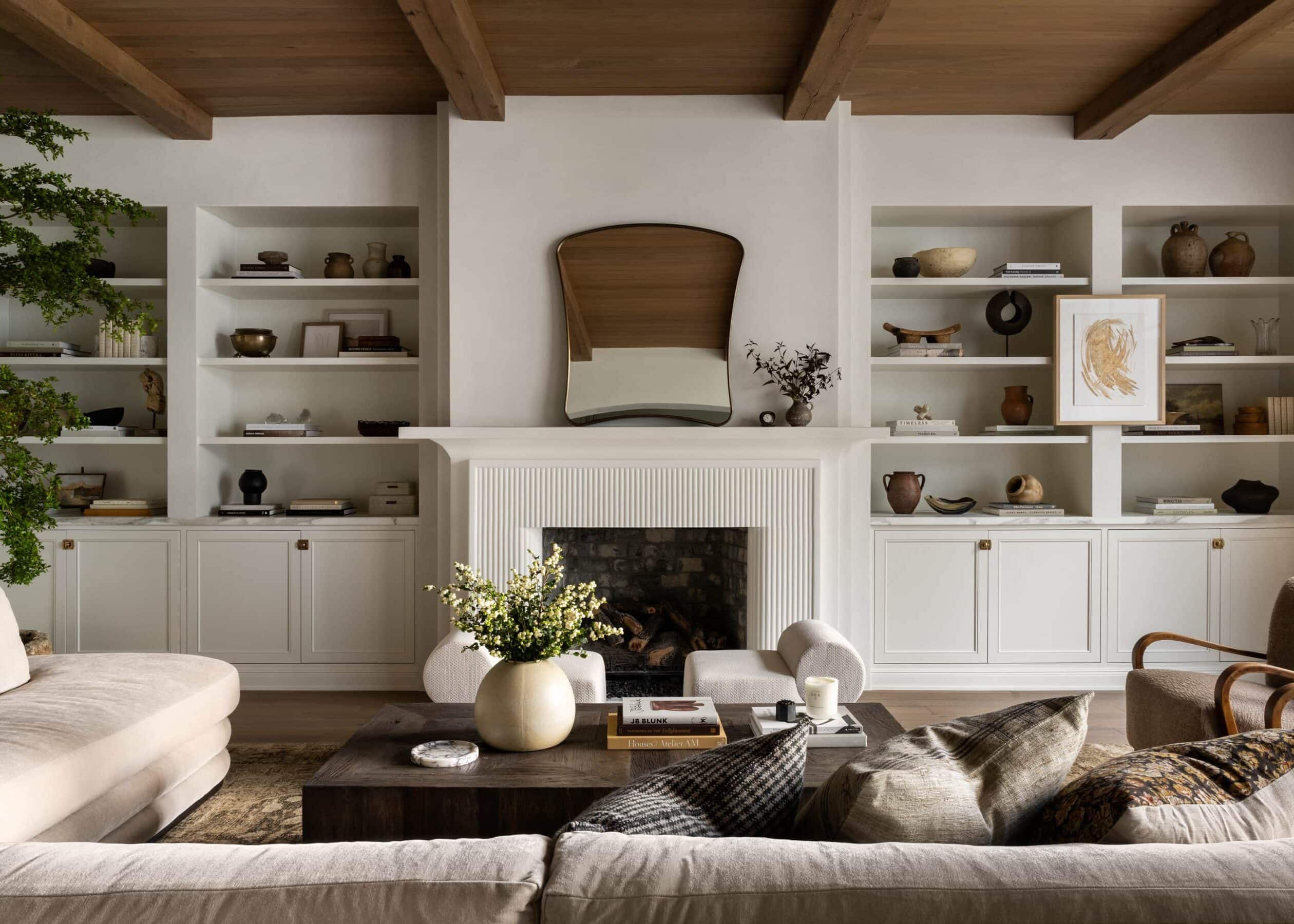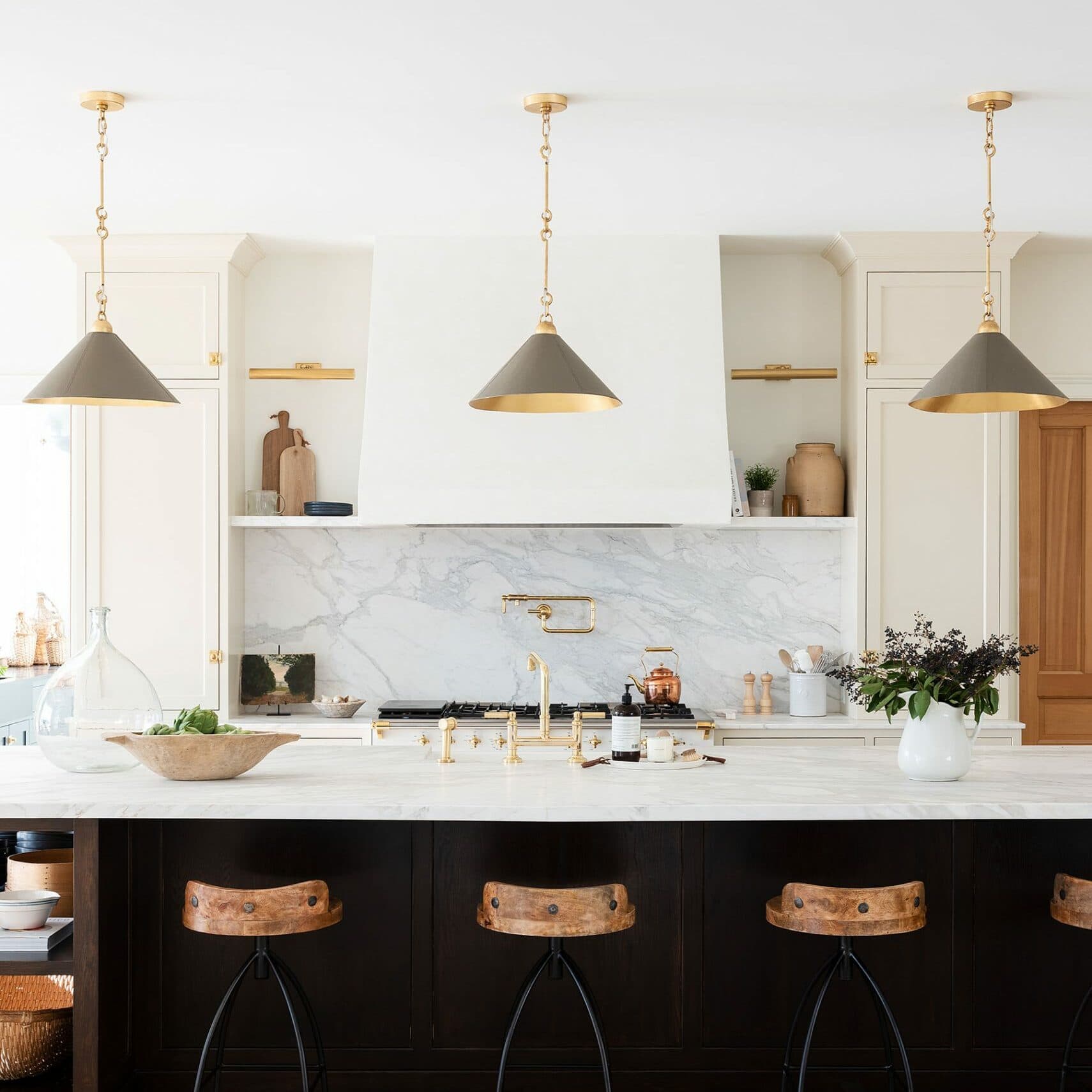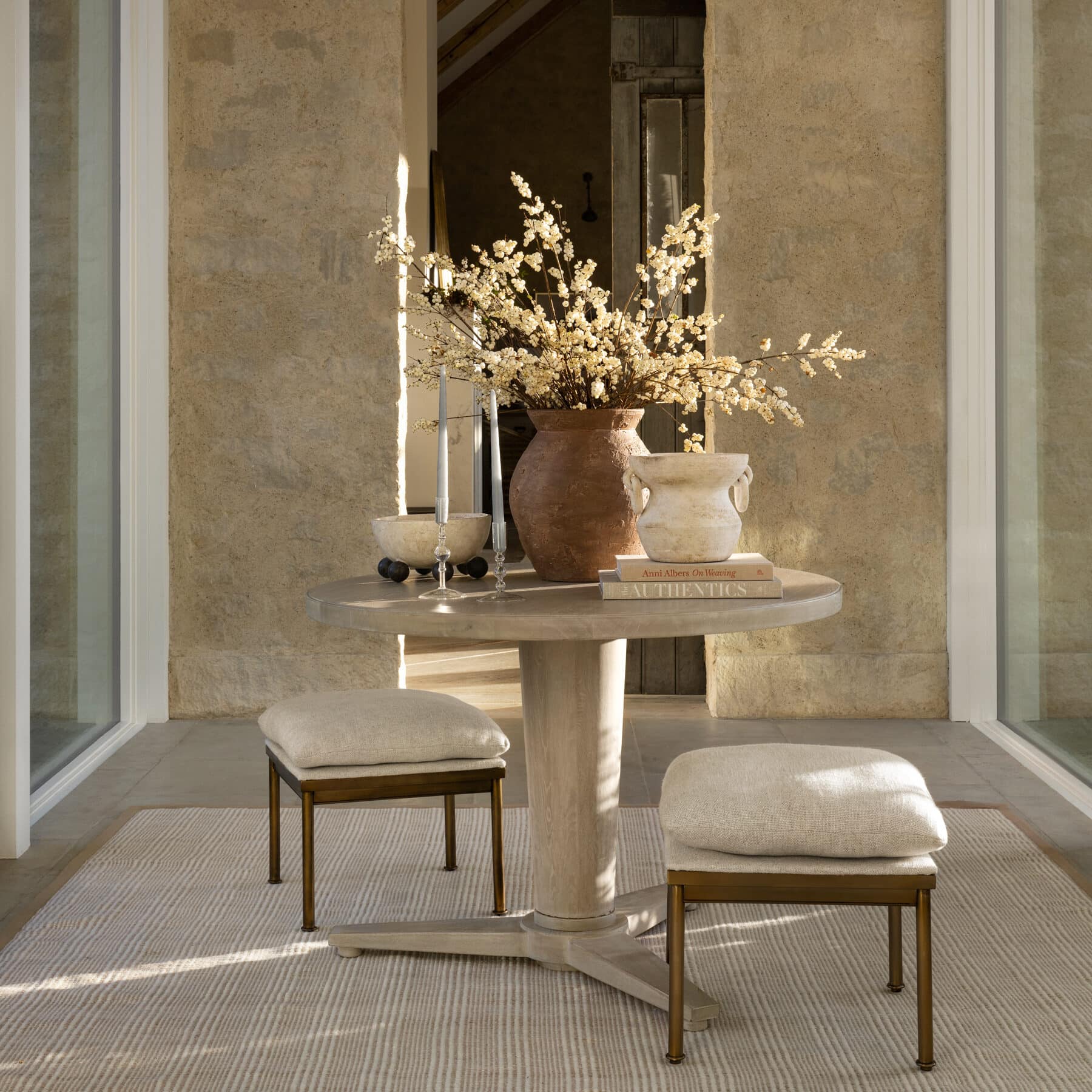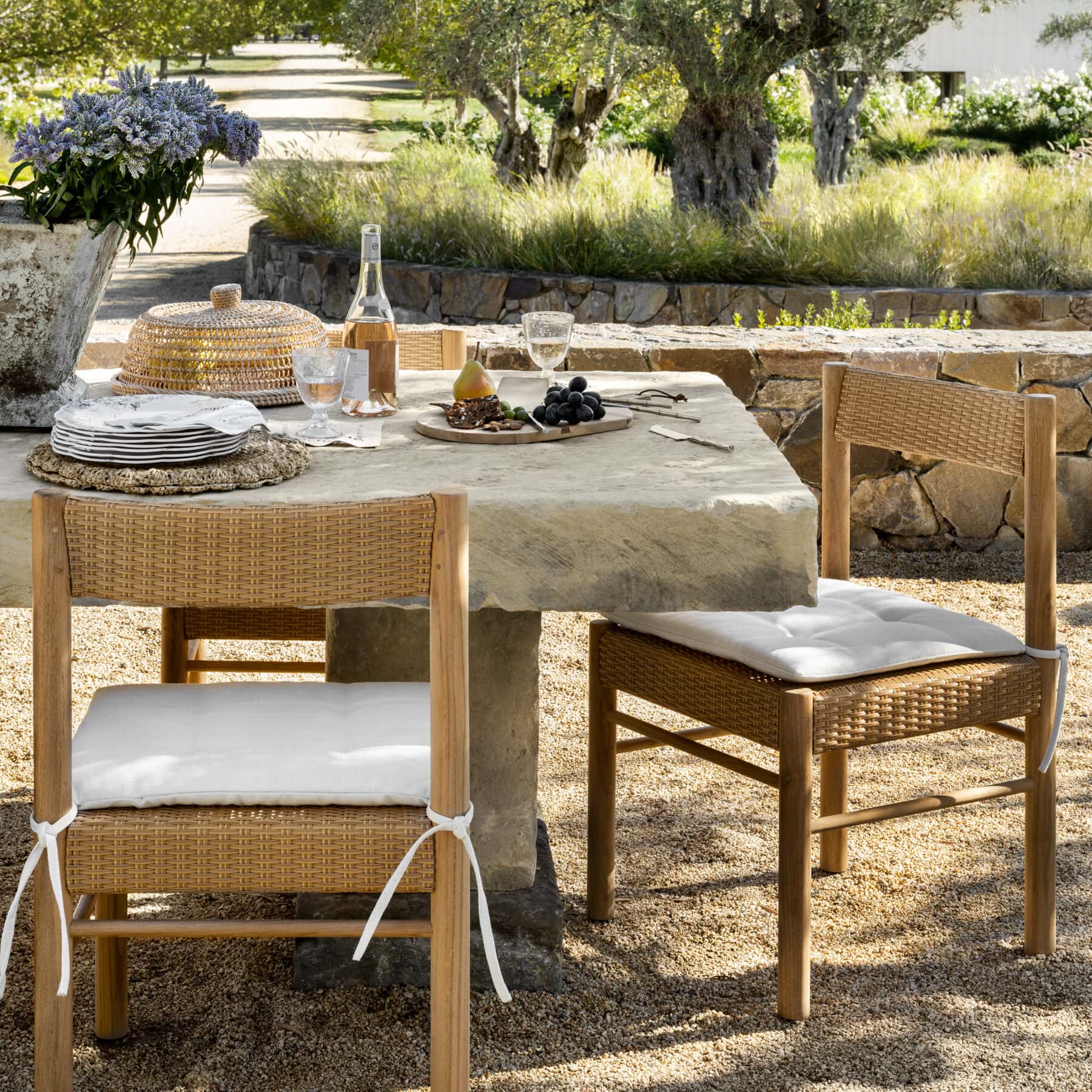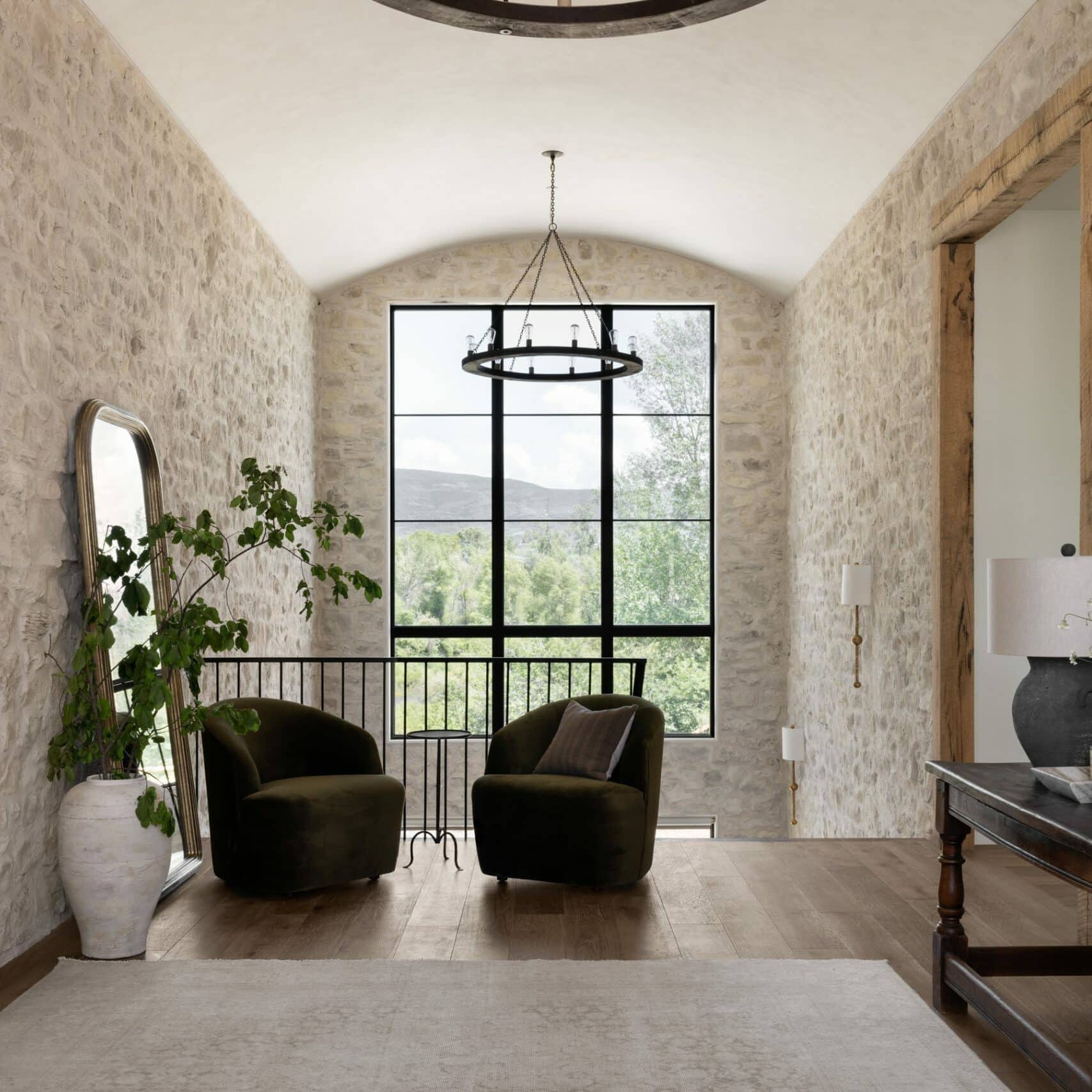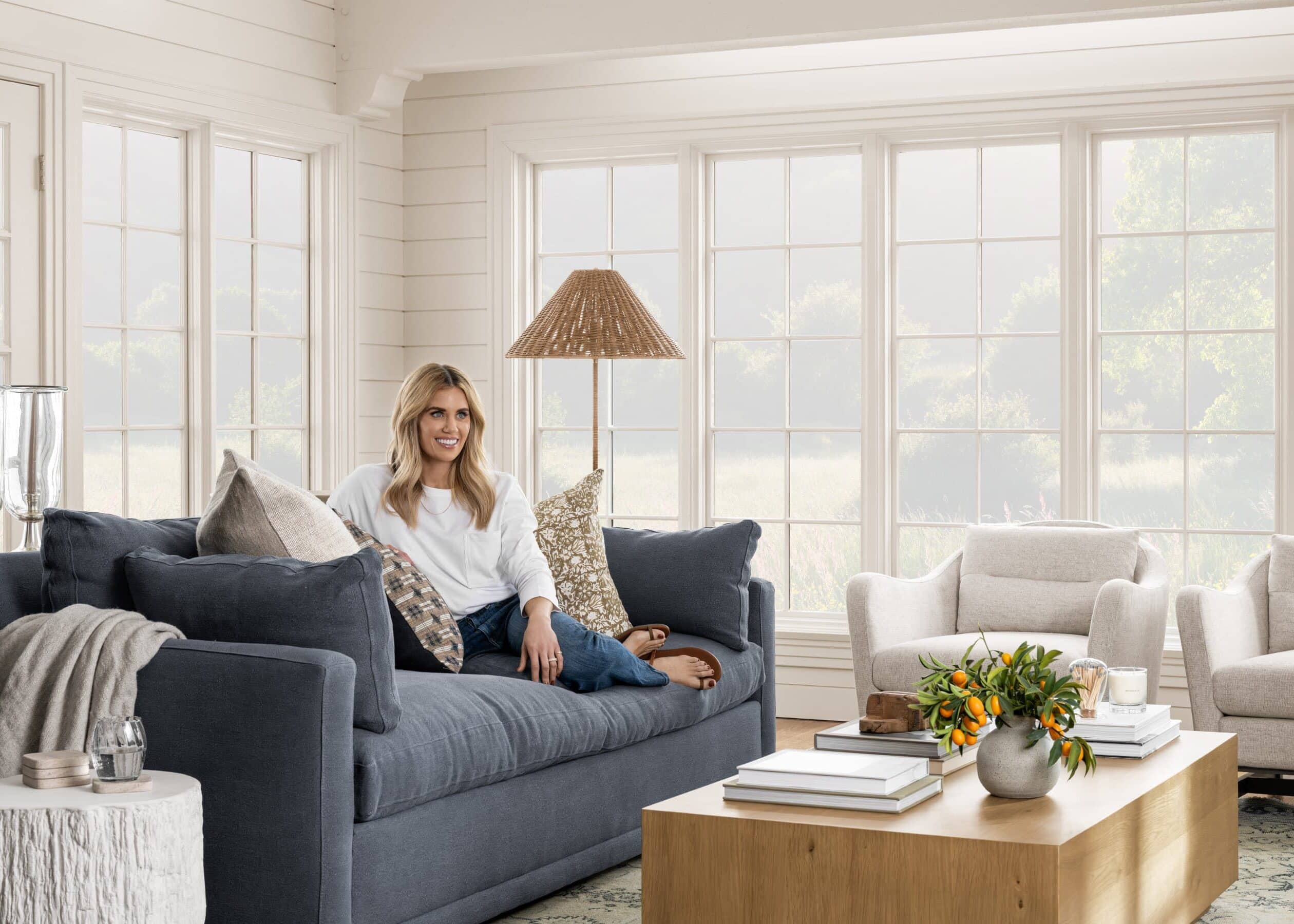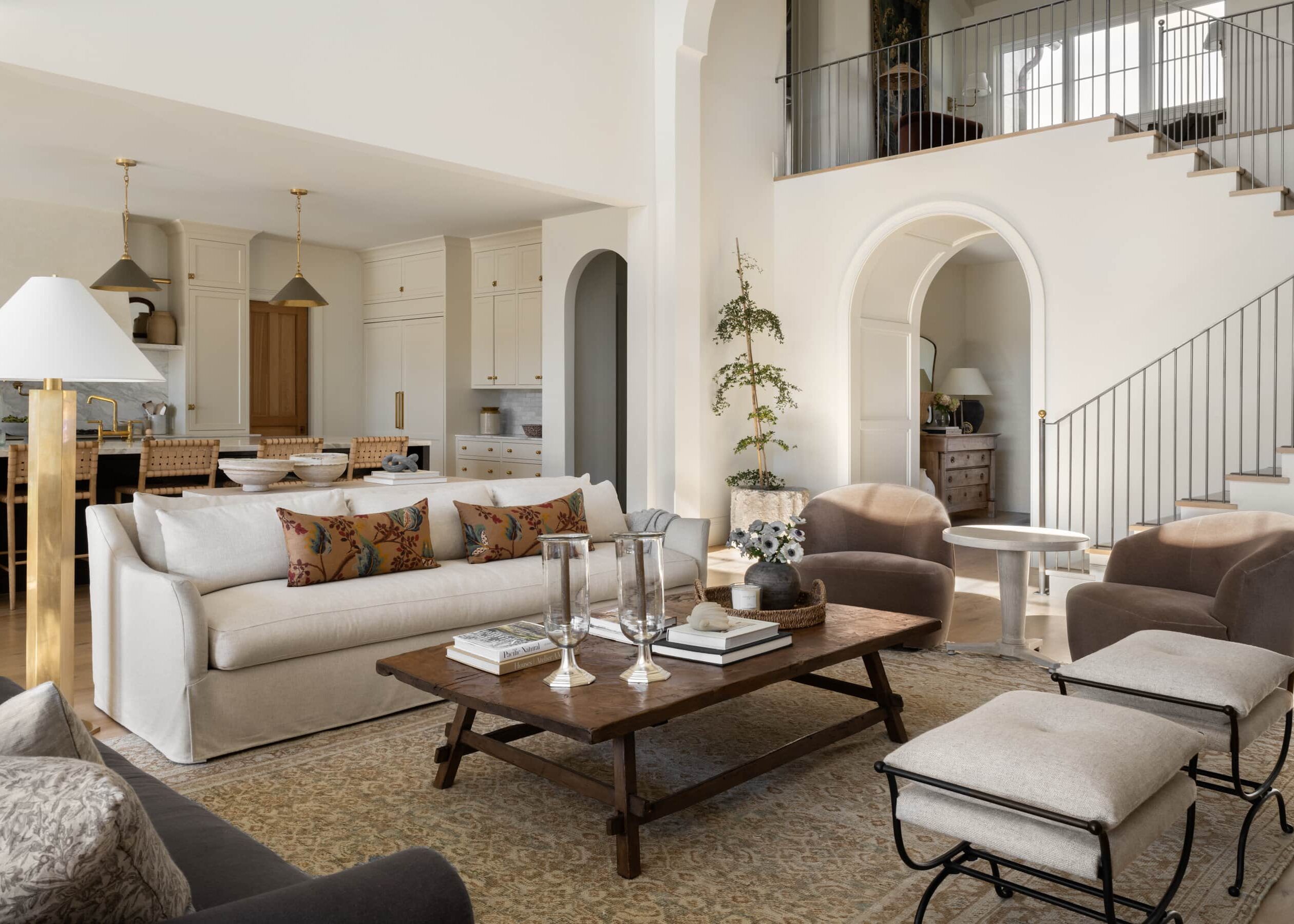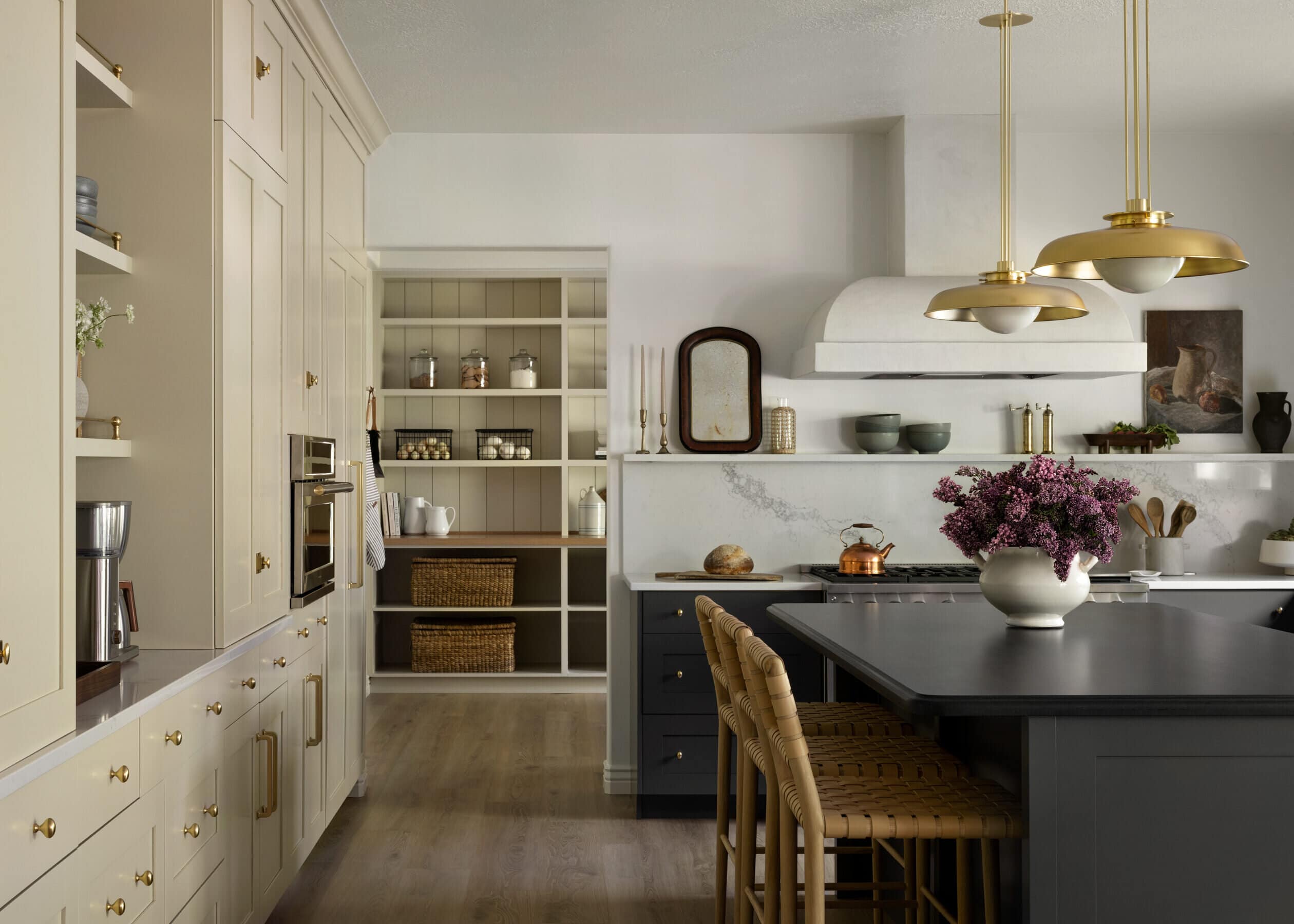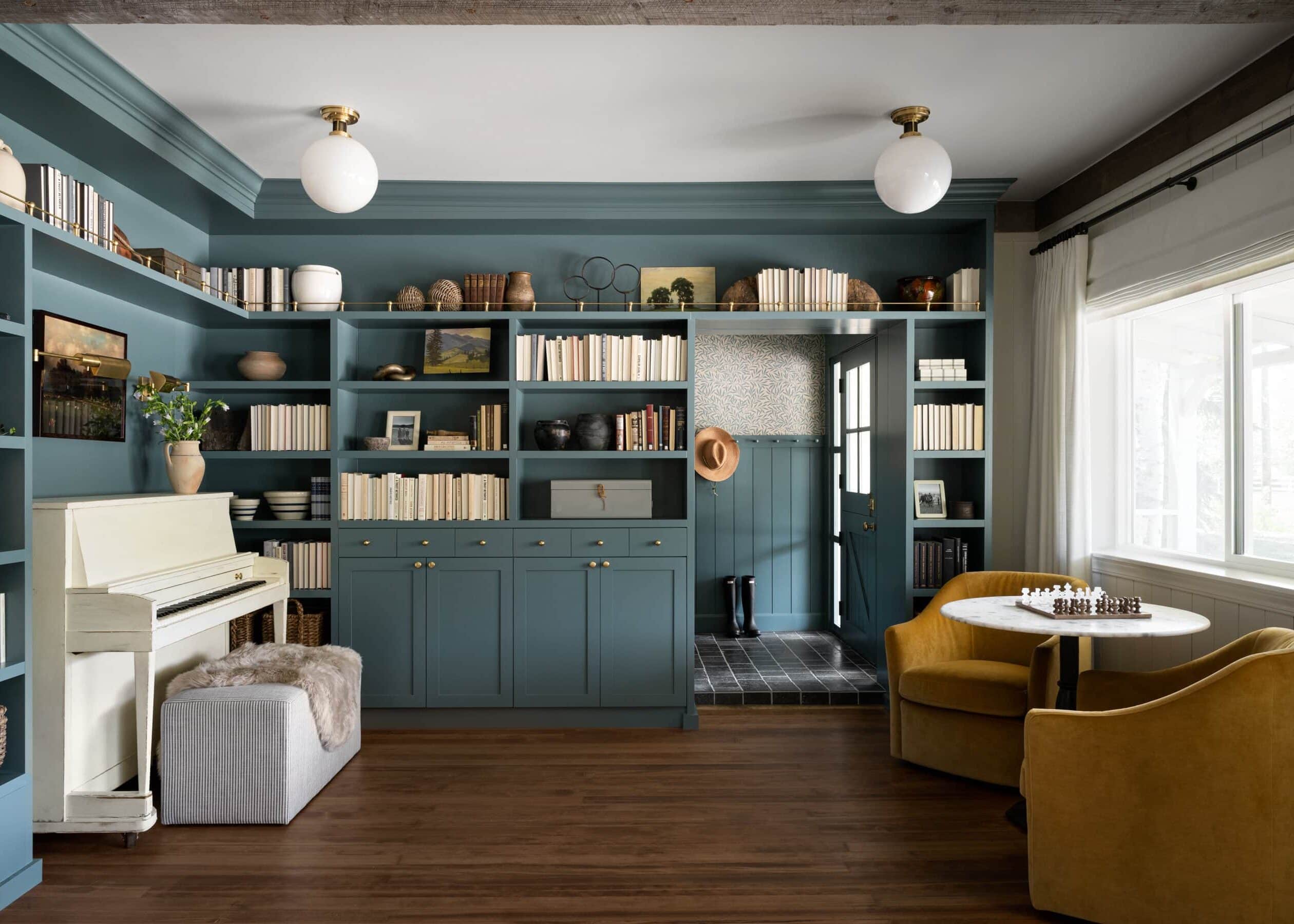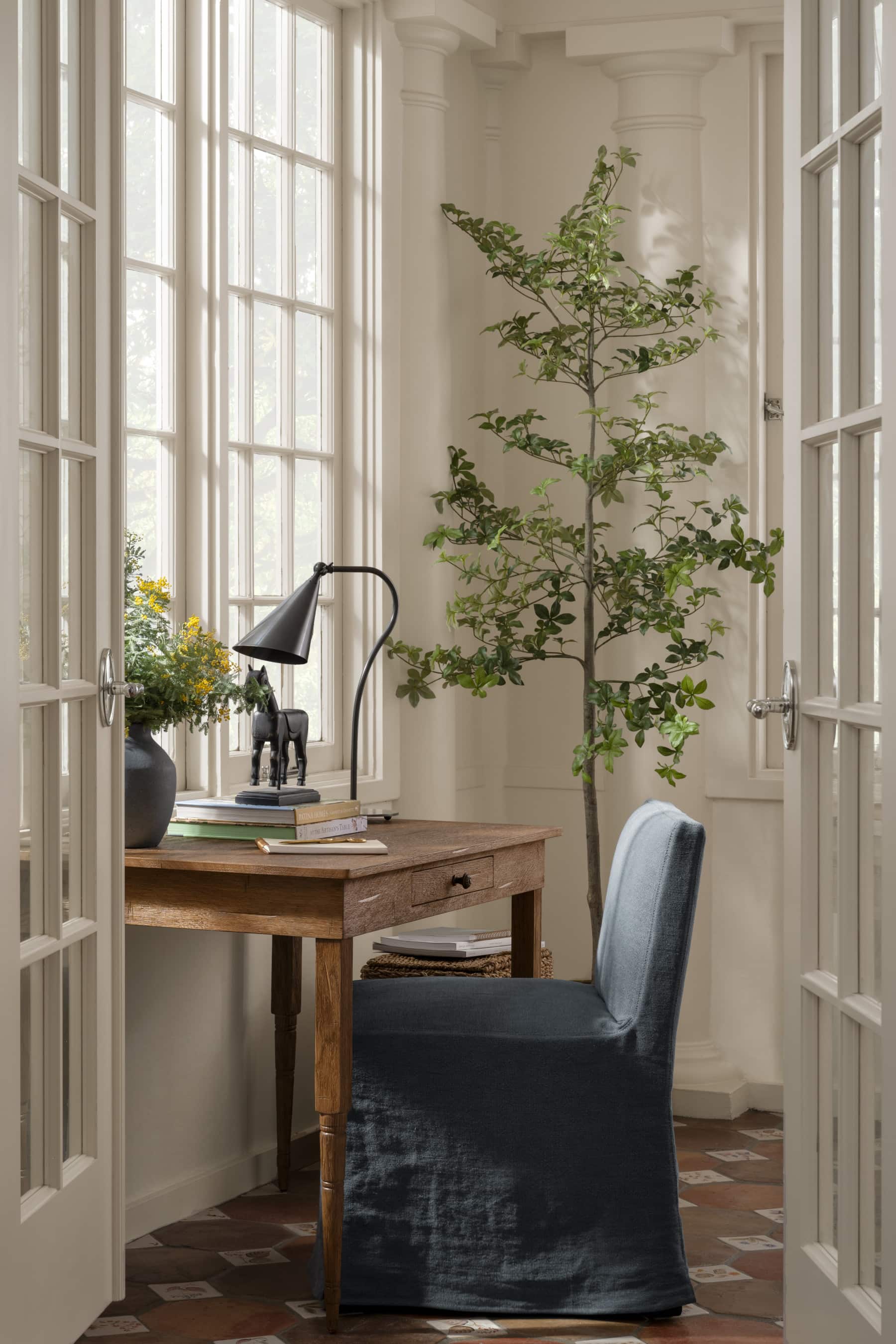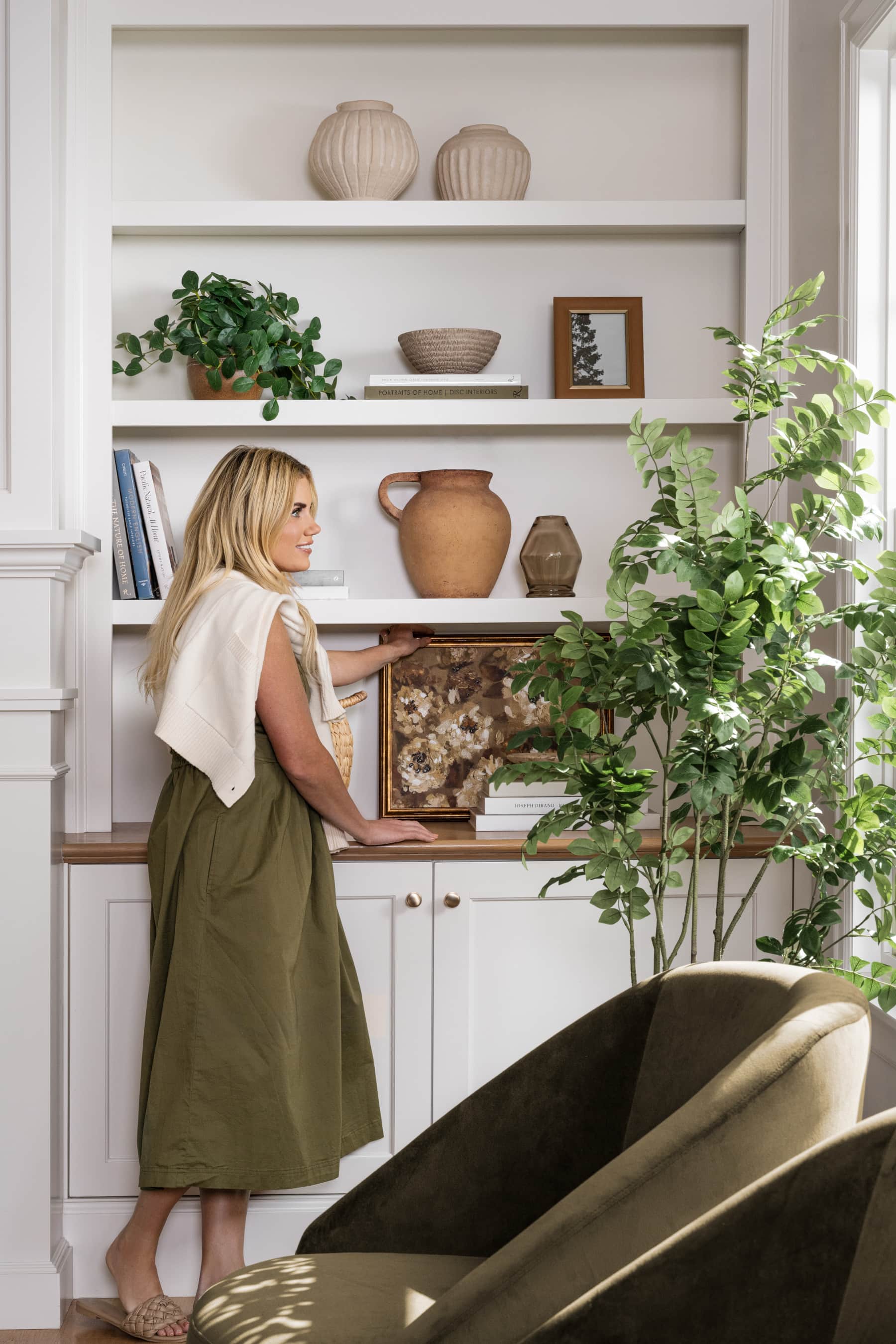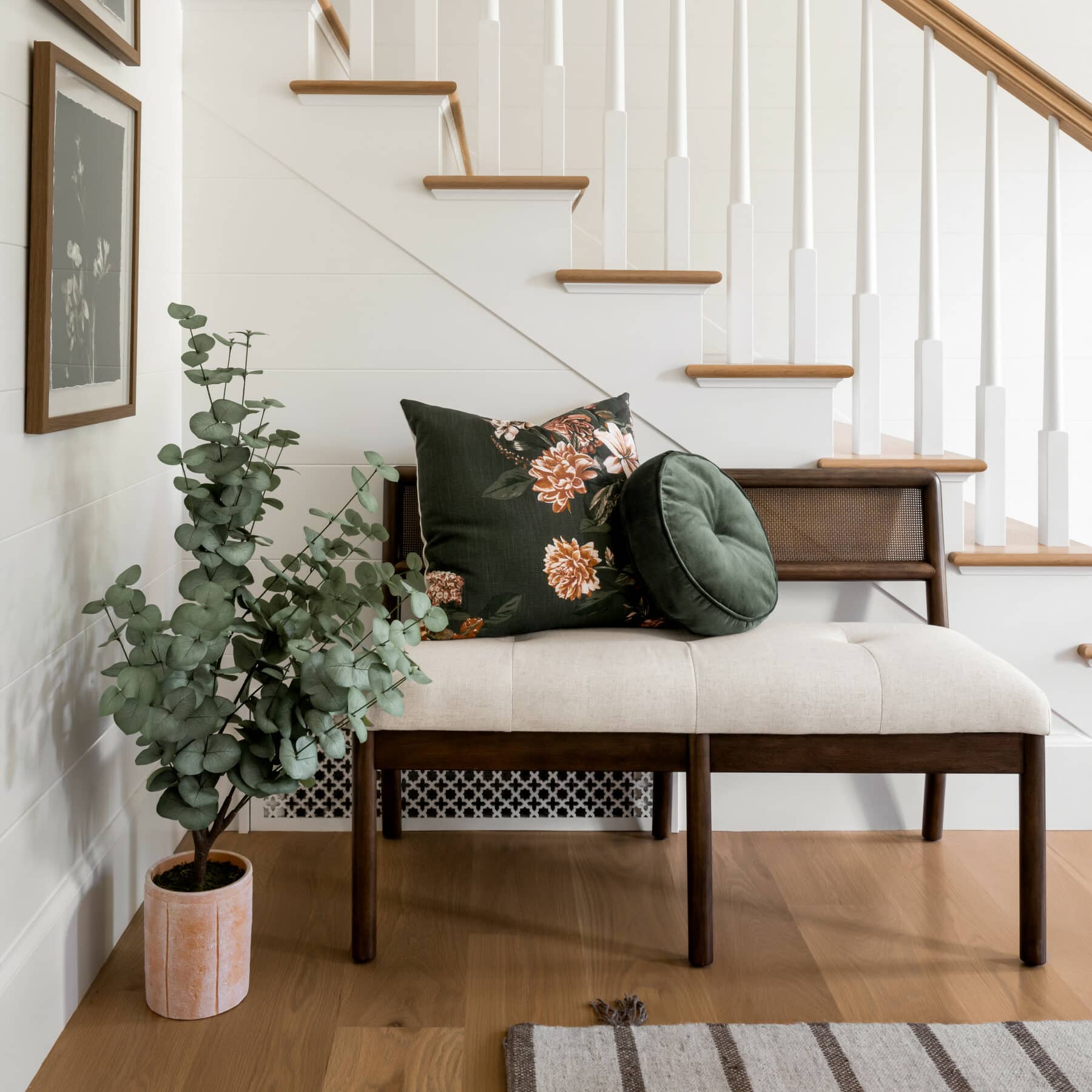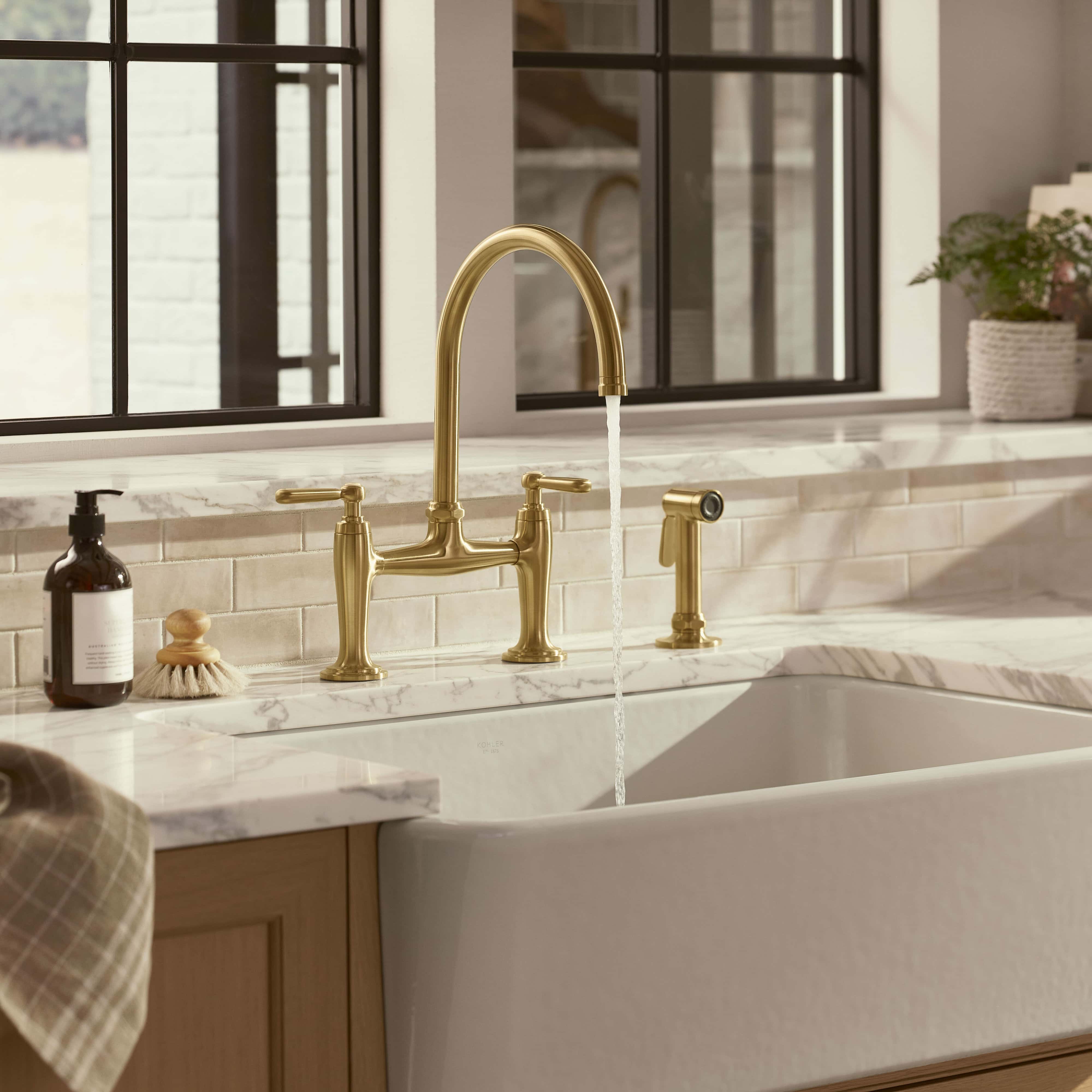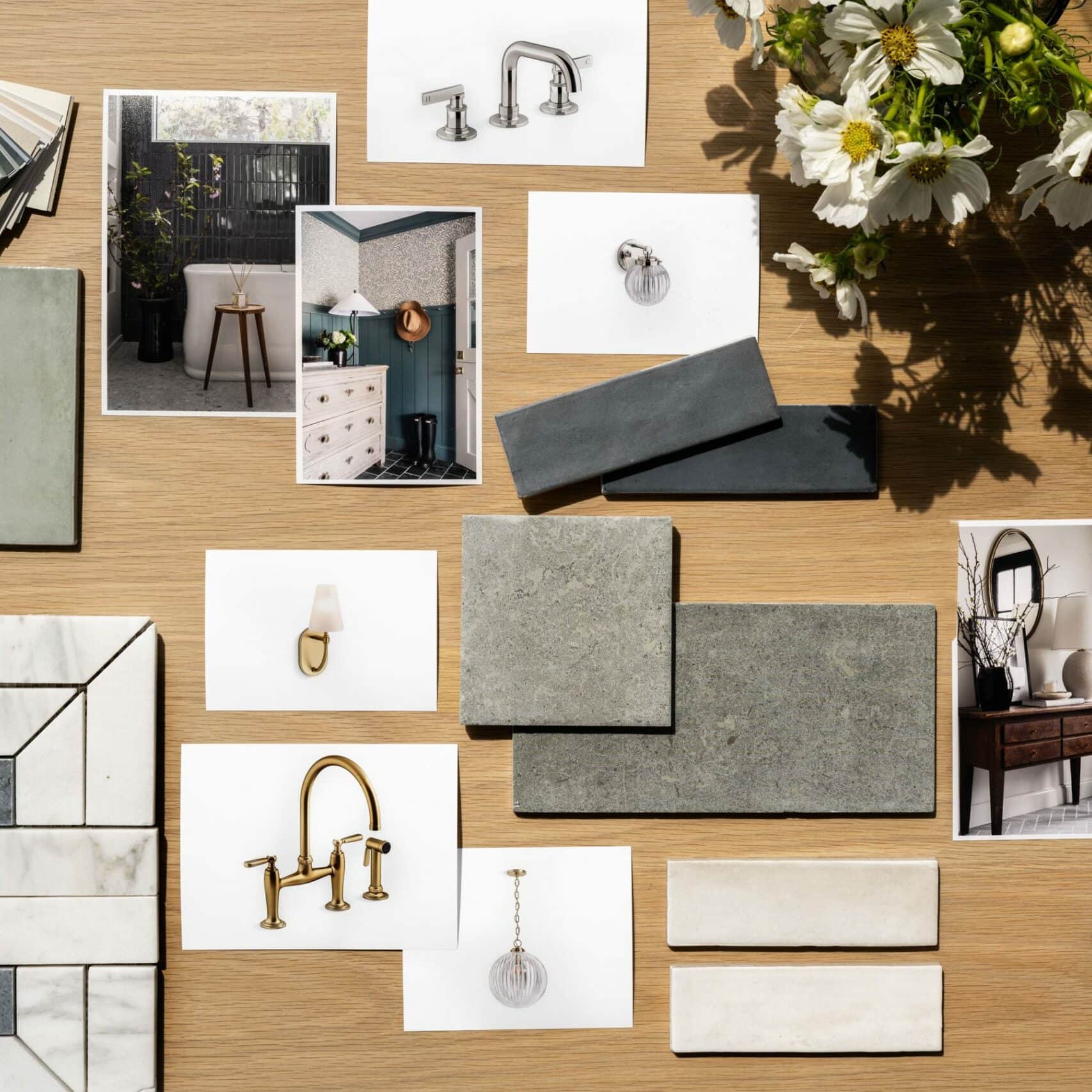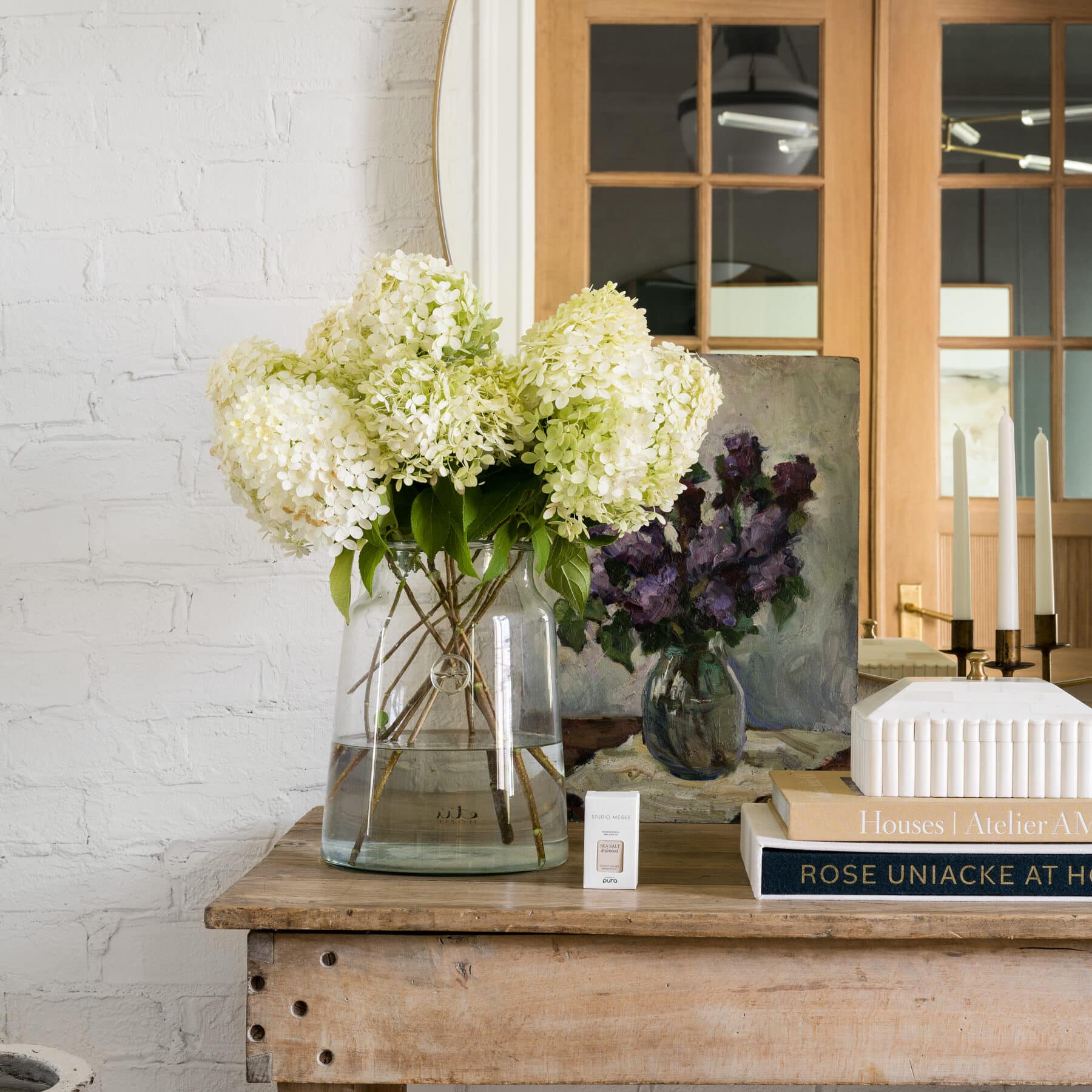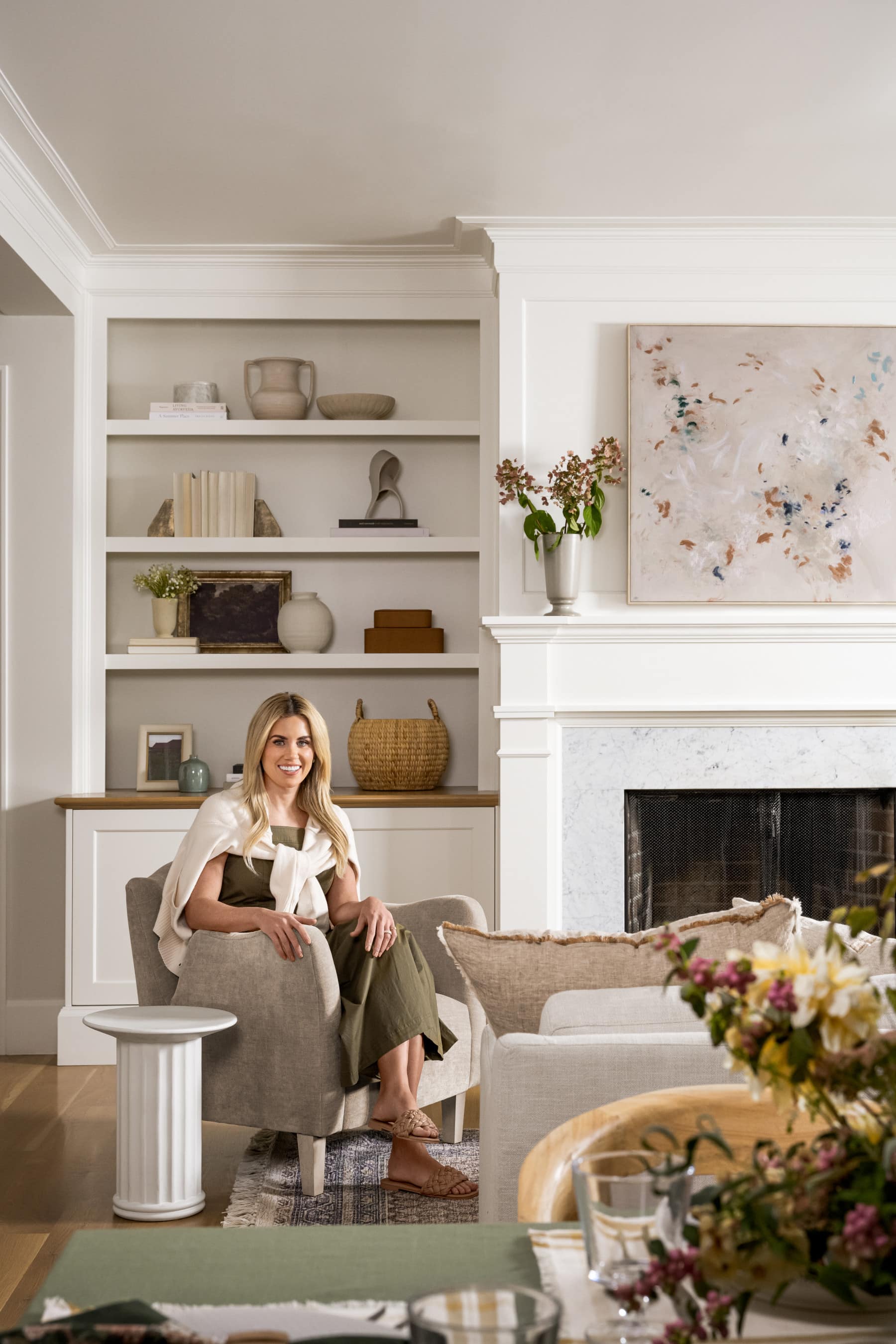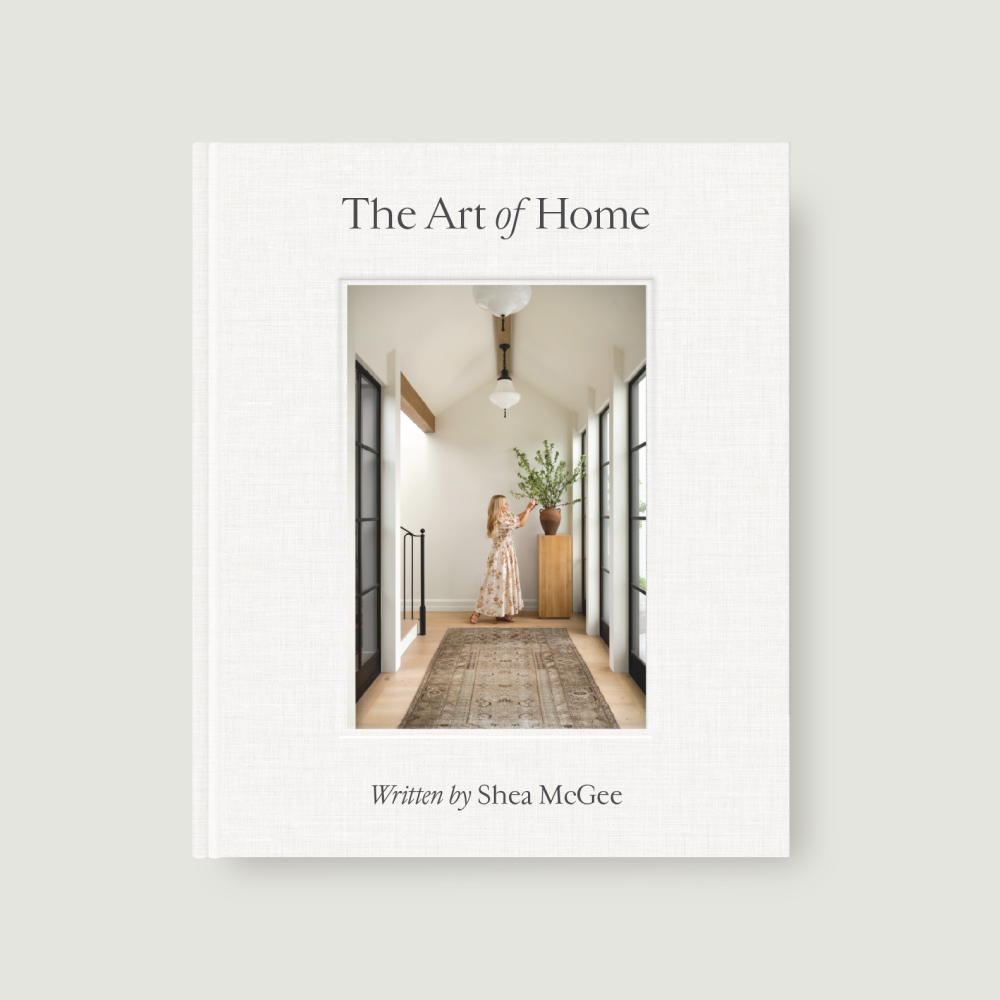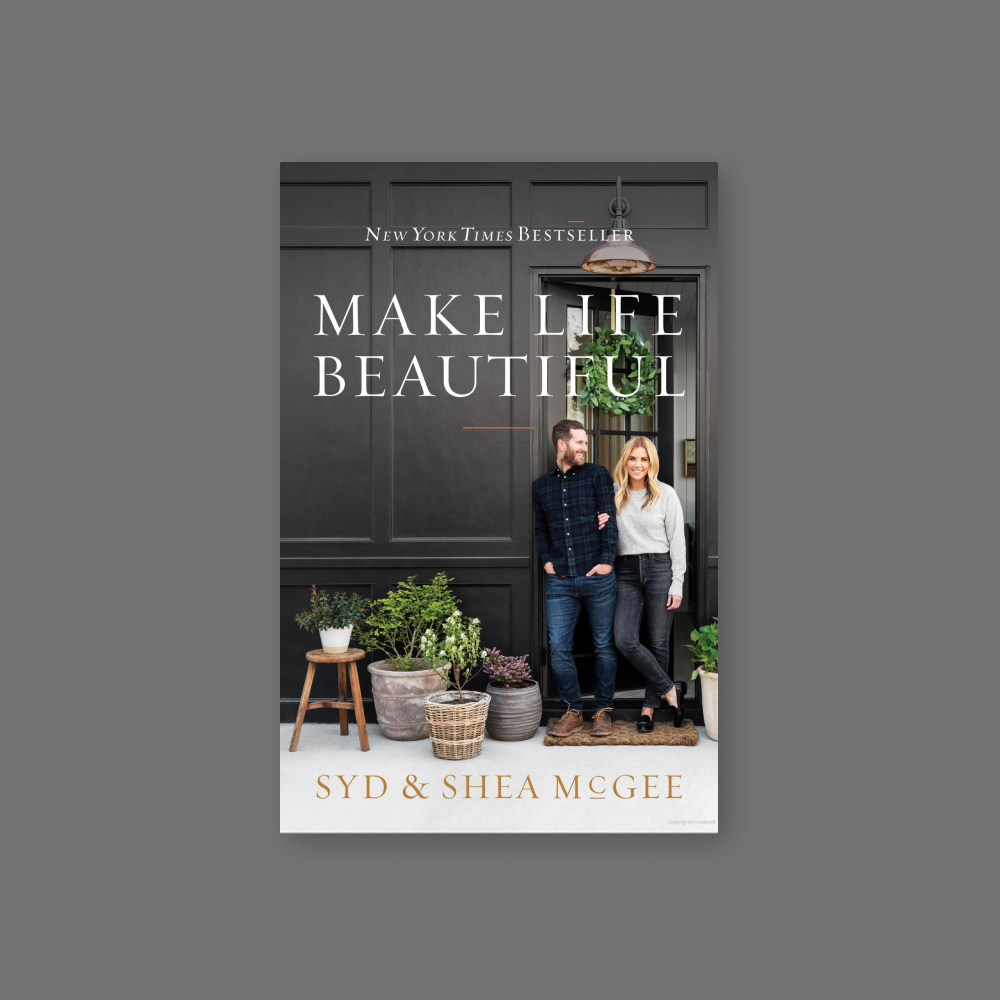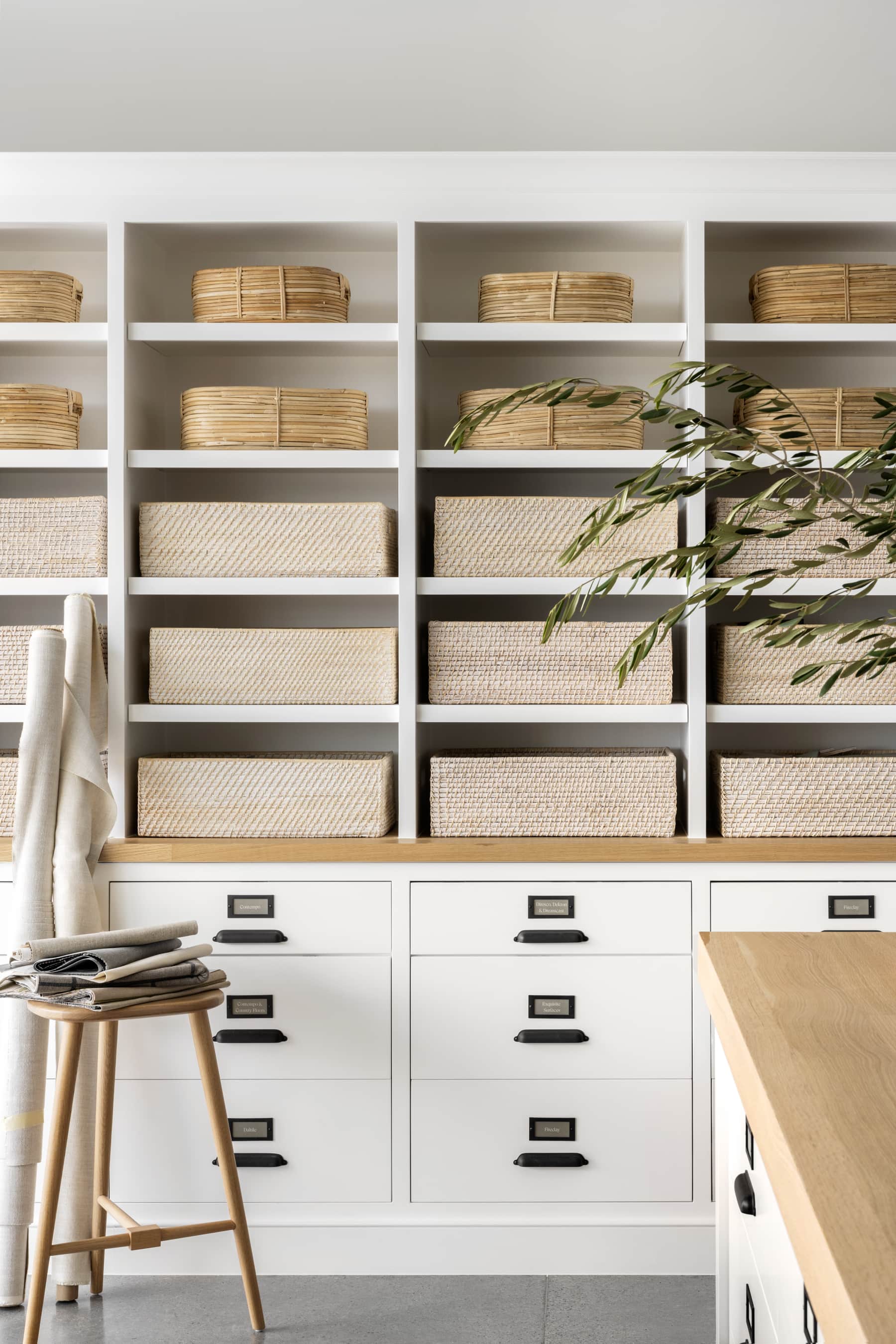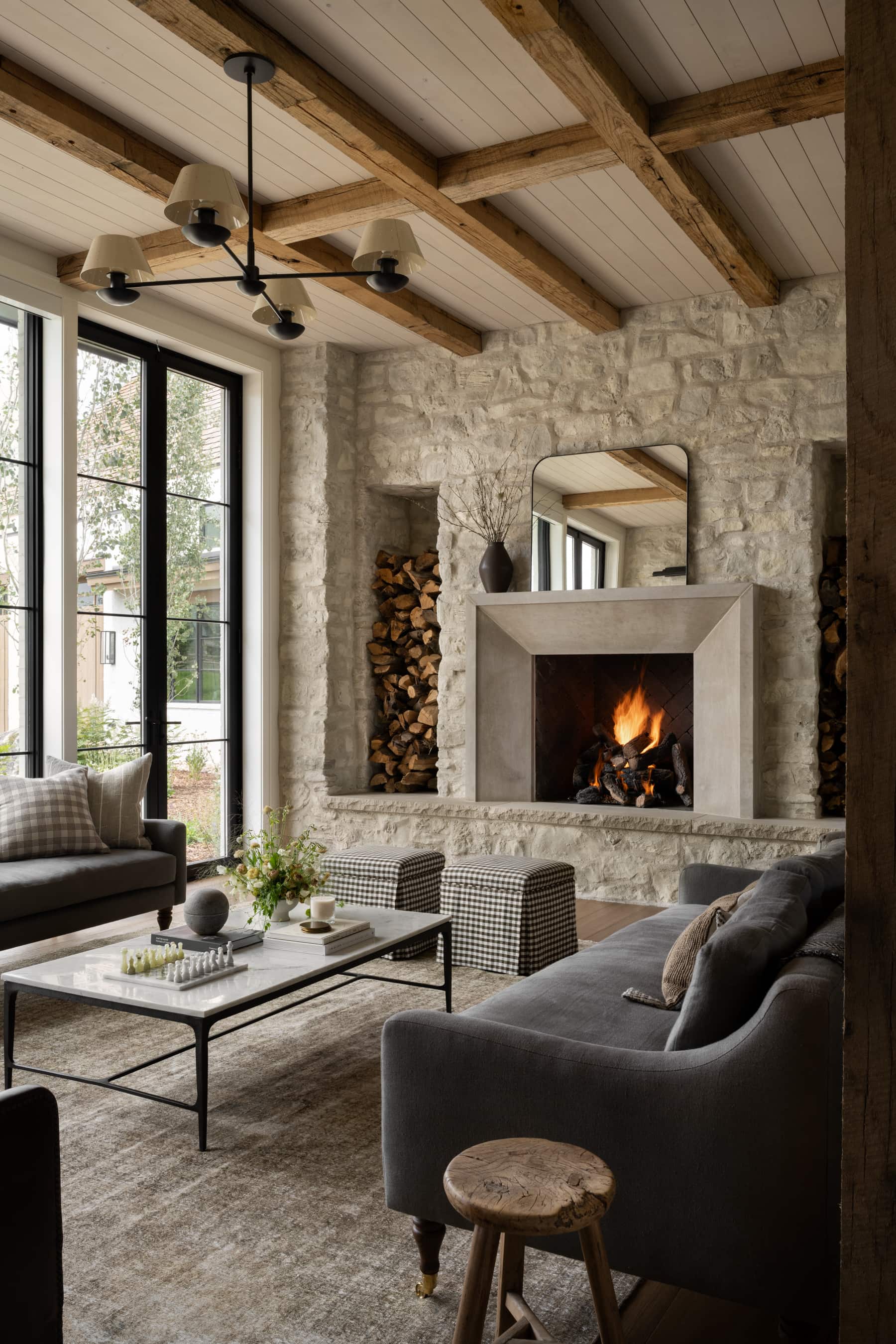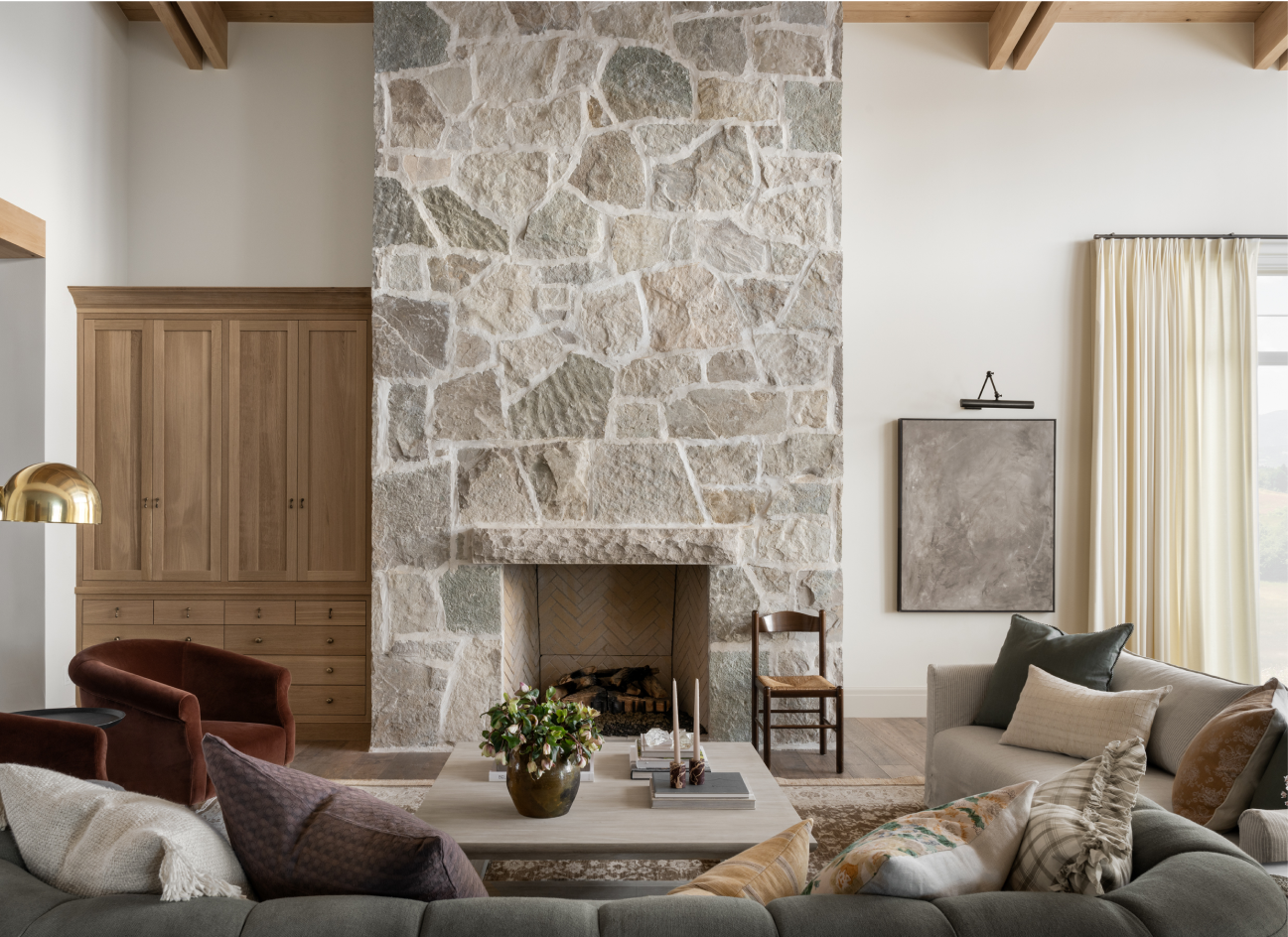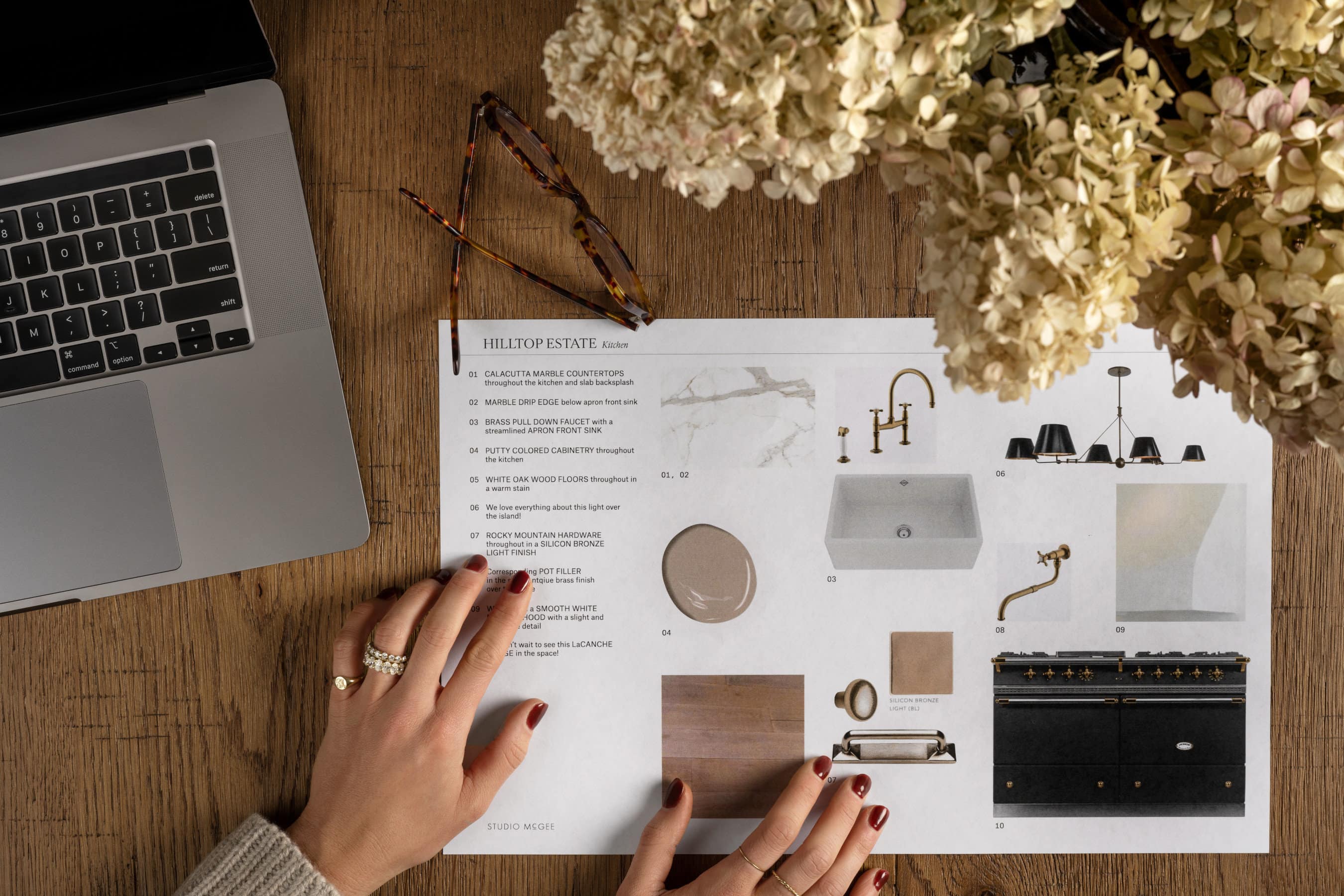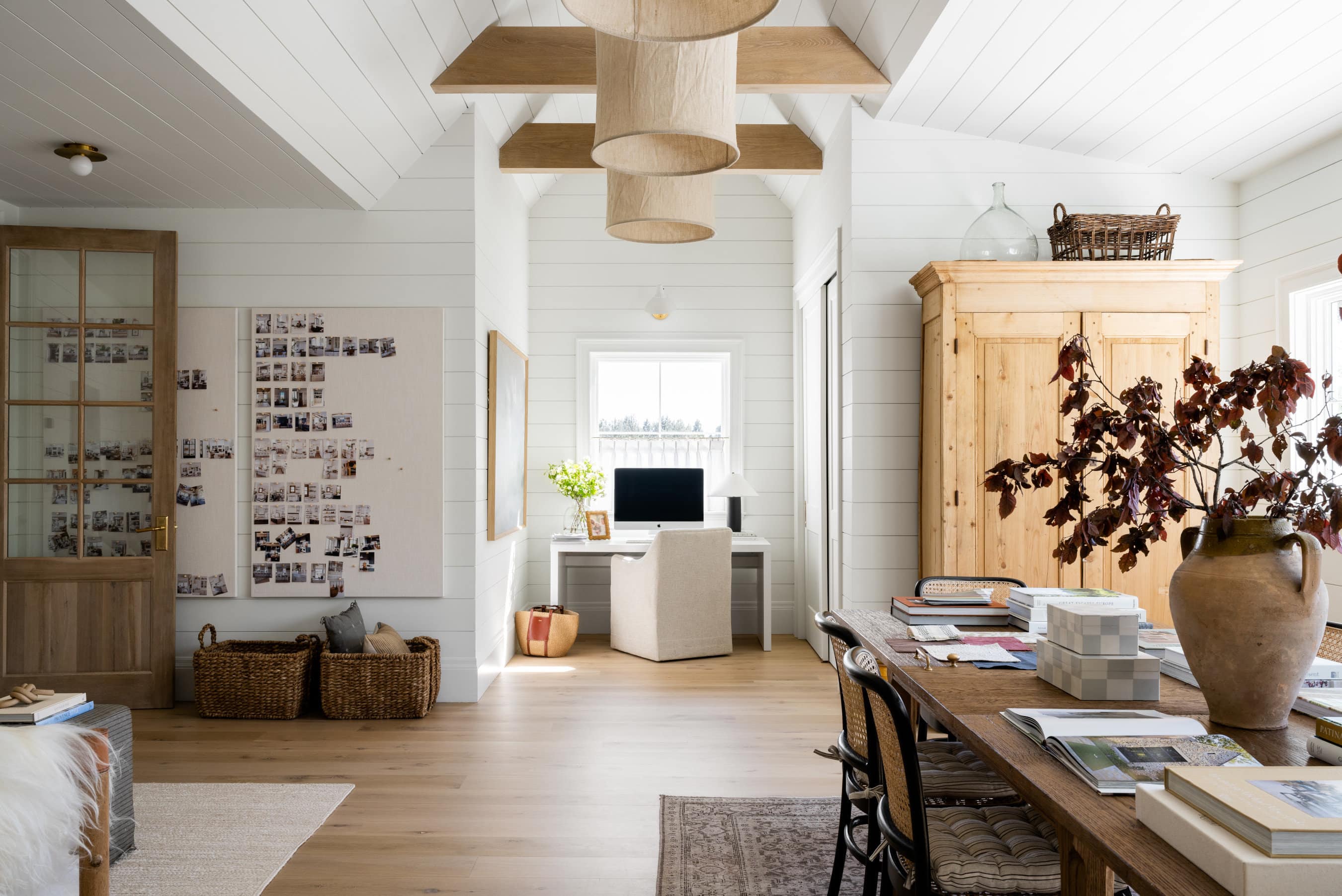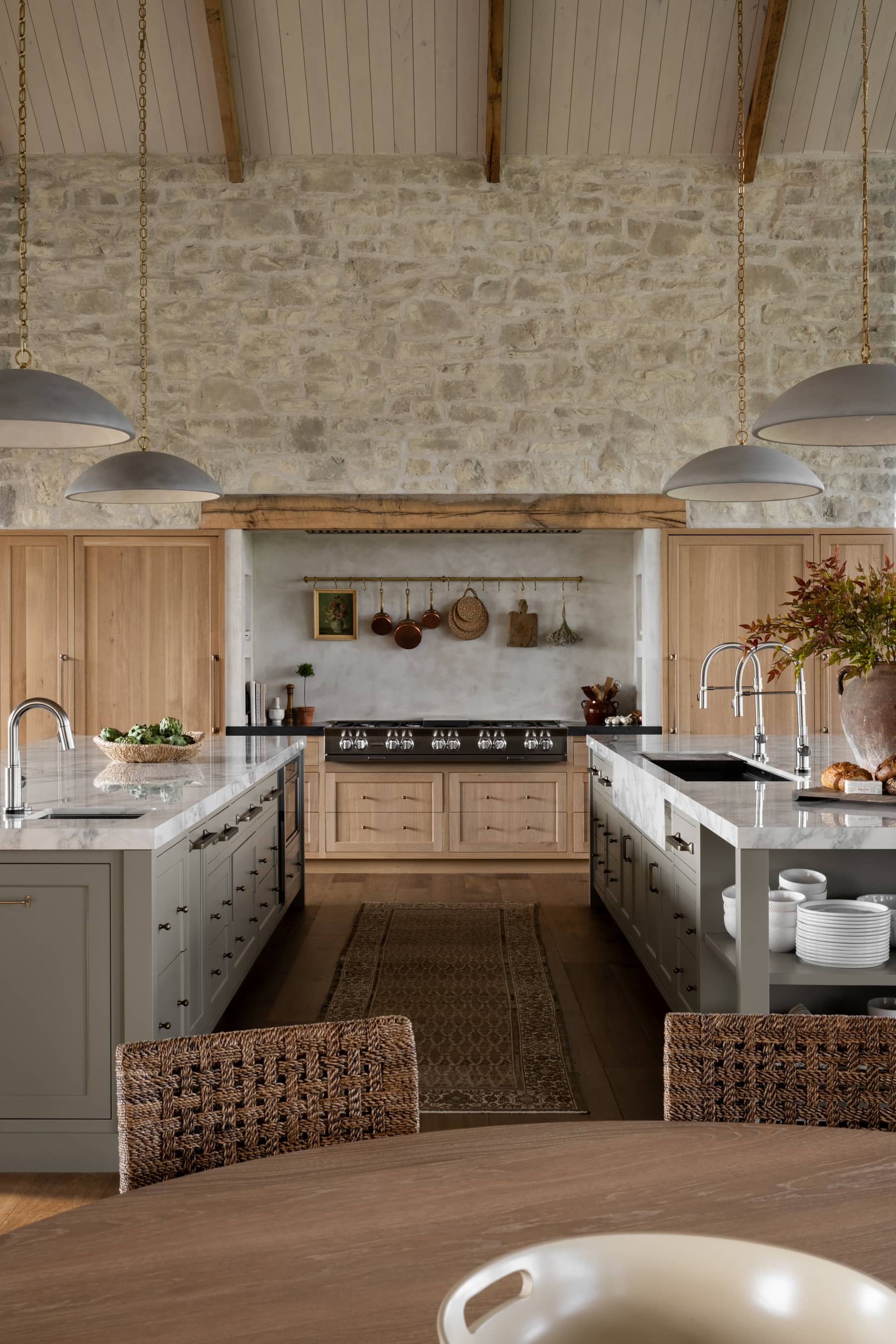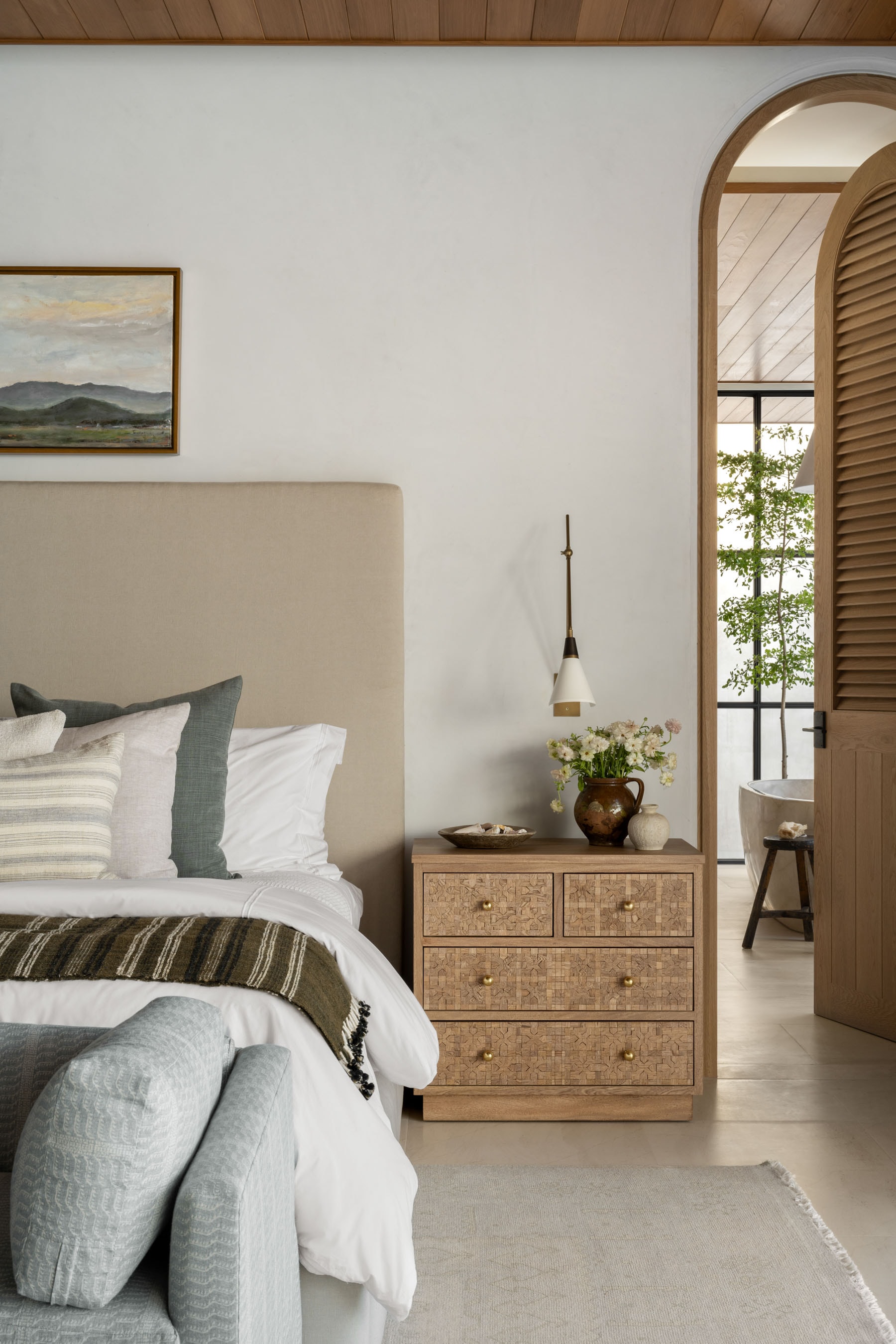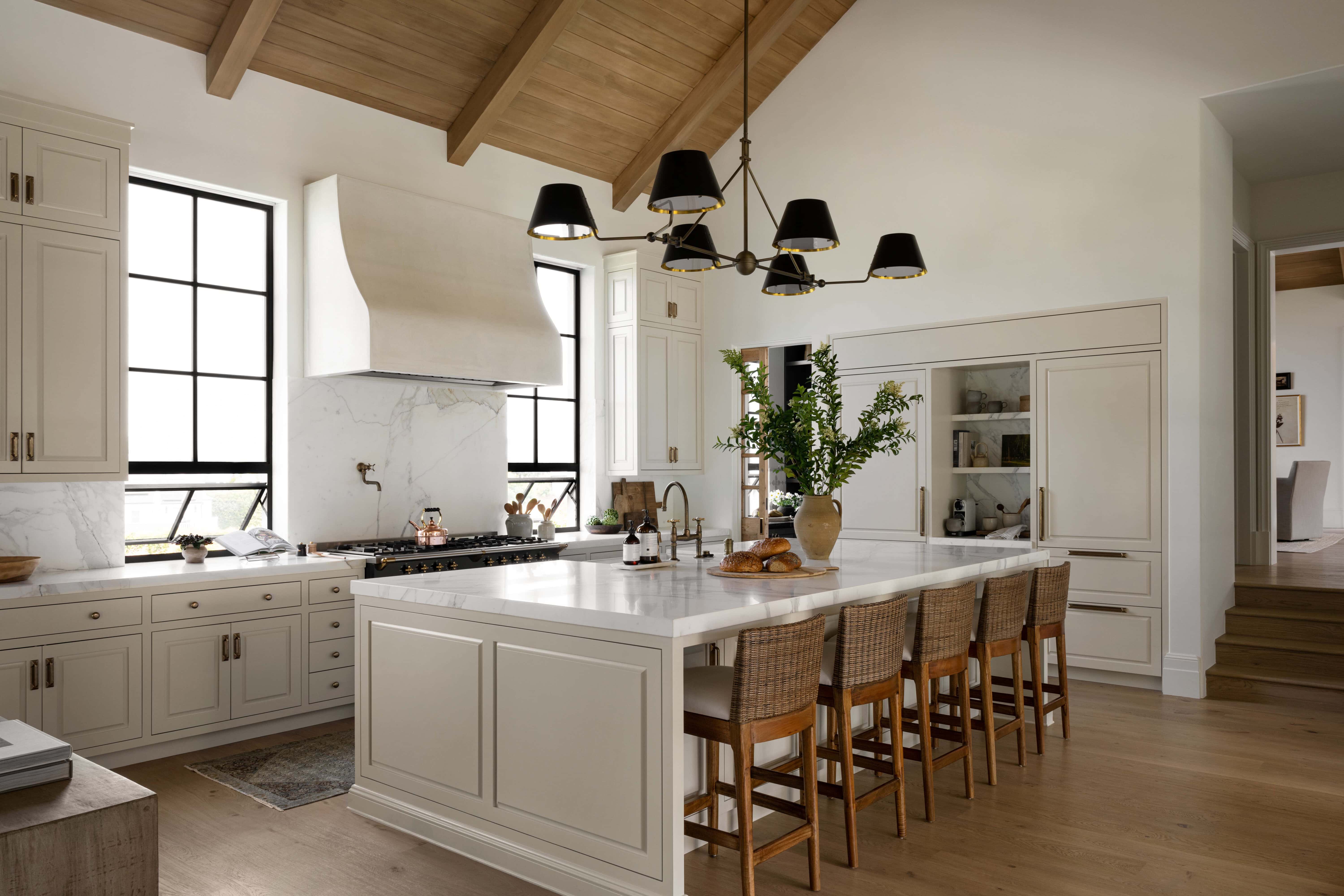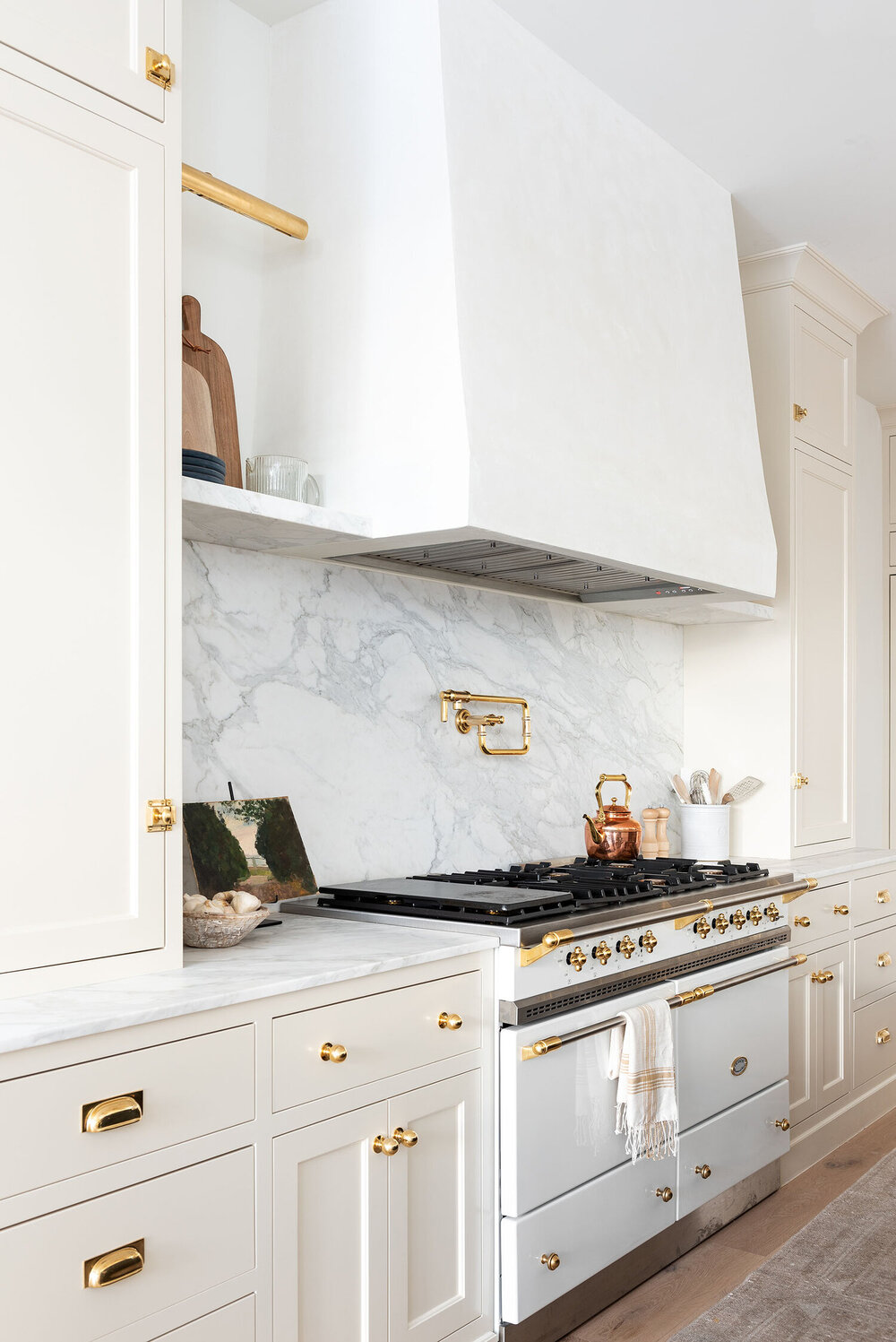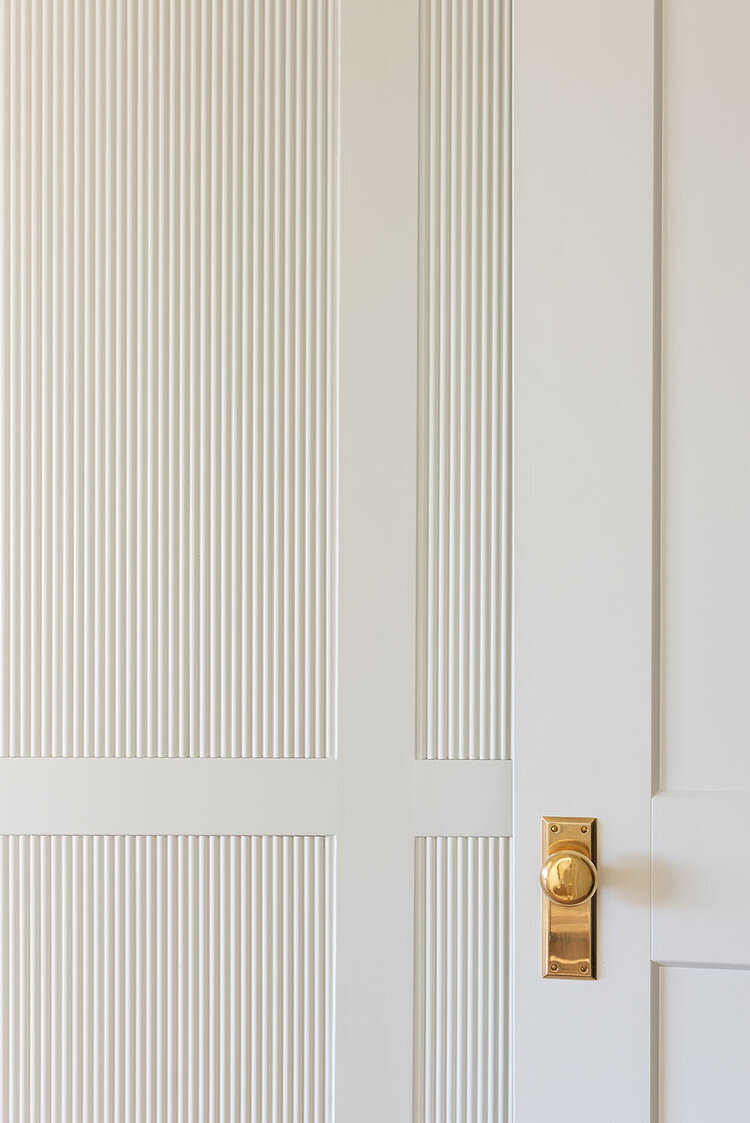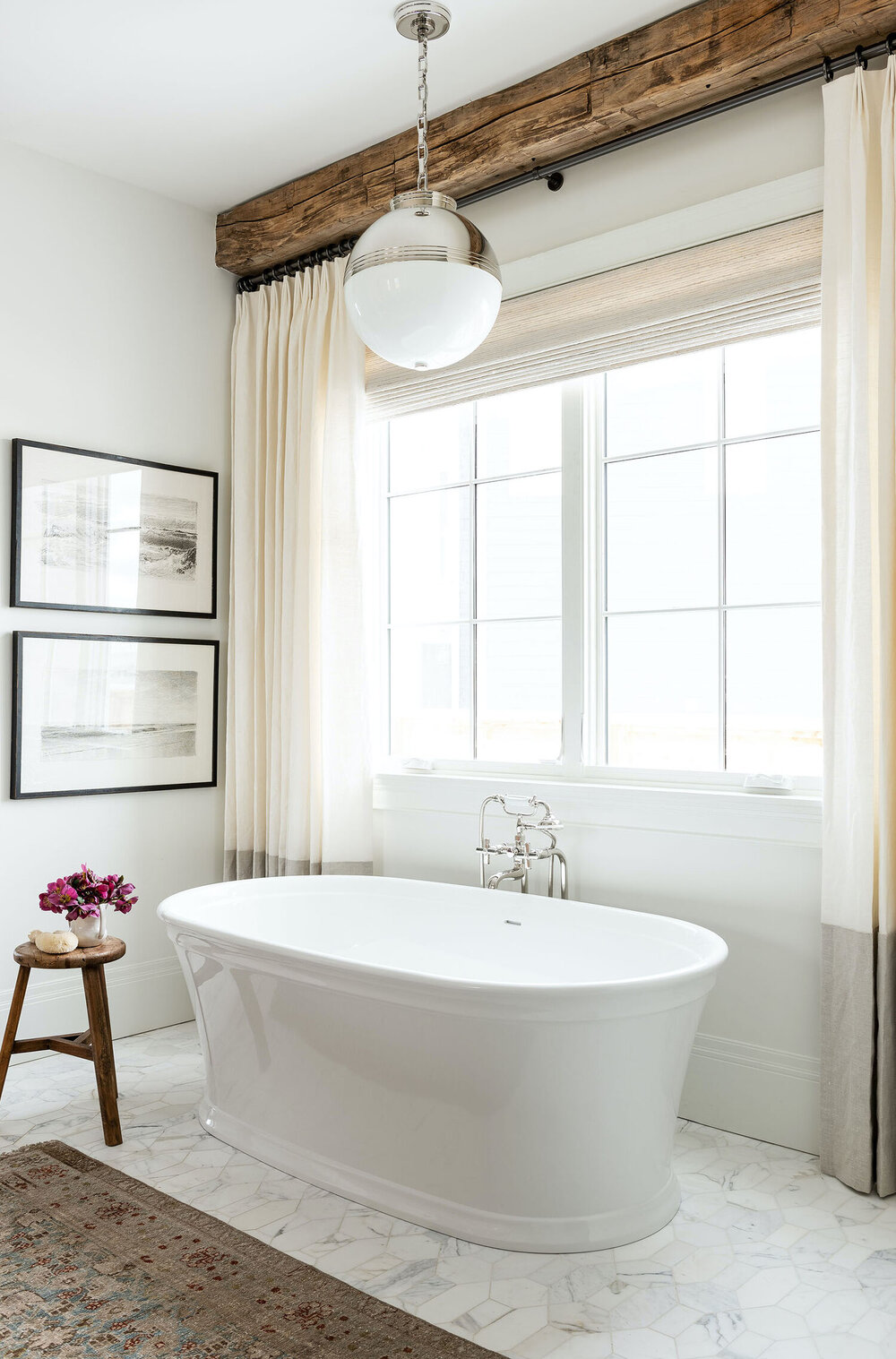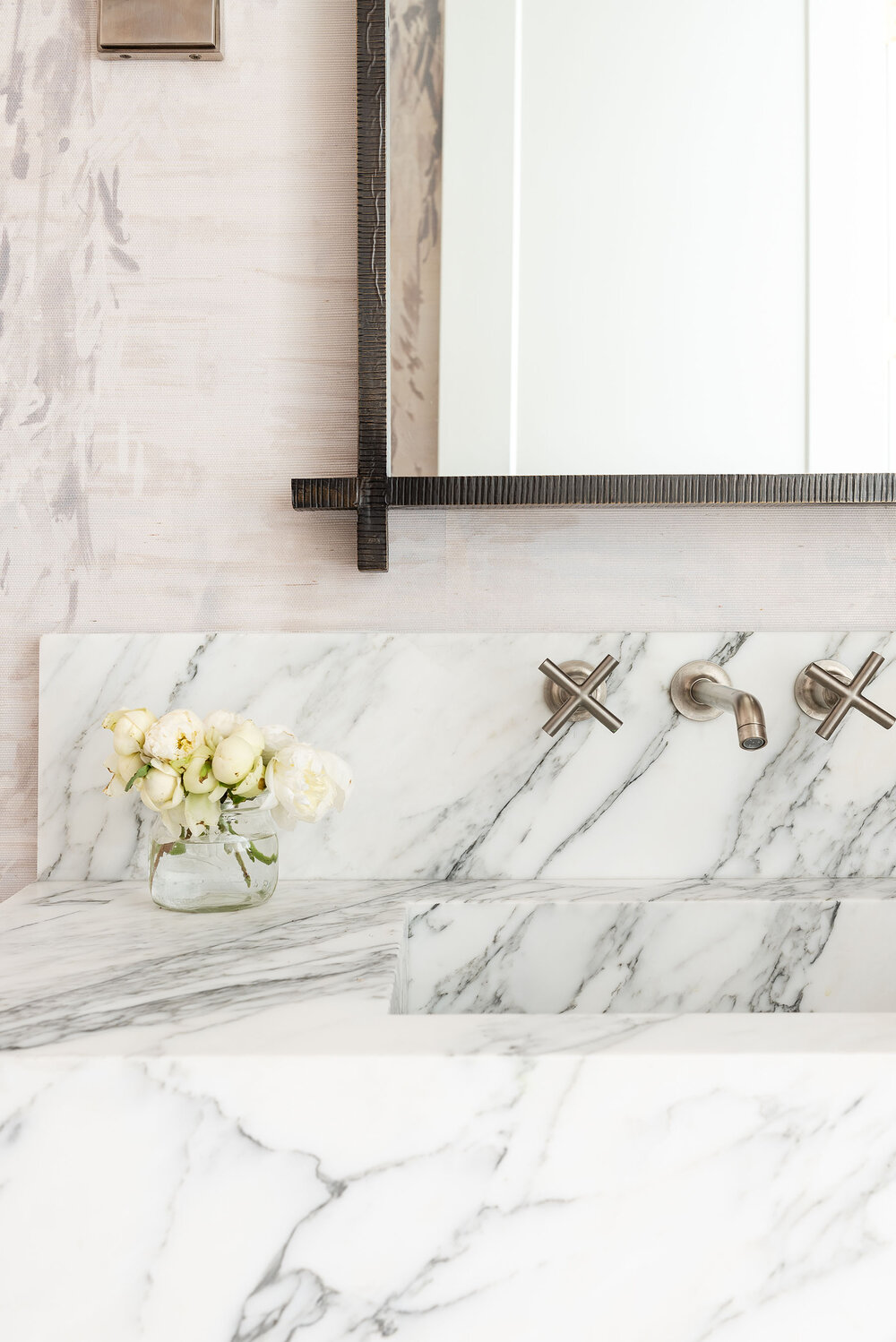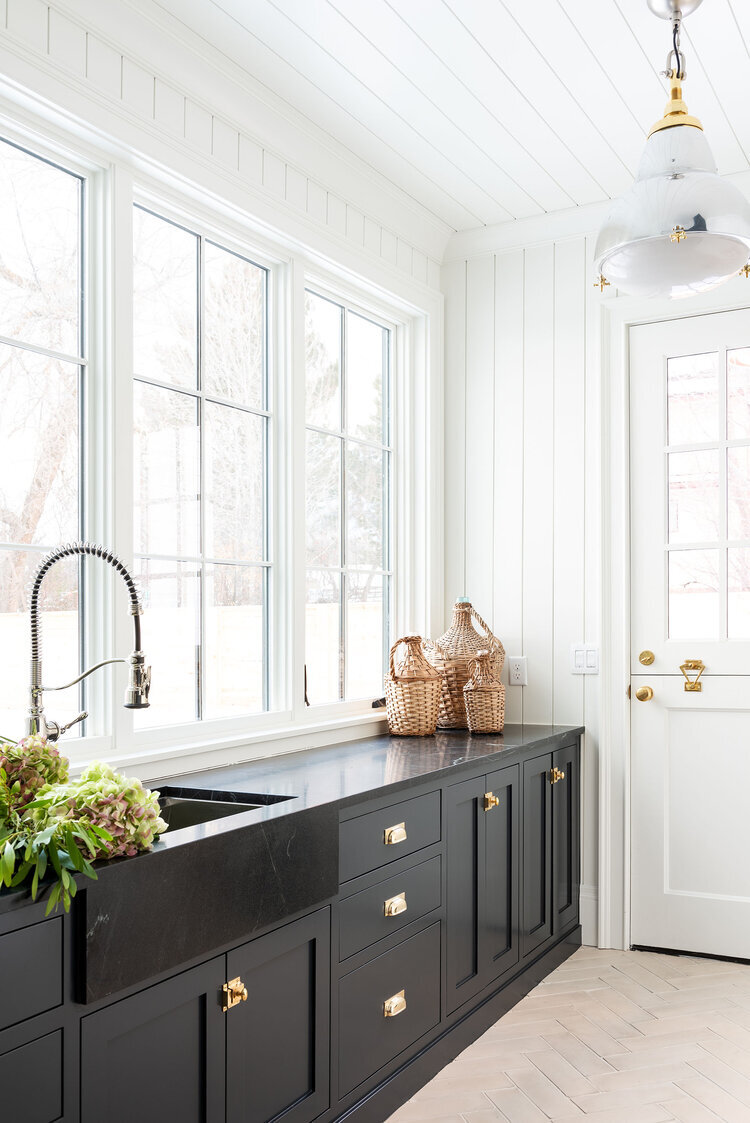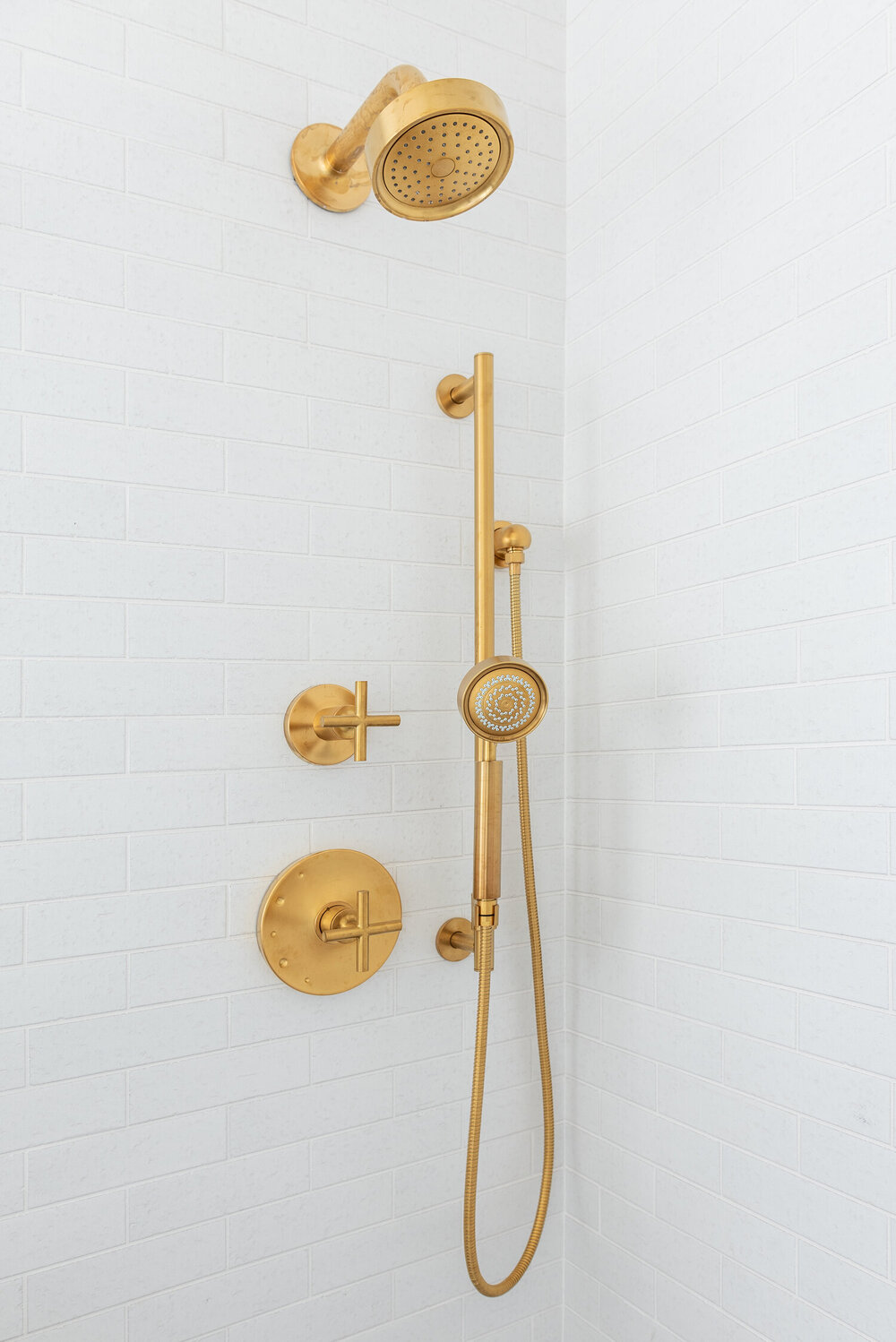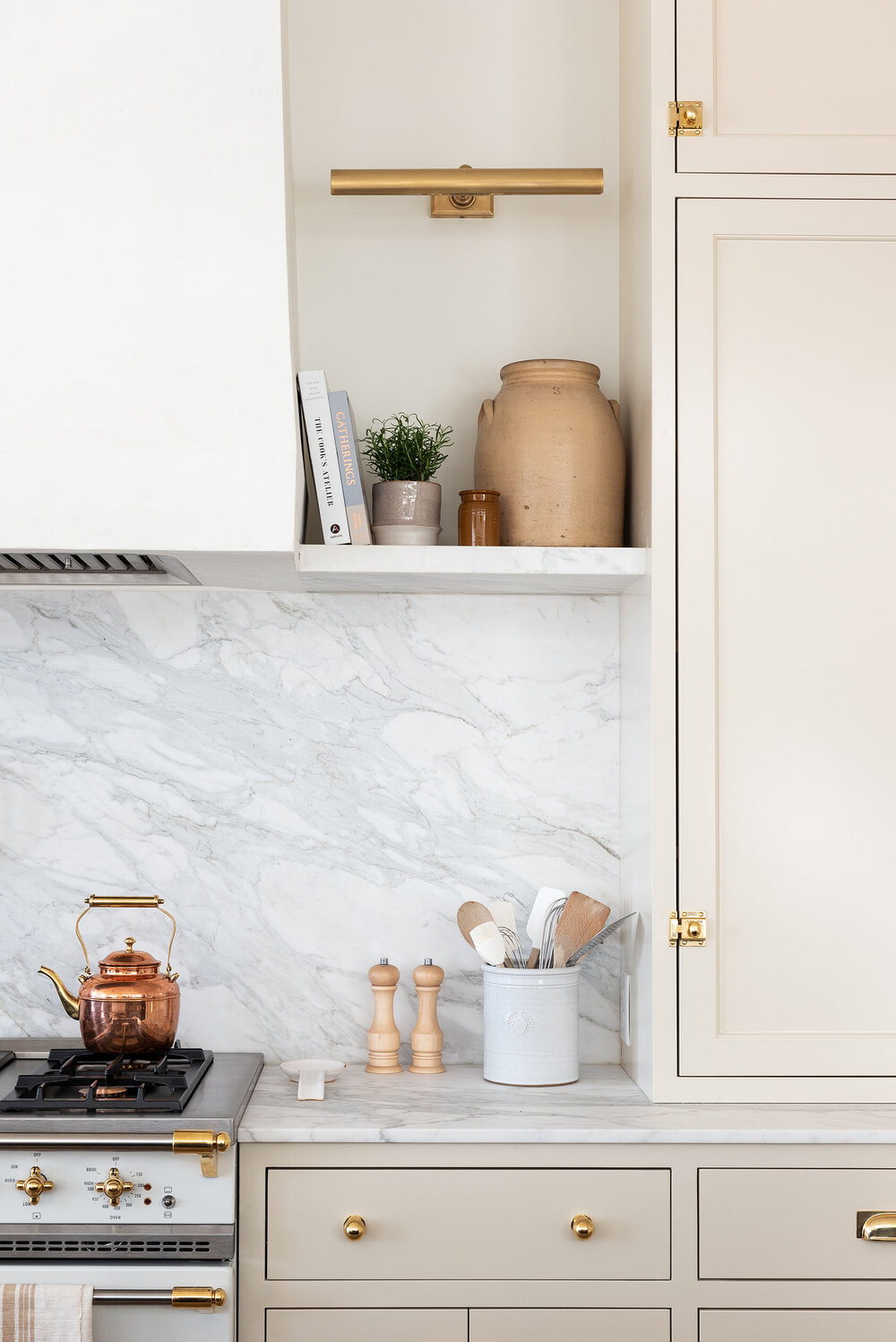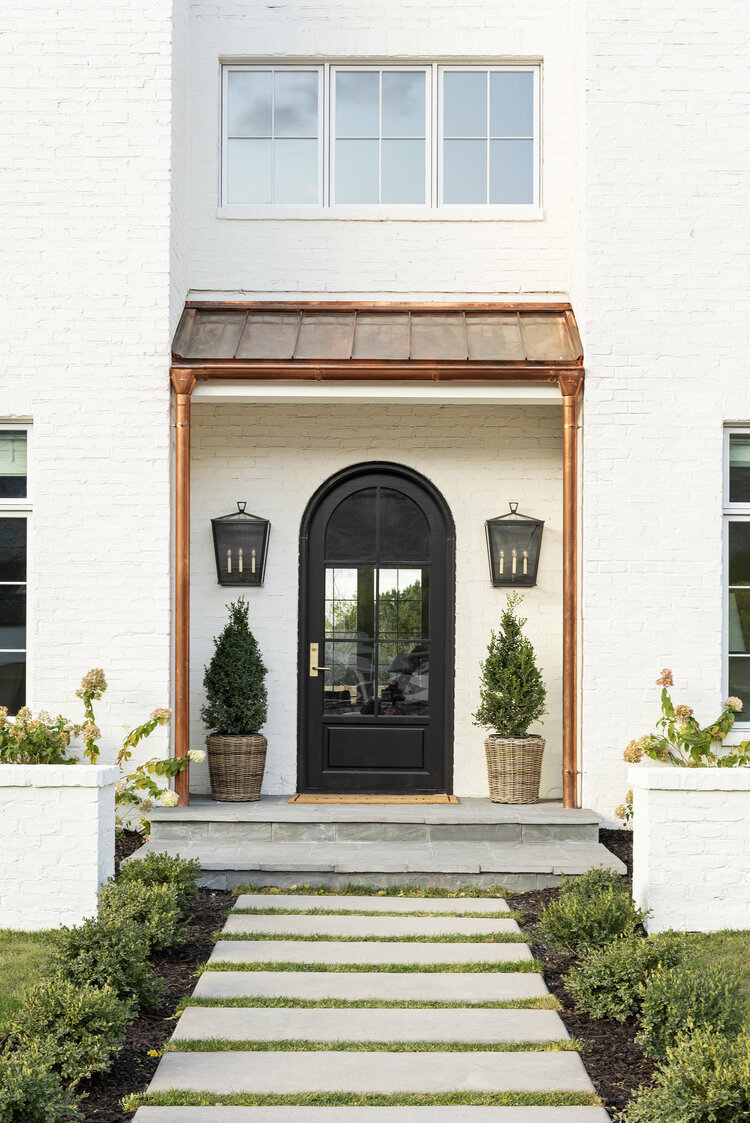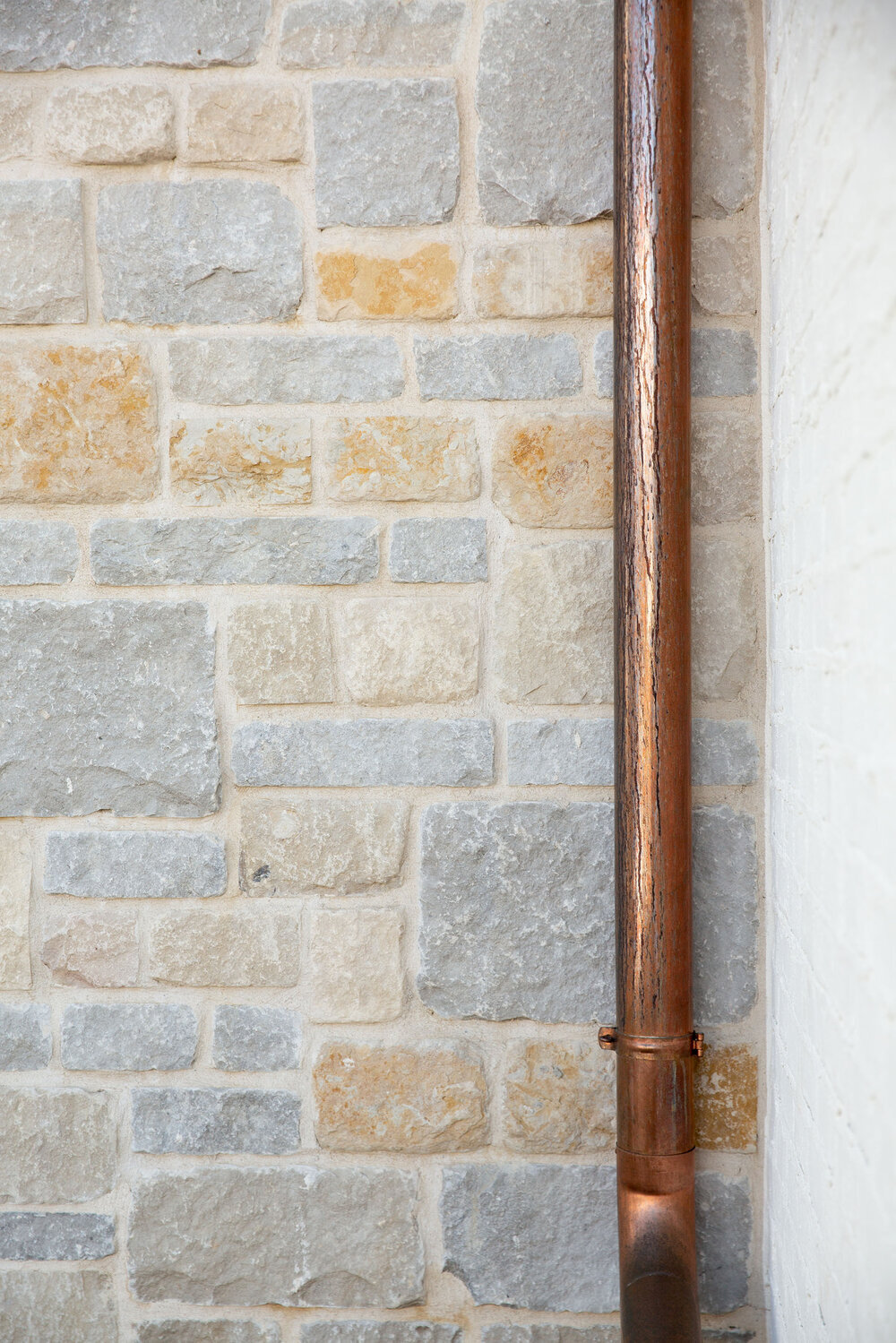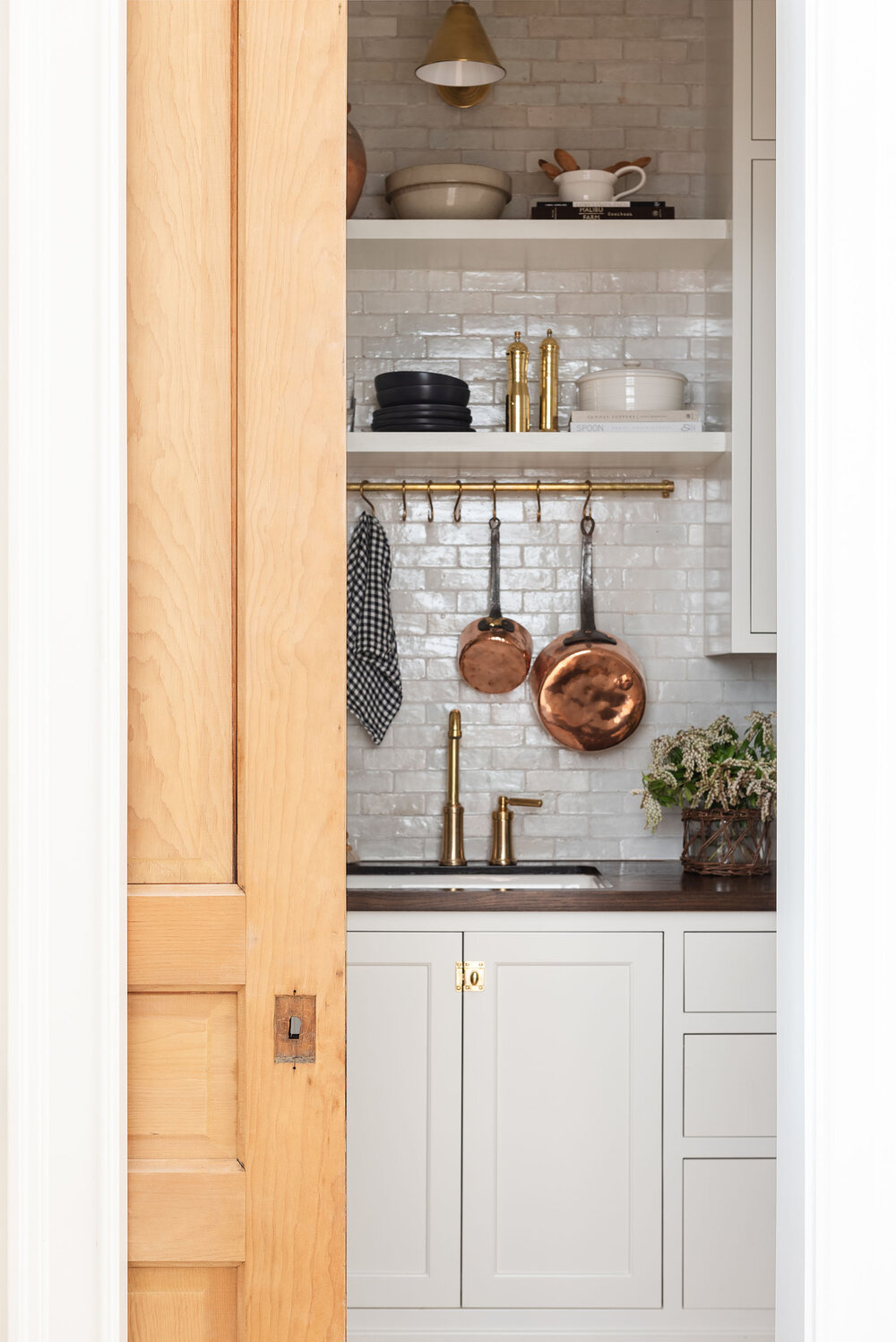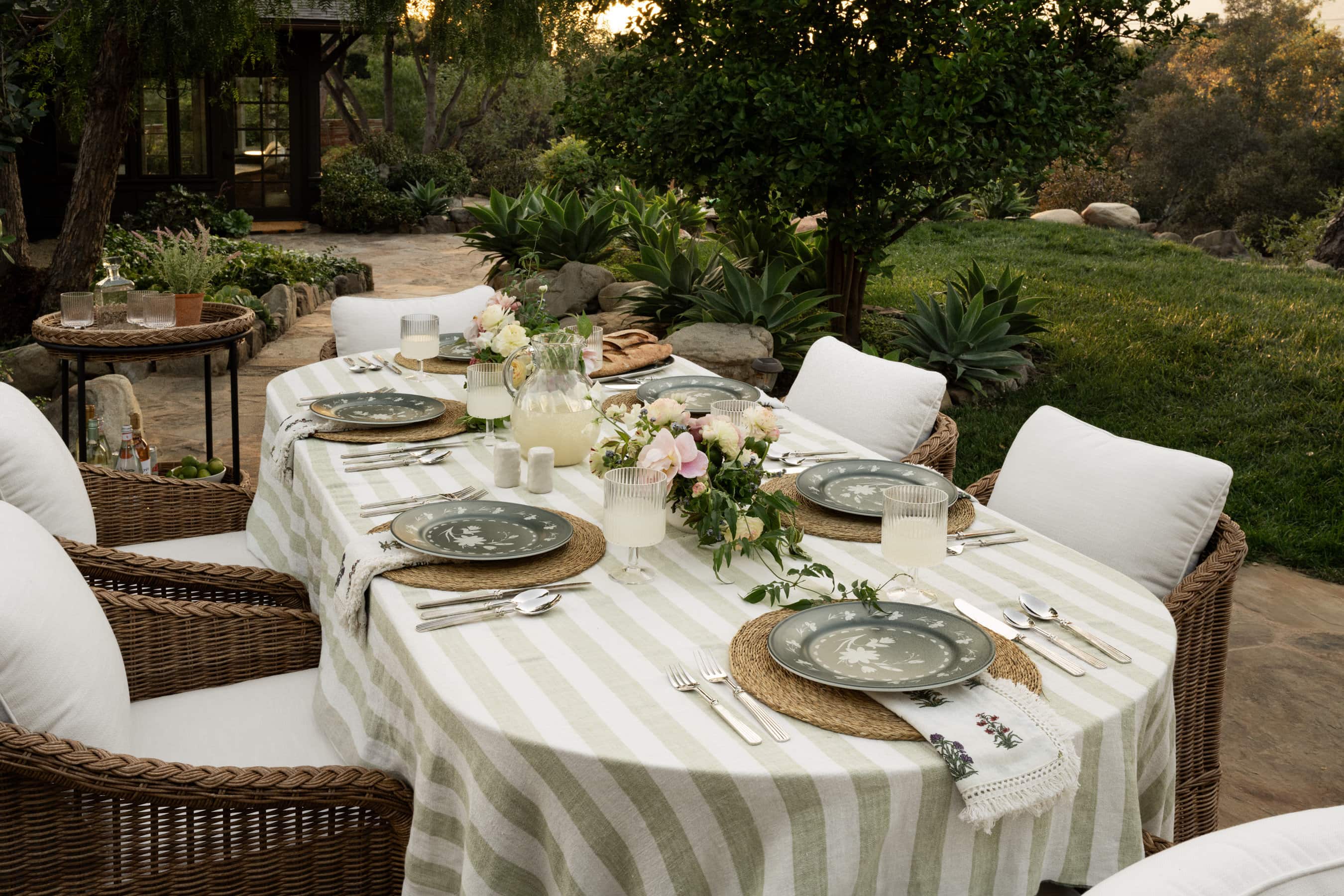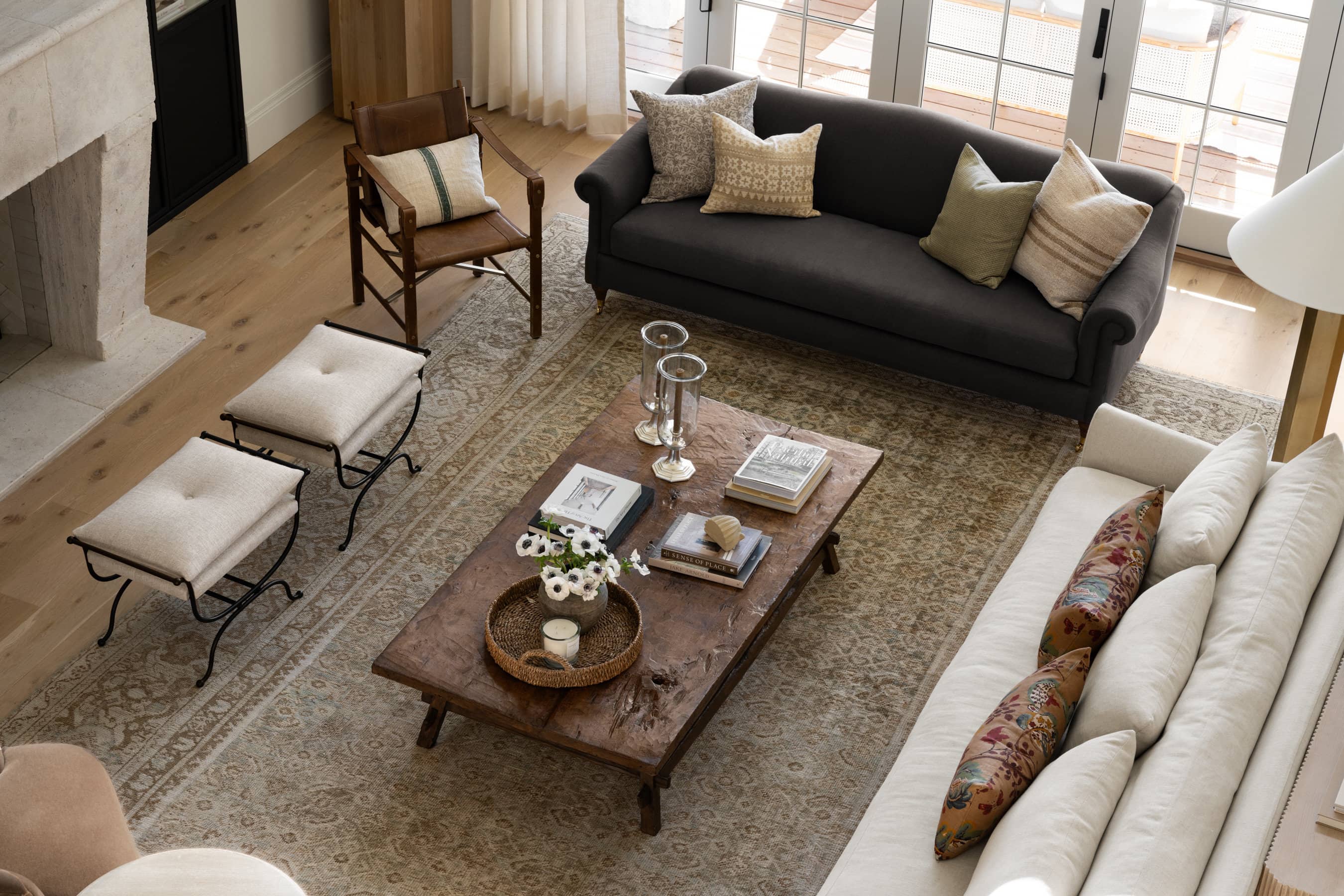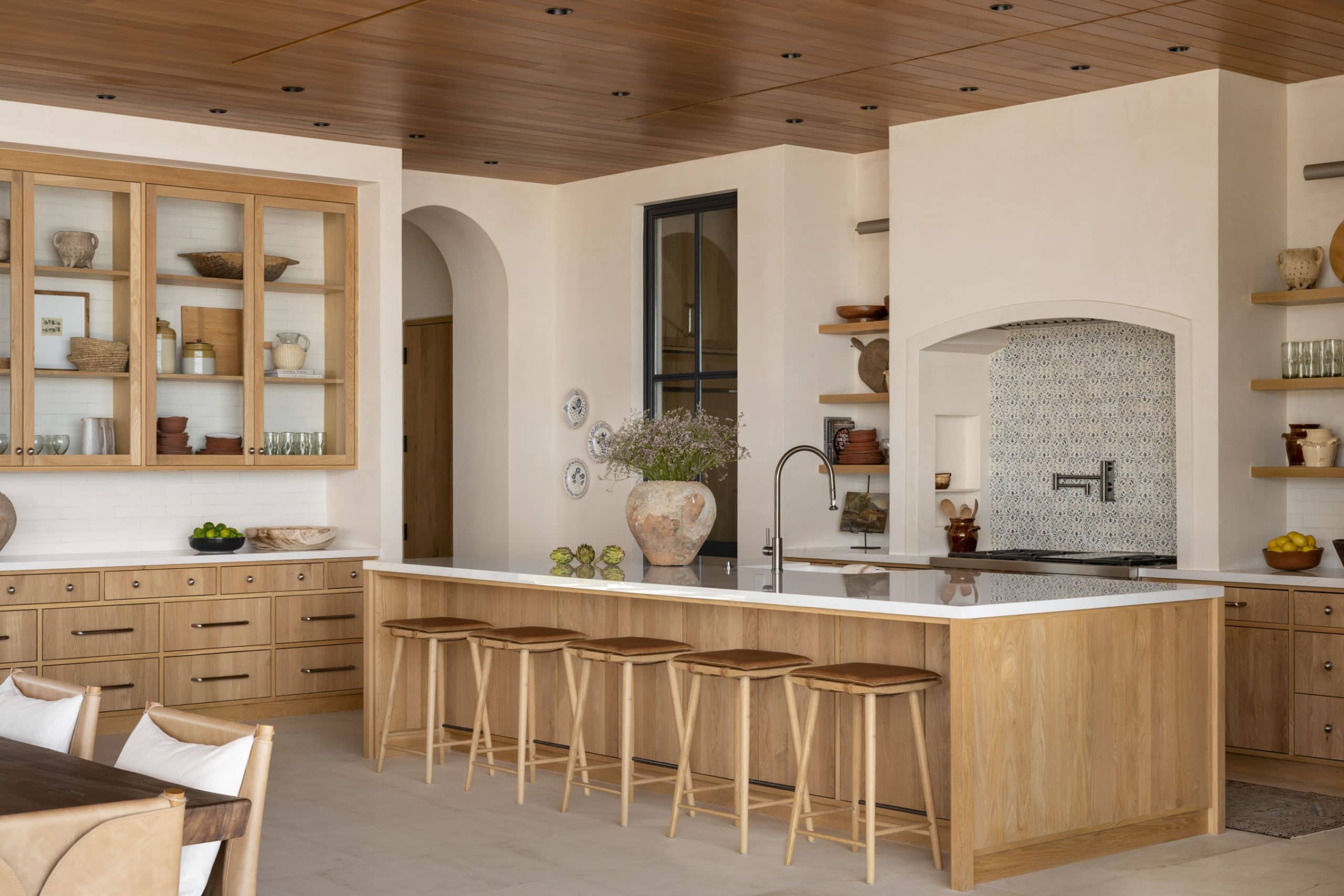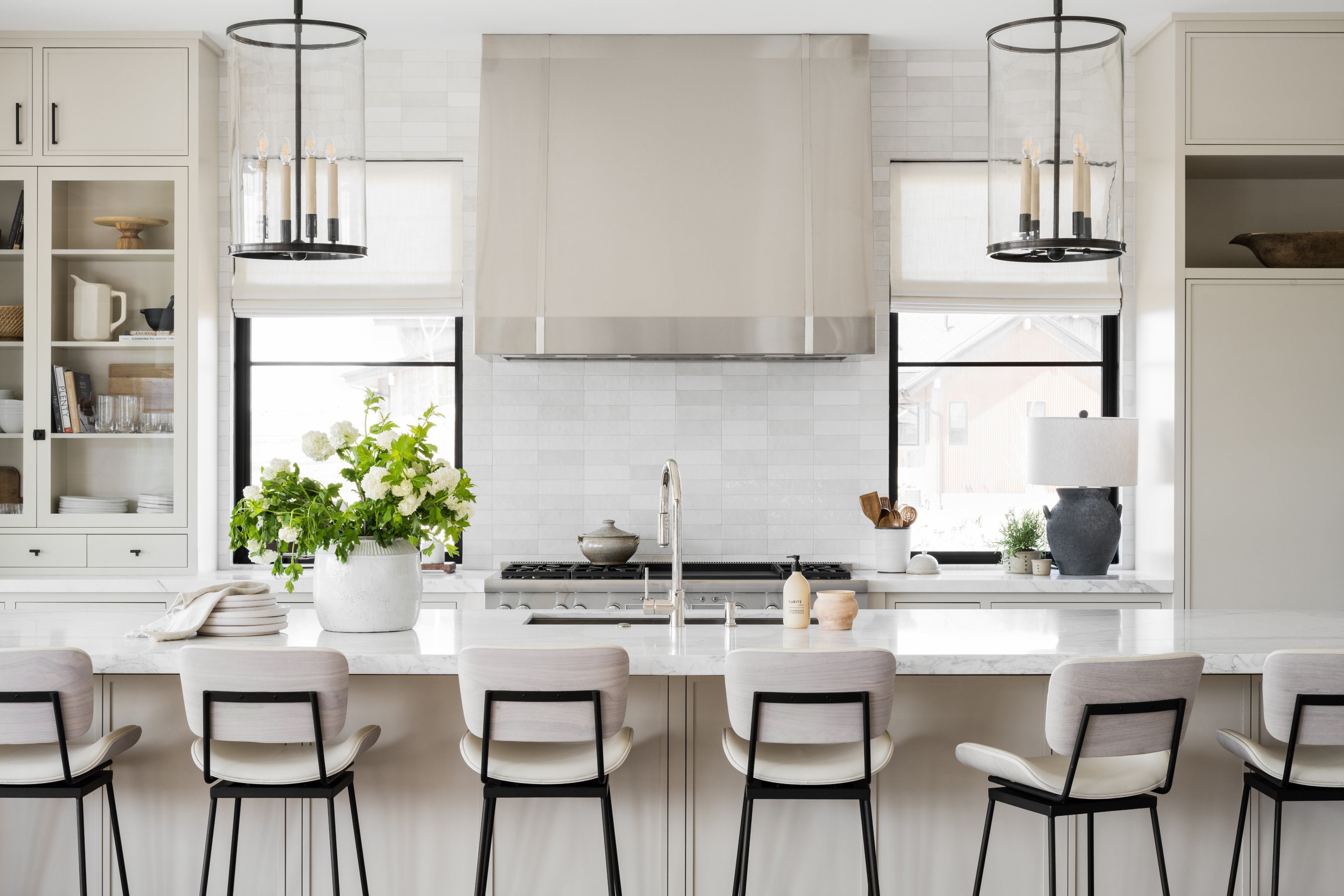
How to Mix Metal Finishes
Our guide to mixing metals throughout the home
15 June 2020 -
One of the questions we get most often is “Do you mix metals?” and “How do you mix metals?”
Over the years, we’ve shifted our preferences on the topic, and although we’ve been more drawn to matching metals in our more recent projects, mixing metals is about much more than just choosing finishes for one room.
Today, we want to talk about mixing metals throughout the entire home and share a few tips we have for choosing cohesive finishes.
Tip 1: Select Your Metals
It can be hard to know where to start when selecting metals for your home, and if you’re starting a new project or remodel, you might be wondering how many metals you should mix. We suggest curating 2-3 metals that work well together by identifying their undertones. For example, Nickel has a warm undertone and generally works better than chrome when paired with brass and gold. When it comes to black metals, we call it a neutral, it goes with everything, and so we don’t count it as a metal finish when pairing.

In The McGee Home, we chose a few different finishes throughout with warm undertones: Nickel, Unlaquered Brass, and Copper. These metals all work together through our hardware, lighting, and even on our exterior gutters!
Tip 2: Pick a Dominant and an Accent
You may think that you need to distribute each metal you choose equally, but typically, we prefer to choose one dominant metal and use the others as an accent. When you’re mixing metals throughout the home, you will likely have one dominant metal for all of your major finishes. From room to room, you want to have one metal flow consistently through the house and change up the accents. We like to use the same metal on all of our door handles, but play with the hardware.
For example, in The McGee Home, we chose more unlacquered brass than any other metal, but we used Nickel and copper in a few areas for some extra dimension and interest.
When it comes to mixing metals in individual rooms, we also play by this rule. In the master bathroom of our recent Pine Brook Home project, we used Nickel on most of the finishes, the cabinet hardware, the sink, the mirror, and even the towel holder. Then, we accented it with two brushed-gold scones to balance out the look.
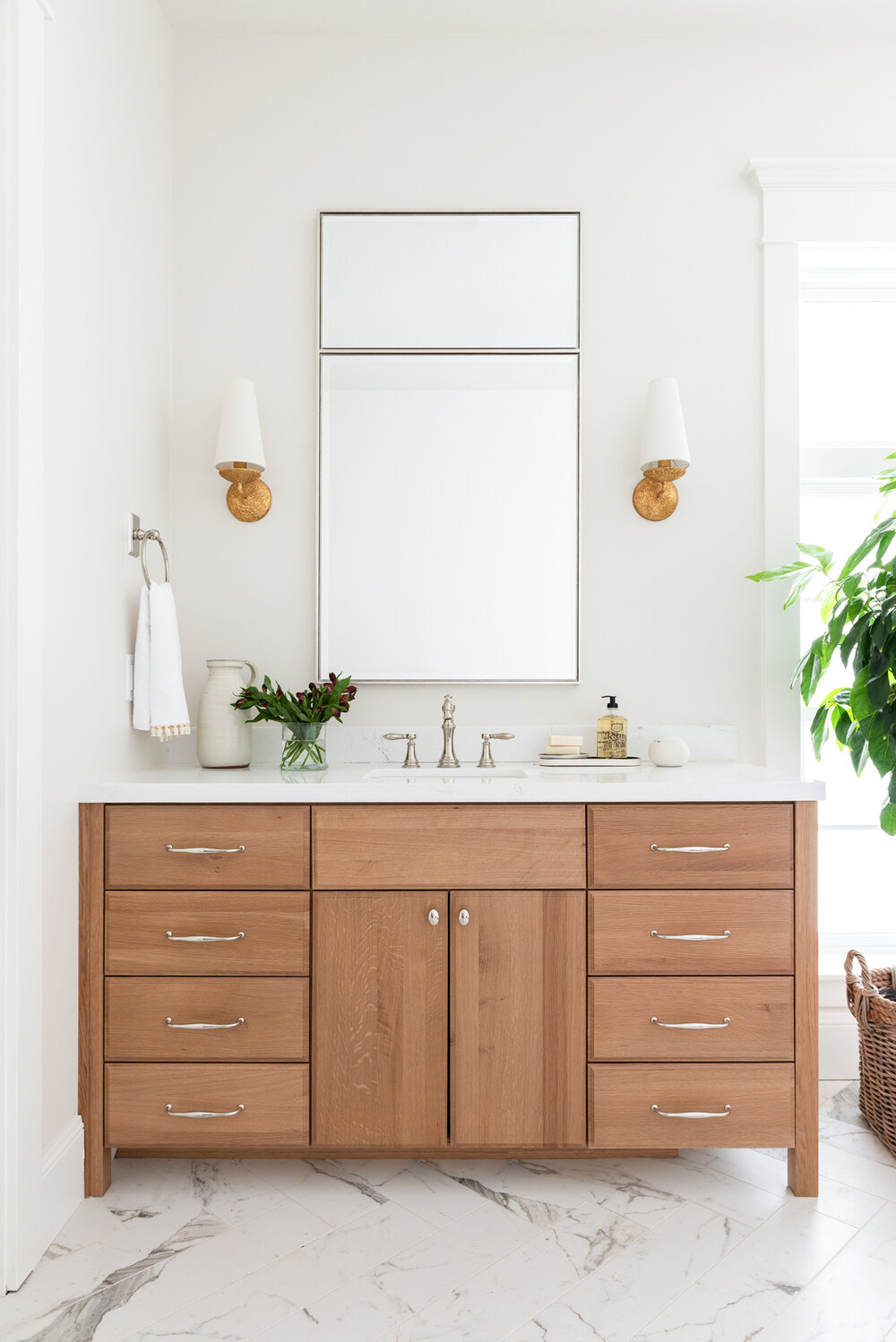
From our Pine Brook Home.
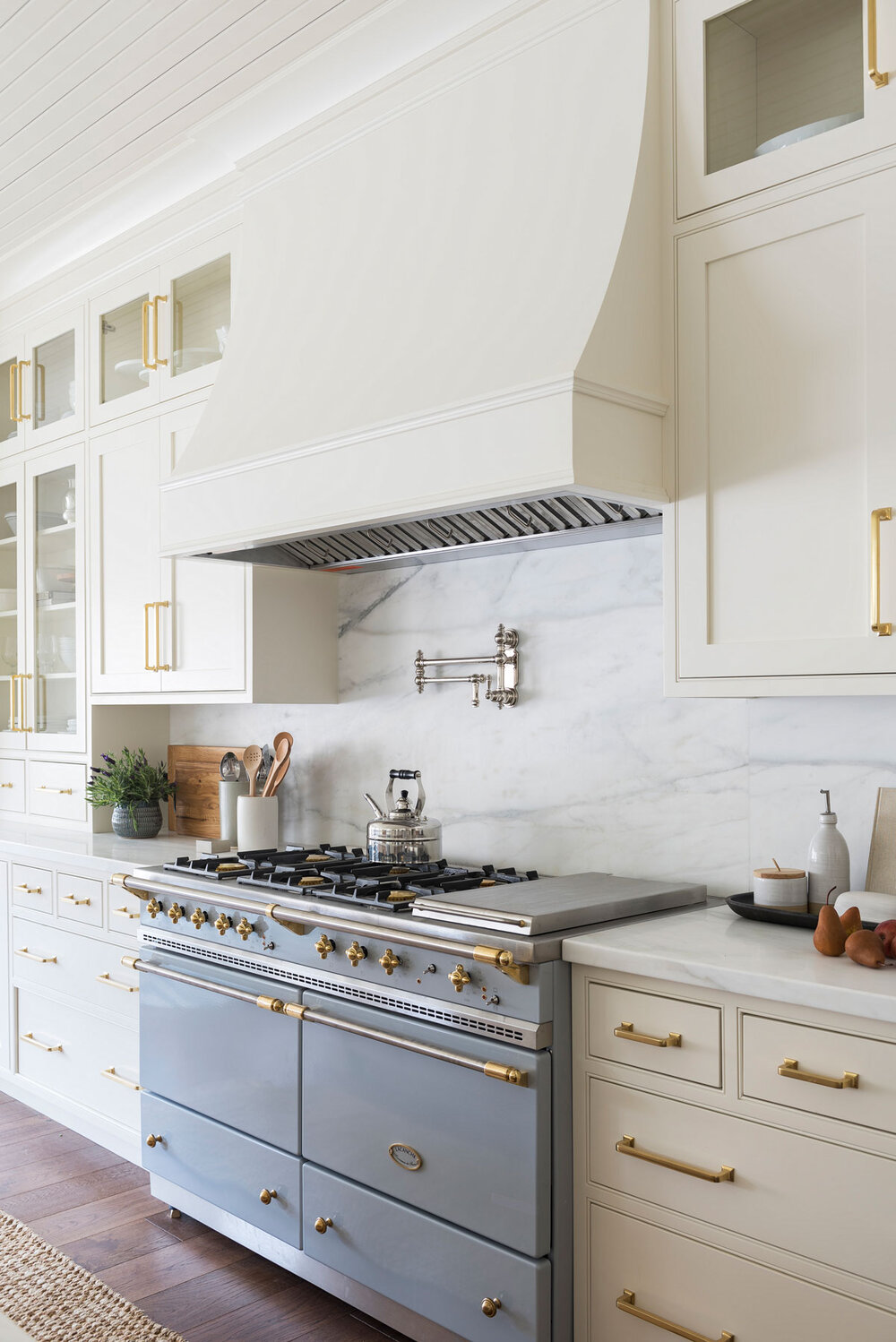
From our Cove Remodel.
Tip 3: Placement
When mixing metals in one space, we like to separate our metals by height so that the similar items are on the same plane. We often use one metal for a lighting fixture and another for cabinet hardware and faucets to create a cohesive blend.
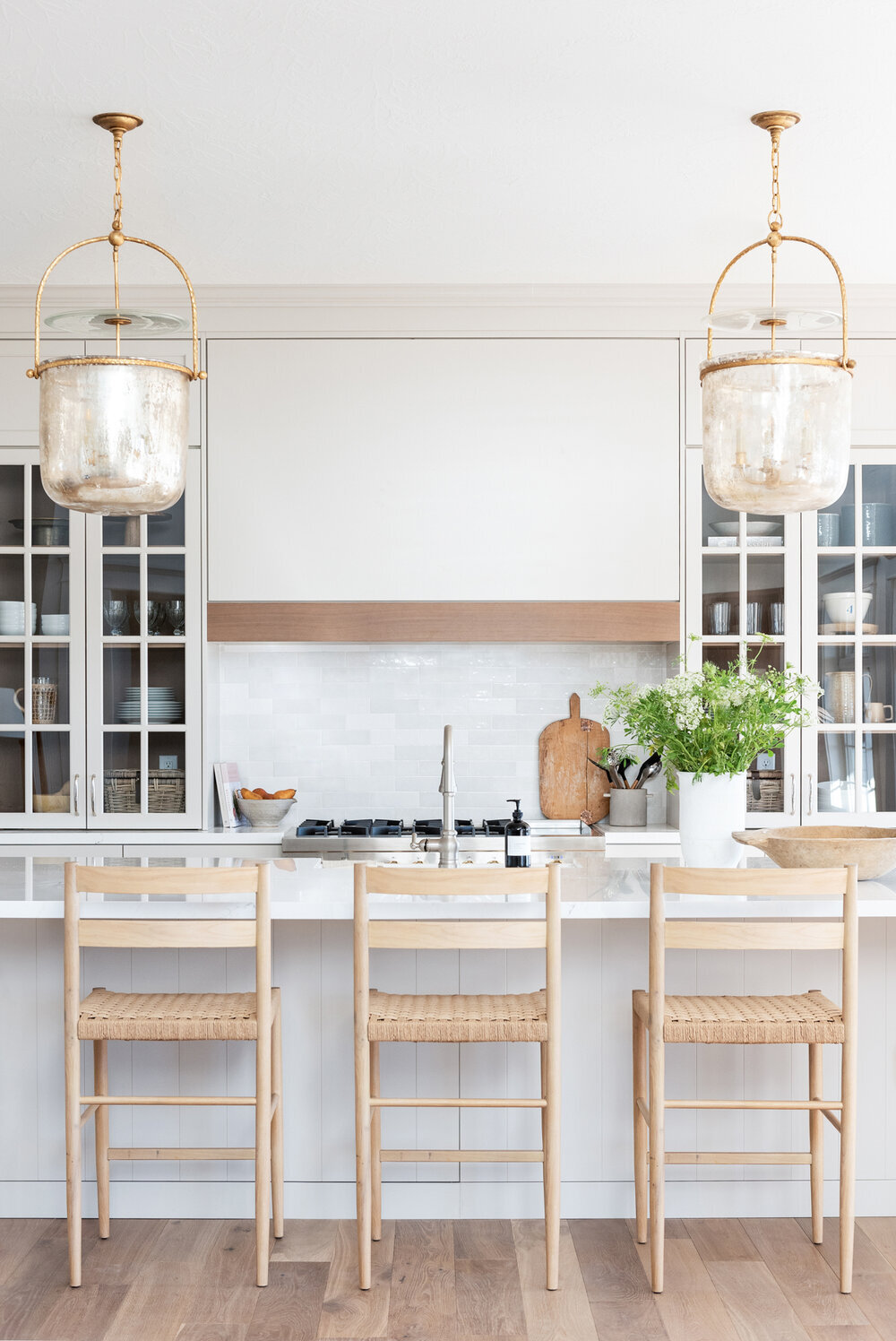
From our Pine Brook Home.
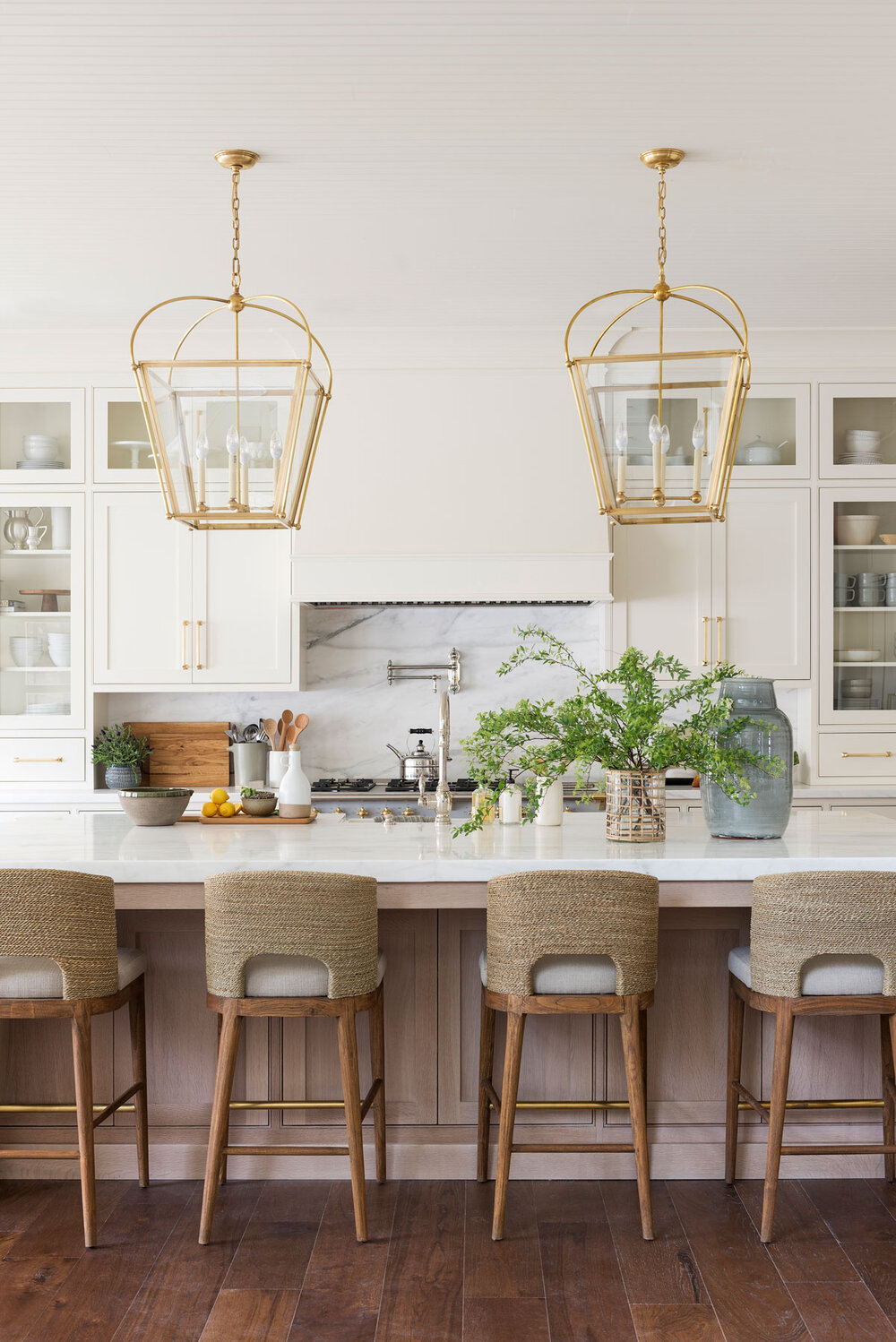
From our Cove Remodel.
Tip 4: Create balance
Spreading the dominant finish throughout the home gives mixing metals context, balancing all of the finishes and allowing them to work together.
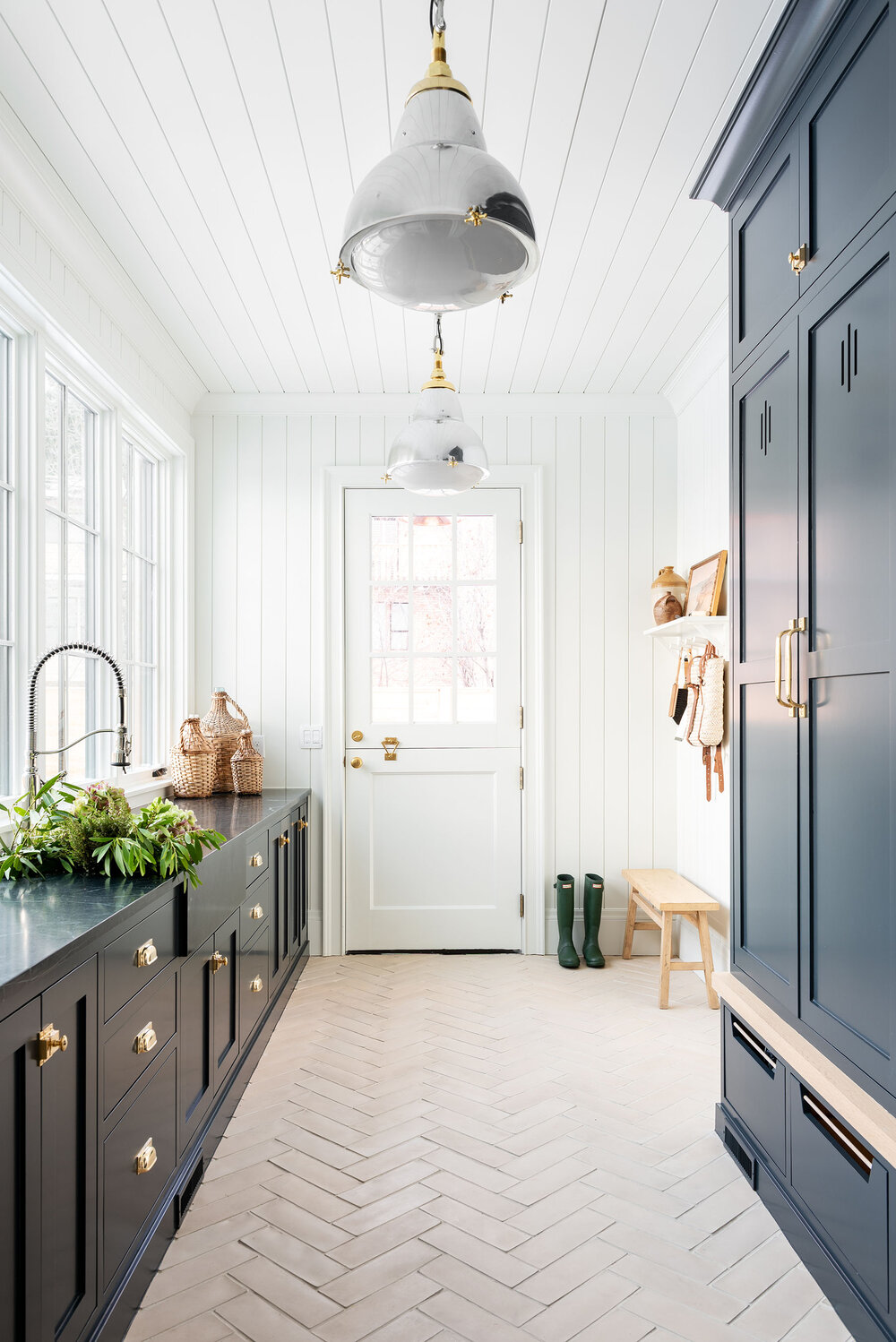
From the McGee Home Mudroom.
Another way to create this balance is by using decor accents to create synergy. On the exterior of the McGee Home, we chose copper gutters that will patina over time and age with the home. Although we didn’t use copper in any other of the major finishes throughout the home, we infused it into the kettle in our kitchen, the vintage pans in our pantry, and a few other decor objects in built-ins.
* this post has been updated from its original version

